Last updated on April 26, 2024

Rakdos, Patron of Chaos | Illustration by Joshua Raphael
Greetings planeswalkers! The latest set brings us to Ravnica once more, but this time something's amiss. Teysa, Opulent Oligarch and Zegana have been murdered, and the culprit is still on the loose. Do you have what it takes to solve the Murders at Karlov Manor?
To get you a head start on finding the murderer, I’m breaking down everything you need to know about MKM Sealed ahead of Prerelease! We’re looking at the mechanics, the List, and ranking the best commons in each color! This is the first set with Play Boosters, so I’ll examine how the changes may affect the format.
Put on your Thinking Cap and let's investigate some Clues!
Set Overview
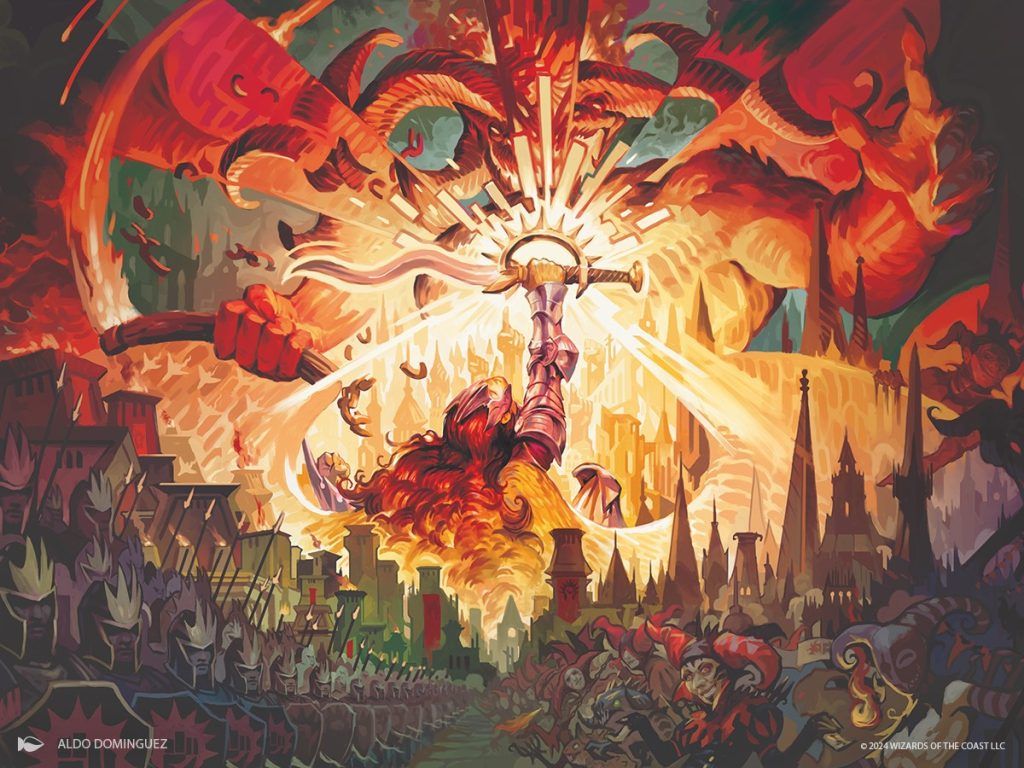
Warleader's Call | Illustration by Aldo Dominguez
Murders at Karlov Manor mixes murder mystery tropes with one of Magic’s best-known backdrops. It’s an interesting set with cool flavor, but the biggest question is “how does it play?” After studying the spoiler and doing some simulated pools and drafts, I’ve come to some big picture conclusions:
- There are several new mechanics I examine in detail below. Playing face-down cards, using your graveyard as a resource, and sinking mana into Clues should be frequent play patterns.
- As you’d expect from a Ravnica-based set, MKM is more colorful than most recent sets. Each 2c pair has a common “morph” (more on that later), two uncommons, two rares, and one mythic. For comparison, most sets have just one uncommon for each 2c pair, plus a handful of multicolor rares/mythics.
- Green decks in MKM have three good commons that can help splash other colors. Splashing outside of green is difficult though.
- MKM has some fantastic rares. Later in the article we’ll examine some of the best ones.
- It’s hard to say how fast the format is just by looking at it. Outlines for aggro, midrange and control decks are all present in the 2c archetypes.
Play Booster Changes
One important thing to remember about Murders at Karlov Manner is that it’s the first set to feature Play Boosters. The change has interesting implications for Limited, both Draft and Sealed. Here’s how I’d summarize these changes for Limited (compared to Draft Boosters):
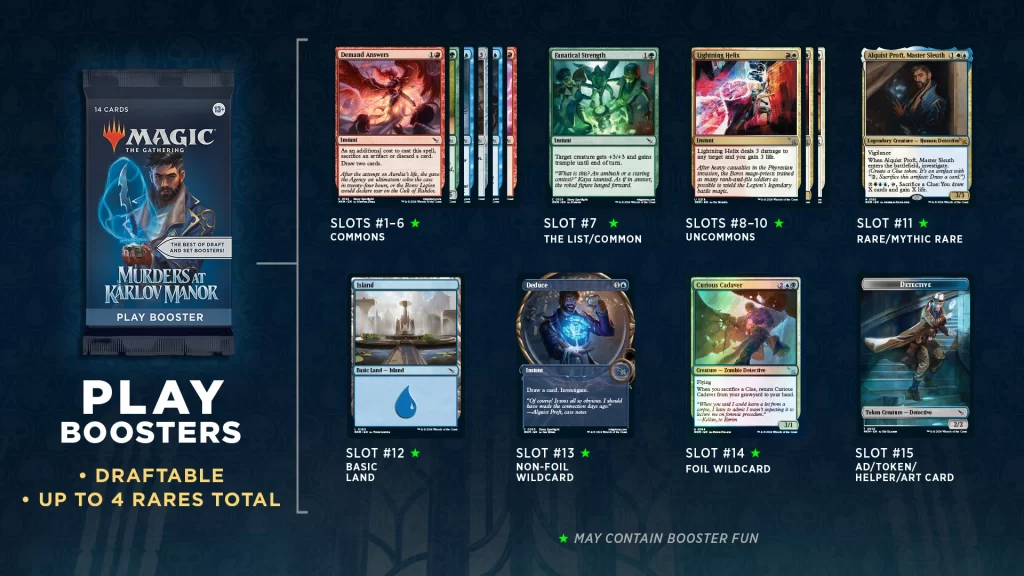
Murders at Karlov Manor Play Booster Contents
- There are fewer commons now, both in individual packs (6-7 vs 8-9) and in the set (MKM has 81 compared to The Lost Caverns of Ixalan‘s 108).
- MKM has more uncommons in it than LCI did (100 vs 92).
- You’re slightly more likely to open rares thanks to the two wildcard slots. The truly lucky could even open three rares in one pack!
- There’s a 12.5% chance for your 7th common to get replaced by a card from “The List”. The List is a rotating catalog of 50 cards from older MTG sets. 10/50 of those cards are “Special Guests” with unique full art.
- Cards from “The List” aren’t legal in Standard, but you can always play them in Limited..
- The 50 List cards you might open in MKM are listed later in this article. Their quality varies dramatically, so I’ve “tiered” them for your convenience.
Mechanics
Disguise
Disguise is a new mechanic that’s almost identical to morph. As with morph, you may cast a card with disguise as 2/2 creature for . The creature is colorless, nameless, and has no creature types. You can then turn them over at any time by paying their disguise cost. Note that flipping disguise cards face up does not use the stack.

The difference between disguise and morph is that disguised creatures have Ward . This makes dealing with them much less convenient for your opponent (for example, Shock now trades evenly on mana).
Every color in MKM has disguise cards, though the mechanic is most prominent in green. It also features prominently in three 2c archetypes which WotC has named after the mechanic. It’s an important mechanic that will affect how you build decks and play the set.
Cloak
Cloak is a new keyword action that’s almost identical to manifest. Cloaked cards are 2/2 creatures with no name, colors, or creature types. If the cloaked card is a creature, it may be turned face up at any time for its mana cost (including exact colors). Cloak mostly complements disguise and only appears on five cards (four of which are rares or mythics).
Suspect
Suspect is a new keyword action that designates a creature as a “suspect”. A suspected creature has menace and can’t block. This can be good or bad depending on the game state and whether the suspected creature is yours or not.
Suspect features prominently in ’s archetype for this set. Expect the mechanic to add tension and aggression to games where people might otherwise durdle around with Clues!
Collect Evidence
Collect evidence is a keyword action that involves a player exiling any number of cards from their graveyard with combined mana value equal to or greater than X (the evidence number listed on the card). This is often done as an additional cost similar to bargain or kicker, where you’ll have the option to exile cards as you cast a spell for a bonus if evidence is collected.
If you’re confused, here’s a simple example:
I cast Vitu-Ghazi Inspector, choosing to exile the Topiary Panther I cycled last turn. This gets me to 6 mana worth of evidence, so the Vitu-Ghazi Inspector triggers when it enters, putting a +1/+1 counter on a creature and gaining me 2 life.
Collect evidence cards are mostly blue and green, though black has a common with the mechanic (Extract a Confession). ’s archetype focuses on collect evidence. There are two main ways to utilize collect evidence:
- Play a handful of cards with the mechanic, treating them as “delve” cards that use your graveyard as a resource.
- Build around the mechanic, playing lots of spells that go directly to the graveyard alongside many collect evidence cards. Self-mill cards like Aftermath Analyst synergize well with the mechanic.
Most decks will do the first, but the second method will be covered more in ’s archetype breakdown.
Cases
Cases are a new enchantment subtype and the final new mechanic introduced in MKM. Cases are enchantments with three components:
- The first ability is either an ETB trigger (i.e. “When this case enters the battlefield, investigate.”) or a passive bonus.
- The second ability says how you “solve” the case. If you fulfill whatever condition the case asks of you (i.e. “You control three or more artifacts”), the case becomes “solved” at your end step.
- The third ability says what the case does once “solved.”. This is usually a powerful passive ability (i.e. “Creatures you control get +1/+0”) or a bonus you can sacrifice the case to obtain.
Cases appear in every color at uncommon and rare. They aren’t essential to the set but seem fun to play with and often support distinct archetypes.
Investigate
Our last mechanic is a familiar one with perfect flavor for a murder mystery-themed set! When you investigate, you create a Clue token, which is a colorless artifact with “, Sacrifice this artifact: Draw a card.” Clues are a slow, reliable form of card advantage and one of the set’s primary mana sinks.
Investigate shows up in every color and at all rarities, as each color has at least one common that creatres a Clue. Blue makes more Clues than all other colors though, and black the least. The investigate mechanic is vital to ’s strategy, which focuses on sacrificing artifacts for value.
The List (Tiered)
The List has 50 cards, so some are bound to be duds (at least for Limited play). These tier list offers a brief overview of the best and worst cards present so you know which are worth playing and what to avoid.
Excellent (2/50)
Great (7/50)
Good (10/50)

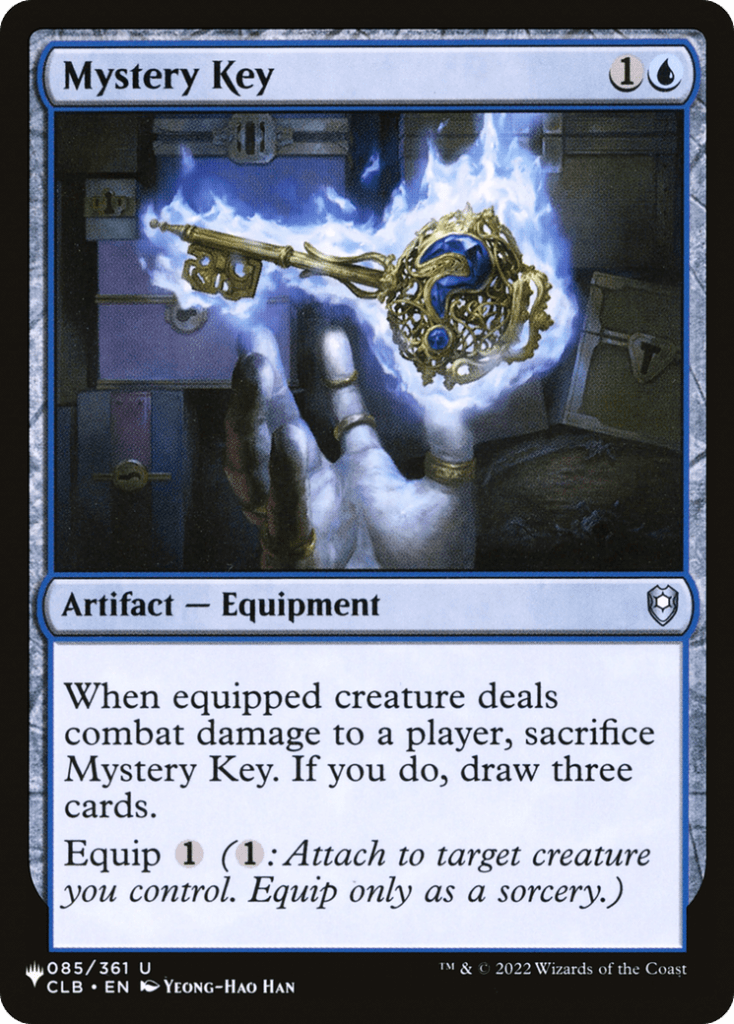
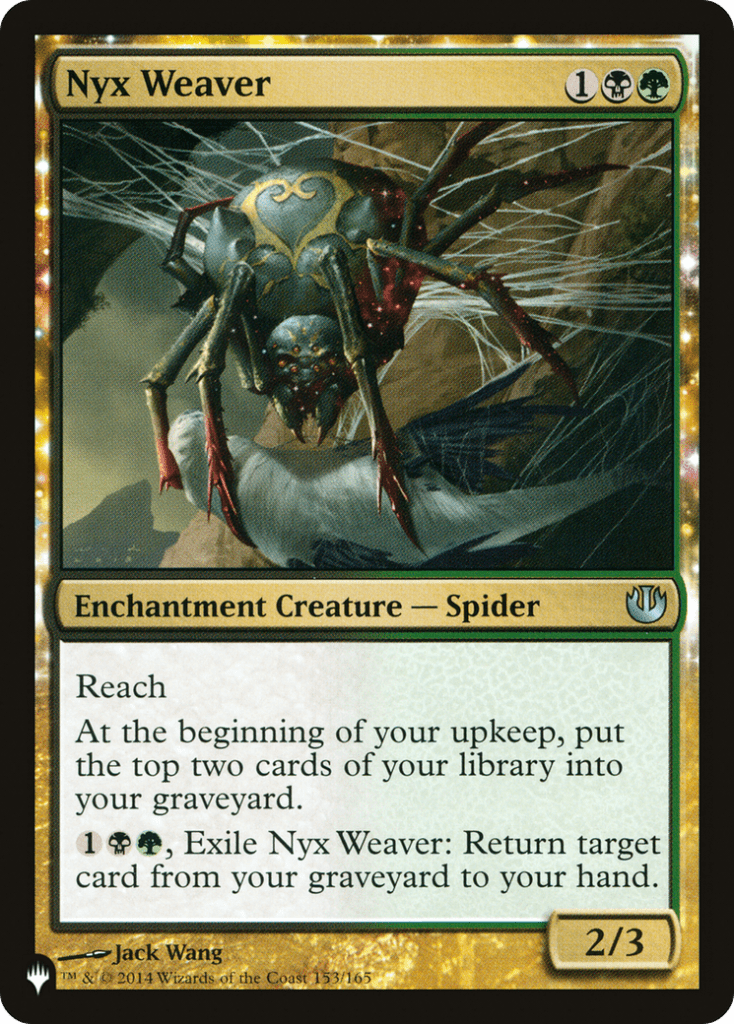
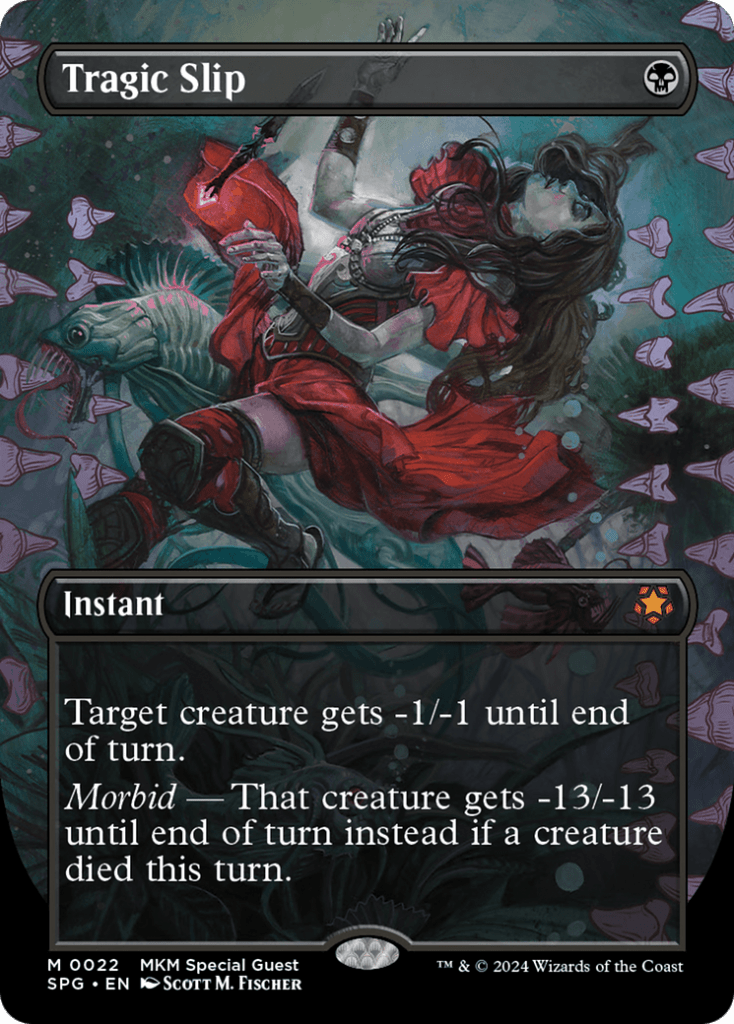
Mediocre (7/50)
Usually Unplayable (24/50)
I’m not going to review these at length, but I do want to touch on a pair of cards that might seem underrated.
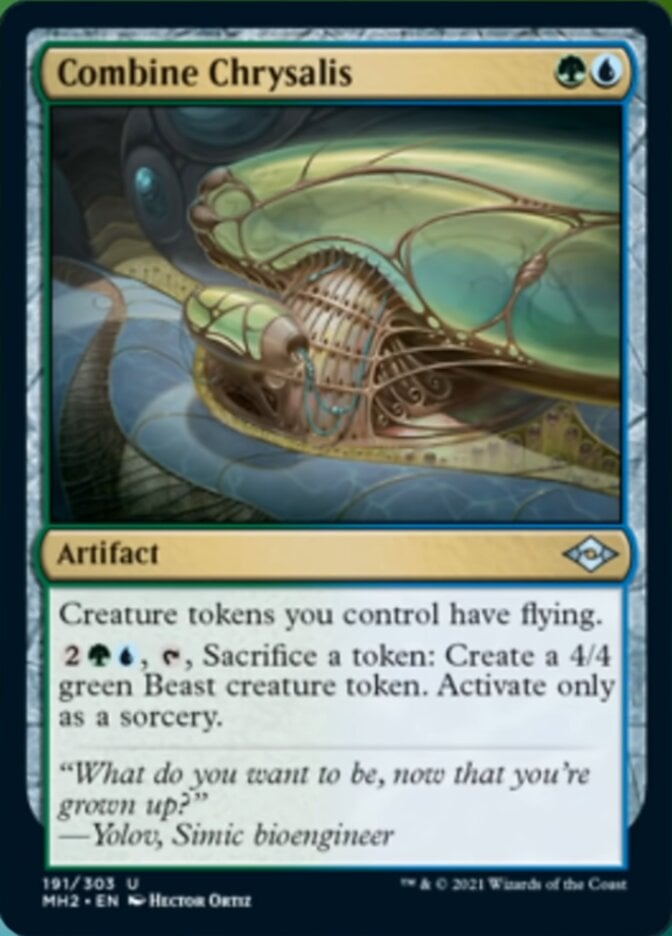
Combine Chrysalis was sometimes great in Modern Horizons 2, but MKM has lackluster token support and UG’s archetype has nothing to do with tokens.
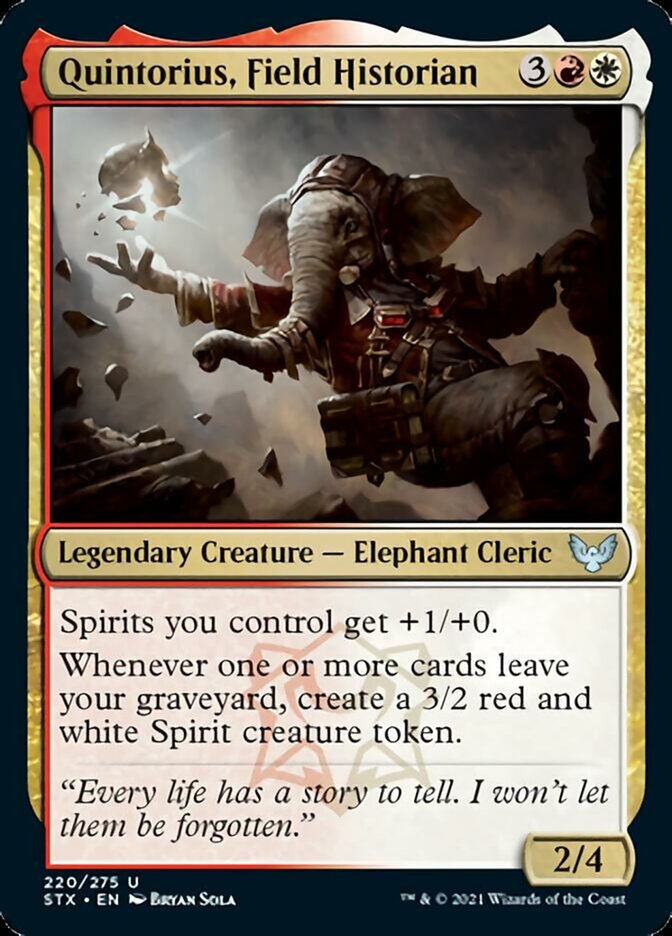
Quintorius, Field Historian plays well with collect evidence, but that mechanic barely appears in these colors.
The rest are straightforwardly good or bad. You won’t see them often but it’s good to be prepared!
Paper/MTGO vs Arena
One last thing! There’s a small yet notable difference in The List’s 50 depending on whether you are playing Magic Arena or not.
On MTGA, Smuggler's Copter, Evolutionary Leap, and Possibility Storm take the place of Cavalier of Thorns, Death Cloud, and Baleful Mastery. Wizards did this to introduce the cards into Explorer sooner. I would consider Smuggler's Copter to be “excellent,” Evolutionary Leap to be “mediocre” (most decks won’t have the fodder needed for it to be good), and Possibility Storm virtually unplayable.
Archetypes
Murders at Karlov Manor has 10 two-color archetypes, just like most sets. Each color pair has two signpost uncommons that can help guide your decisions in deck building. Before getting to my analysis, feel free to review WotC’s official mini-guide to the archetypes.

Murders at Karlov Manor archetype breakdown (Alquist Proft, Master Sleuth | Illustration by Andreas Zafiratos)
WU Detectives
Private Eye is a great pun and an even better creature. The set has six other dectective payoffs: Case of the Pilfered Proof, Perimeter Enforcer, Burden of Proof, Inside Source, Projektor Inspector and Thinking Cap. The set has plenty of playable detectives so focus on good payoffs first. Be aware though that ’s best cards all cost 3 mana for some reason.
UB Clue Control
is a controlling archetype that usually focuses on card quality rather than synergy. Curious Cadaver is nice with Clues, but most decks won’t be fancy. You’ll want a mix of removal spells (Murder, Dramatic Accusation, Long Goodbye), grindy creatures (Faerie Snoop, Unscrupulous Agent) and 2-for-1s (Investigate spells, Cerebral Confiscation, Macabre Reconstruction). Your gameplan is to trade resources as much as possible then win with whatever is left.
BR Suspect Aggro
Deadly Complication and Rune-Brand Juggler demonstrate how you can take advantage of the suspect mechanic. Suspecting creatures is much better when you're ahead on life, so try to apply early pressure with cheap creatures like Repeat Offender and Red Herring. Blockers can be cleared with Galvanize or a pump spell like The Chase Is On.
RG Big Disguise
RG is the first of three different disguise archetypes and fits somewhere between ramp and “stompy.” Tin Street Gossip, Riftburst Hellion and Yarus, Roar of the Old Gods should give you a good idea what is about. Tunnel Tipster is a premium common here since it’s a fairly costed mana dork that grows over the course of the game. Decks with lots of disguise creatures are often mana hungry, so try to include ways to generate extra mana like Nervous Gardener and They Went This Way.
GW Go-Wide Disguise
is the second disguise archetype. It’s an aggressive creature strategy that desires wide board states. Sumala Sentry and Crowd-Control Warden demonstrate this well. I also recommend token generators like Inside Source and A Killer Among Us for this archetype. Once you’ve developed your board, mass pump spells like On the Job, Greenbelt Radical and Hustle / Bustle can overwhelm your opponent!
WB Pint-Size Disguise
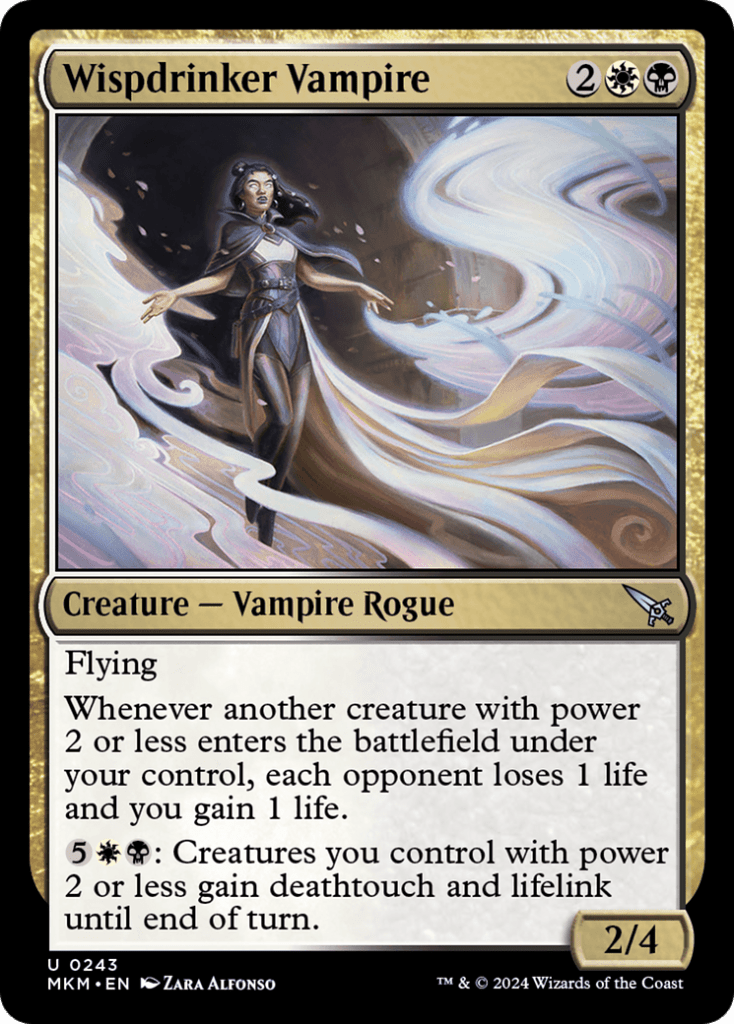
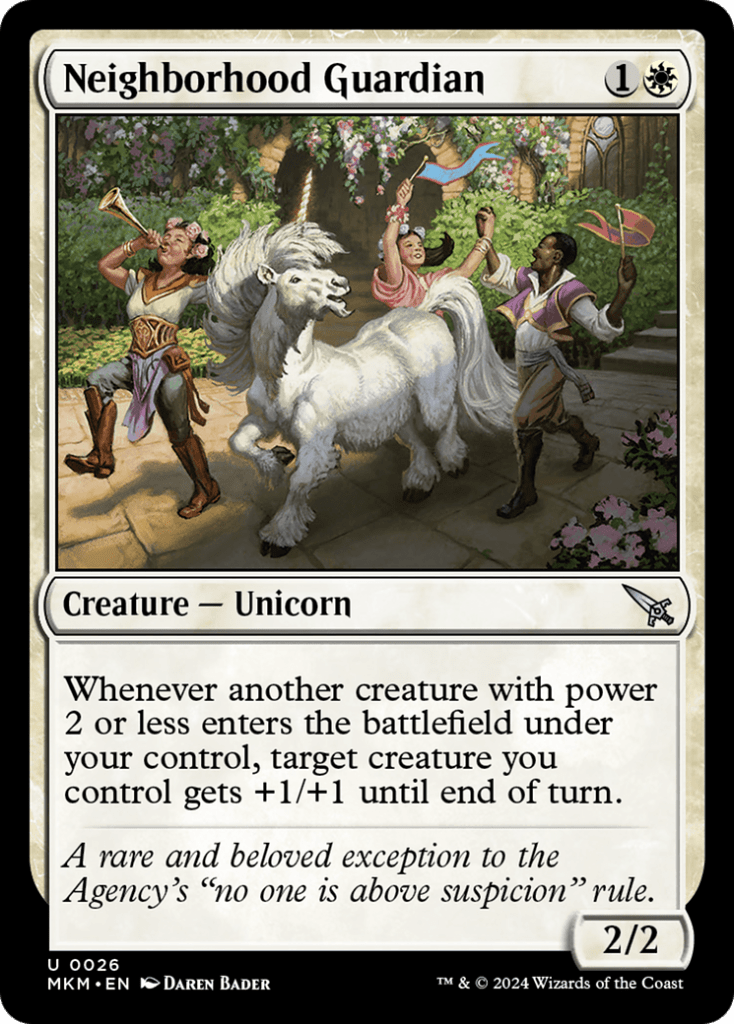
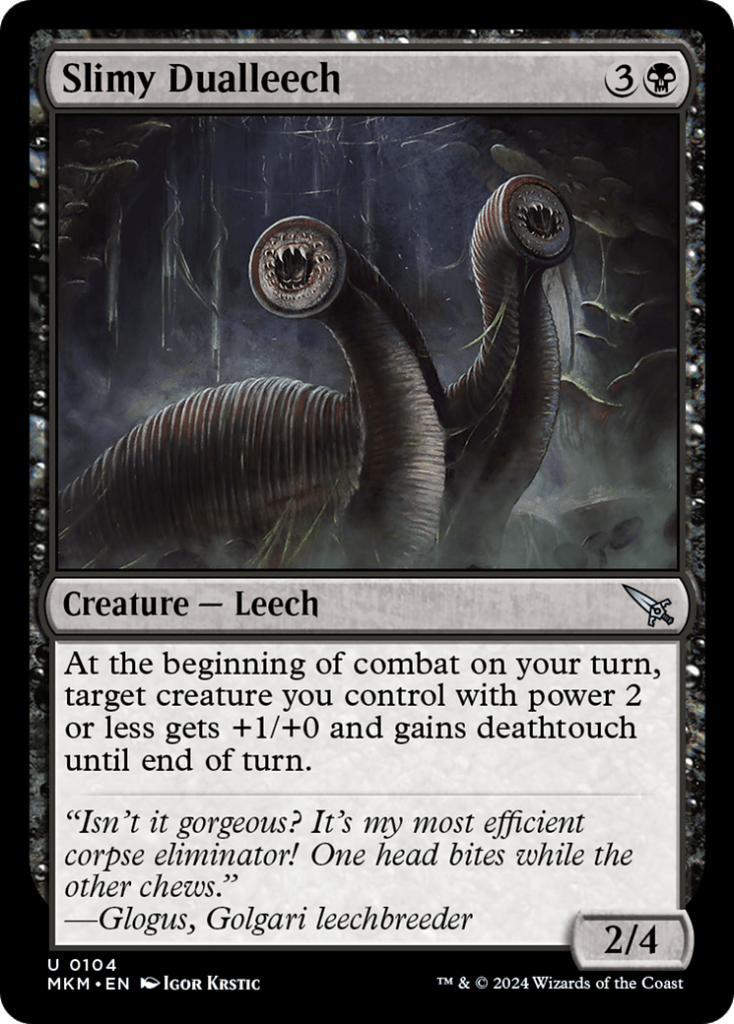

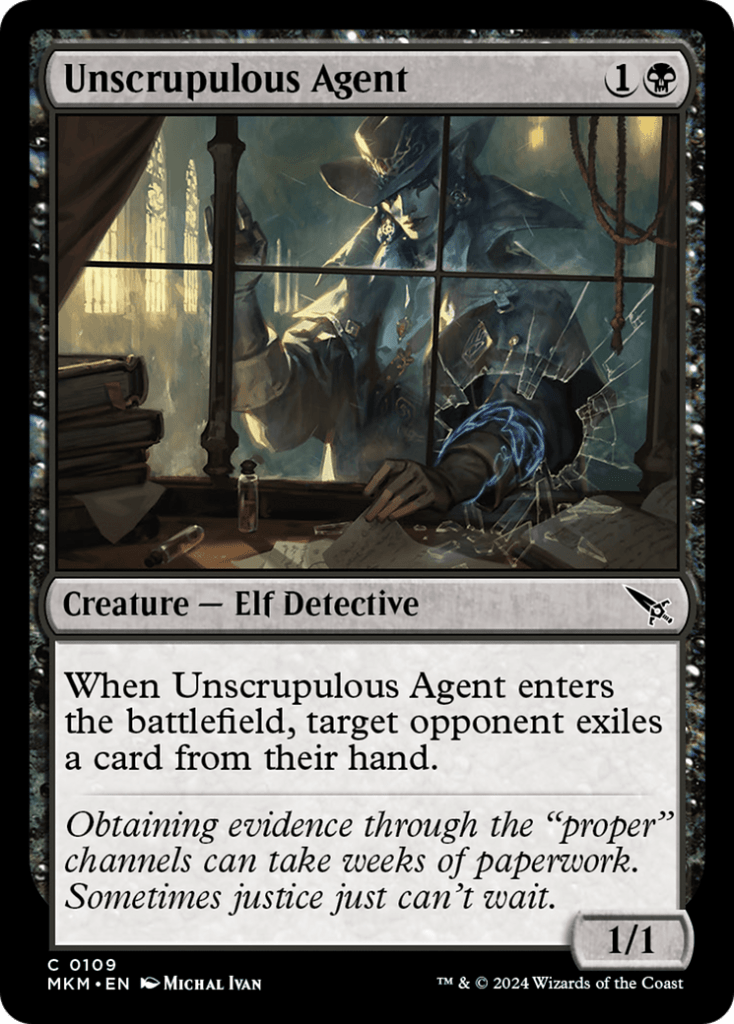
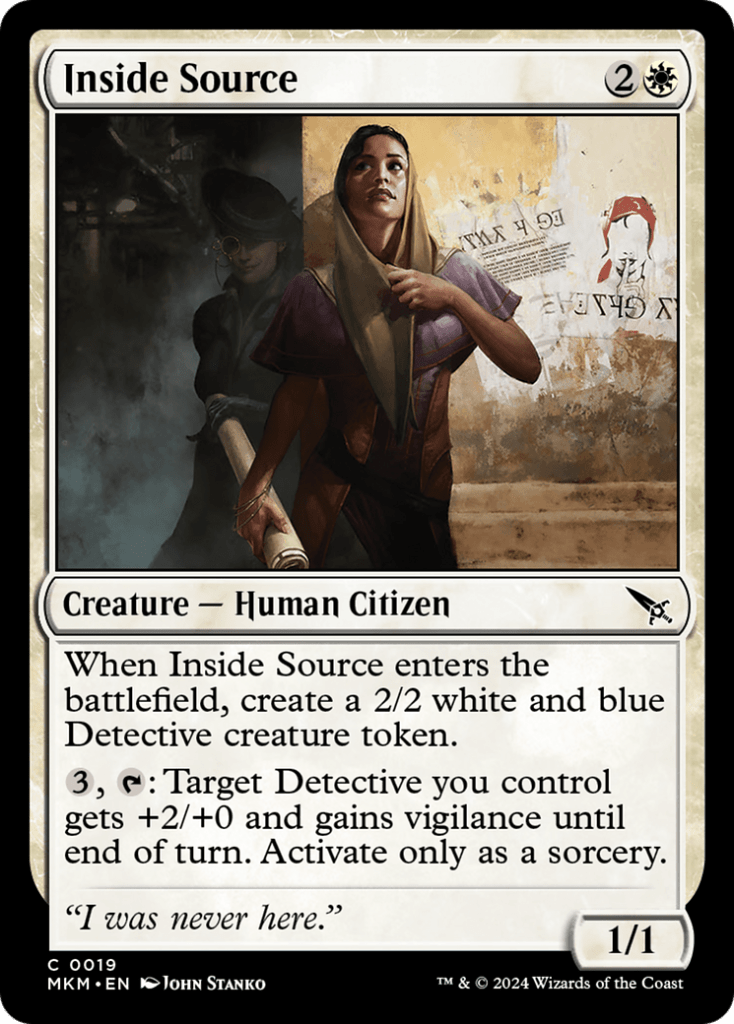
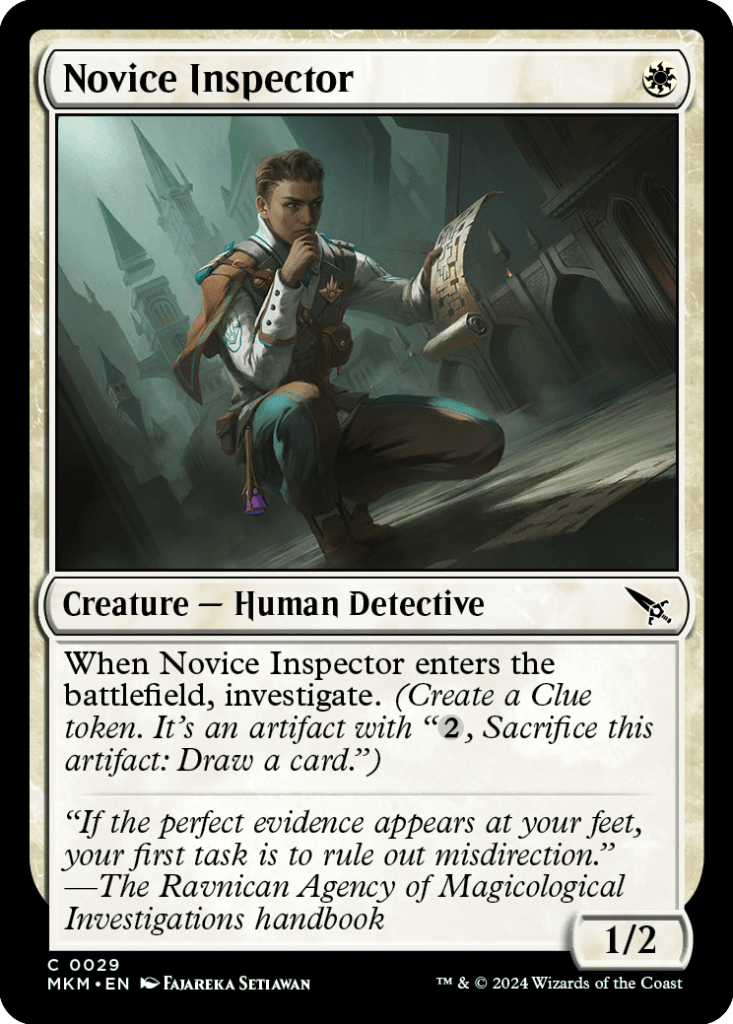
The final disguise archetype is , a midrange archetype focused on creatures with power 2 or less. Since any creature with disguise qualifies, you should have no shortage of options for payoff cards like Wispdrinker Vampire, Neighborhood Guardian, and Slimy Dualleech. can struggle with card advantage, so be sure to include 2-for-1s like Macabre Reconstruction, Unscrupulous Agent, Inside Source and Novice Inspector.
UR Artifact Sacrifice
Detective's Satchel and Gleaming Geardrake showcase ’s focus on Clues and sacrificing artifacts for value. Clues can be sacrificed on their own or to various creatures like Benthic Criminologists and Cornered Crook. This triggers sacrifice payoffs like the signpost uncommons and Crime Novelist. Harried Dronesmith is a premium uncommon here as a continuous source of Thopters that sacrifice themselves.
BG Gravebreak
is a grindy strategy that wants to play long games and take advantage of creatures leaving its graveyard. Rot Farm Mortipede, Soul Enervation, Chalk Outline and Insidious Roots are all rewards for this archetype. You can trigger them with collect evidence spells, Macabre Reconstruction, and graveyard value creatures like Rubblebelt Maverick and Leering Onlooker. I’m not sure how effective this will be in practice, but has two excellent cards (Izoni, Center of the Web and Kraul Whipcracker) regardless.
RW Battalion
focuses on a classic Boros gameplan, even if none of its cards actually say “battalion” directly. Use haste creatures and token generators to quickly reach three attackers and reap rewards from cards like Meddling Youths and Case of the Gateway Express. As with any aggressive creature deck, quantity and mana curve are essential. Be sure to include plenty of cheap creatures like Seasoned Consultant and Inside Source.
GU Collect Evidence
Our final archetype is another grindy graveyard strategy. There are only two direct payoffs for collecting evidence (Evidence Examiner and Surveillance Monitor) but getting boosted spells can be its own reward. Focus on good instants and sorceries because they bin themselves immediately for later collection. is an ideal color pair for splashing other colors, which can help address the color pair’s usual struggles with answering threats. It’s also the best home in the format for common build-around Slime Against Humanity.
Archetype Overlap
So how does this all come together? Well, there’re a few major overlaps worth noting:
- , , and all focus on disguise, so they’re all fit to take advantage of “whenever a card is turned face up” payoffs.
- , , and are grindy strategies with access to the most collect evidence cards.
- , , and can utilize mass pump spells like On the Job.
This set is lighter on archetype overlap than others. Archetypes like (, , ) mostly do their own thing without impacting others.
Top Commons
Here I’ll give you four commons for each color plus some commons to avoid. We’ll revisit these (educated!) guesses in two weeks when my Ultimate Draft Guide is out.
White
#1 Makeshift Binding
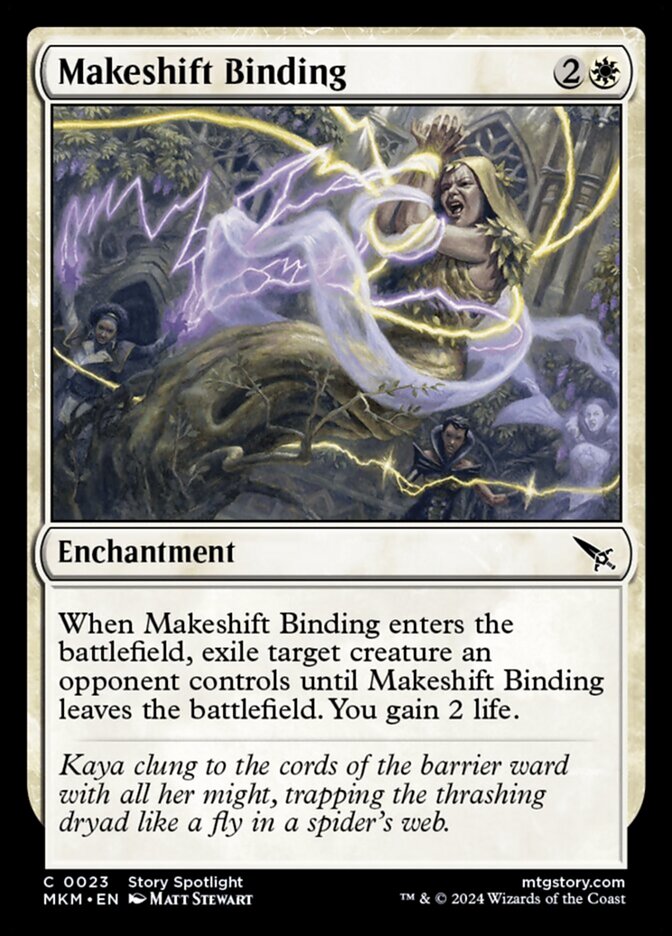
Wow, power creep is real! Journey to Nowhere +2 life is incredible at common, so take this highly. Be aware of Vengeful Creeper and Make Your Move as answers to Makeshift Binding.
#2 Novice Inspector
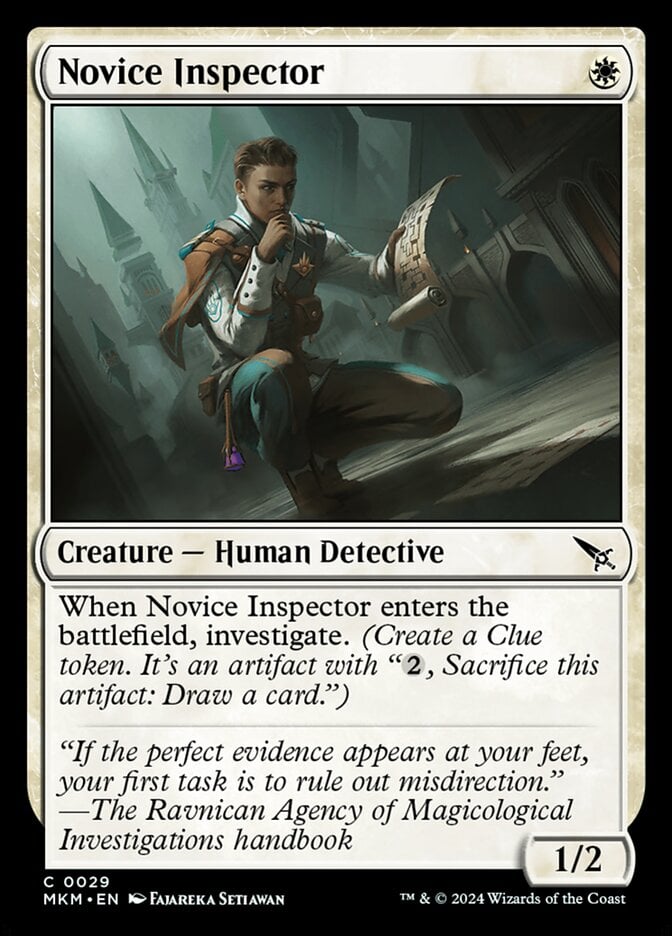
Thraben Inspector is back! This was always a great rate but Novice Inspector should be even better in MKM due to Clue and detective synergies.
#3 Inside Source
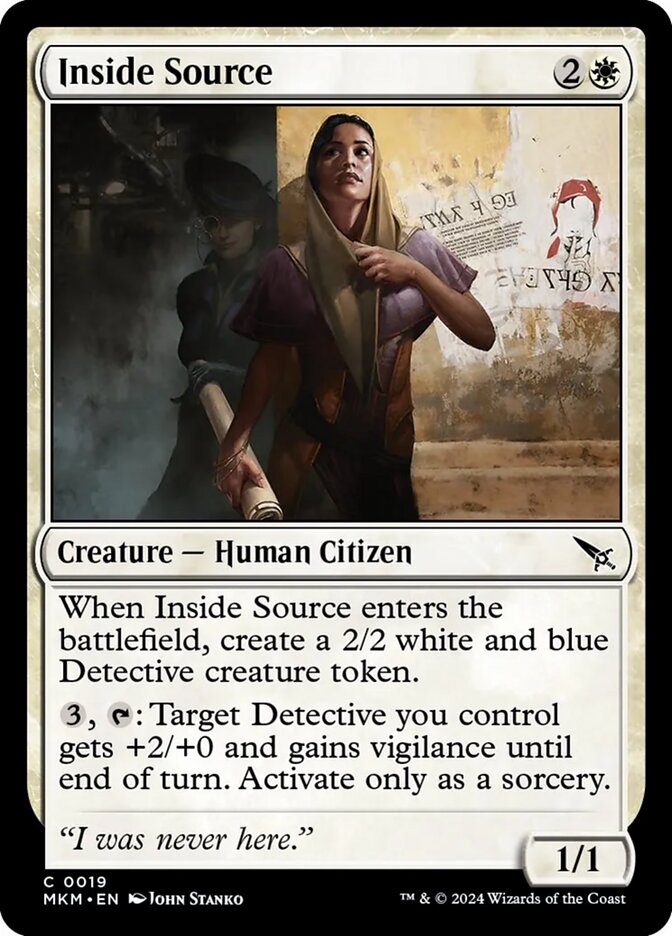
Inside Source provides a solid value creature that should do well in every white archetype. It makes a detective for , generates two creatures with power 2 or less for , and provides and with two warm bodies.
#4 Auspicious Arrival

White looks aggressive enough for a pump spell like Auspicious Arrival to be good. It’s not Compleat Devotion, but the value is nice and this should win most early combats.
Blue
#1 Cold Case Cracker
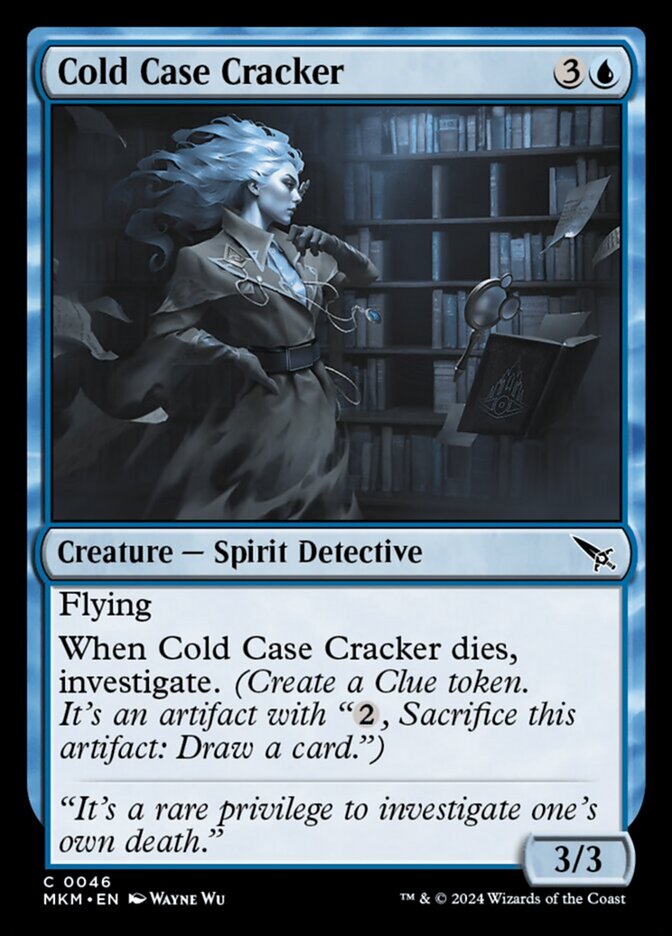
I’m tempted to say “wow, power creep is real” again, as we get Phantom Monster at common with upside! Cold Case Cracker is good for every deck, aggressive or controlling.
#2 Projektor Inspector

Projektor Inspector is a better Elite Instructor even without other detectives and it’s not like those are hard to find. I like this in every blue deck and love it in .
#3 Dramatic Accusation
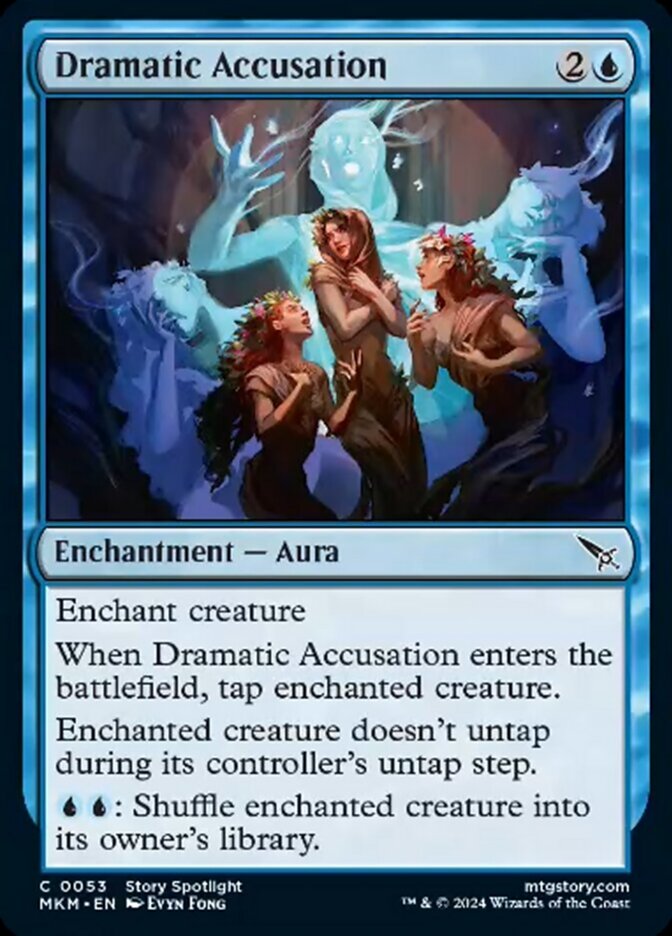
Dramatic Accusation is definitely the best Claustrophobia variant I’ve seen in a while. It takes a creature out of combat immediately, then gives you the option to remove it entirely. Keep in mind that this lets you use Dramatic Accusation for evidence too.
#4 Hotshot Investigators

Blue is a slow controlling color, so impactful 6-drops like Hotshot Investigators are nice. You mostly want to bounce your opponent’s stuff for tempo, but the option to use it for value is appreciated.
Black
#1 Murder
Murder is a no-brainer for #1 and gets even better when you consider its utility as evidence. Its sole caveat is costing , so you might struggle to cast it early on (try to play 9+ black sources if you can).
#2 Unscrupulous Agent
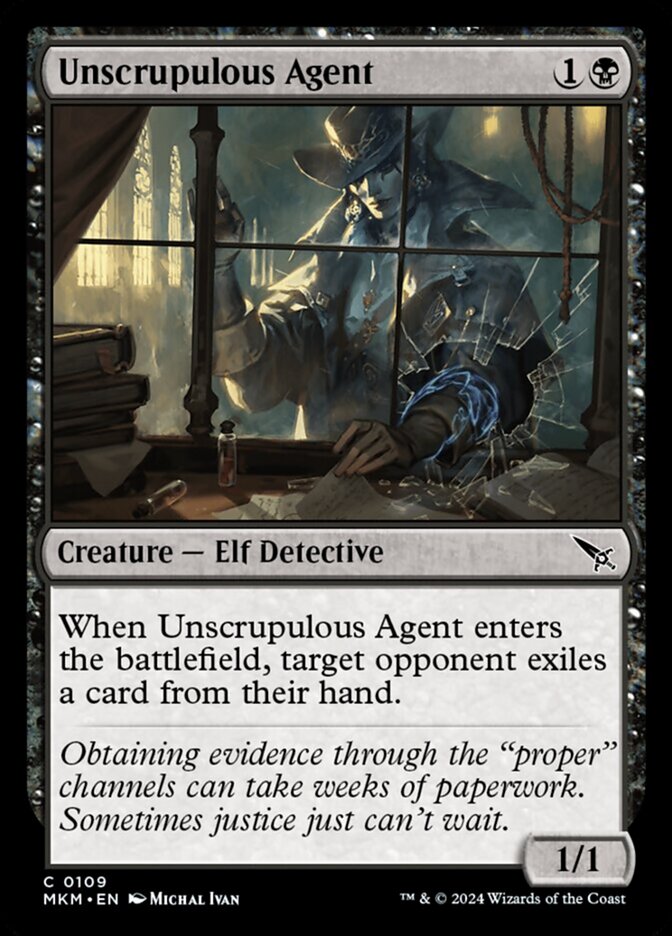
A good value creature that's well suited to and decks. Unscrupulous Agent makes your opponent exile the card instead of discarding it, which prevents it from providing your opponent with evidence.
#3 Slice from the Shadows
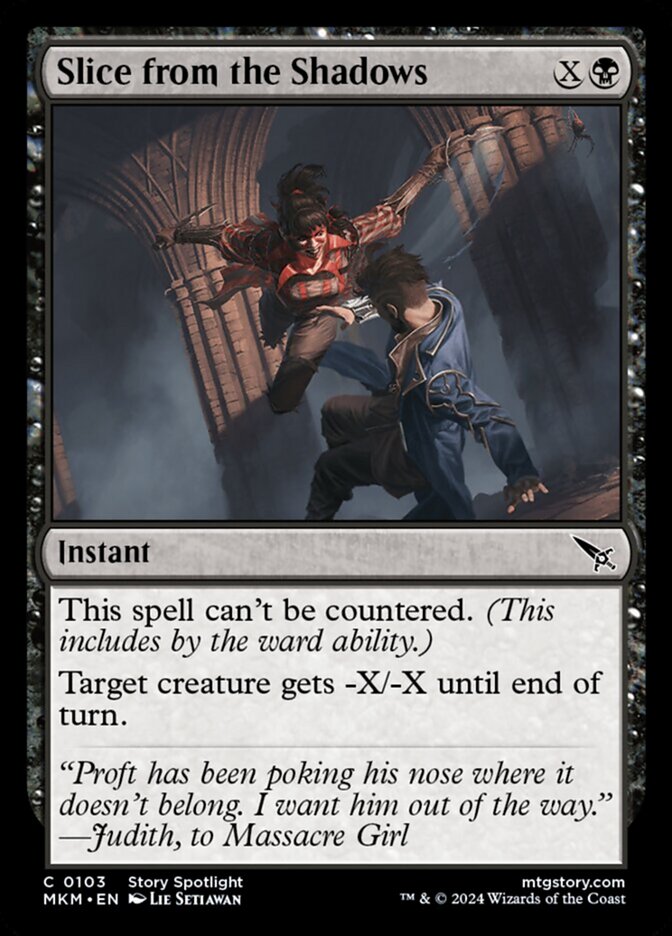
The rate on Slice from the Shadows is decidedly average but more removal is always nice. The “can’t be countered” clause is important for killing disguised creatures (ward can't counter spells like this).
#4 Macabre Reconstruction
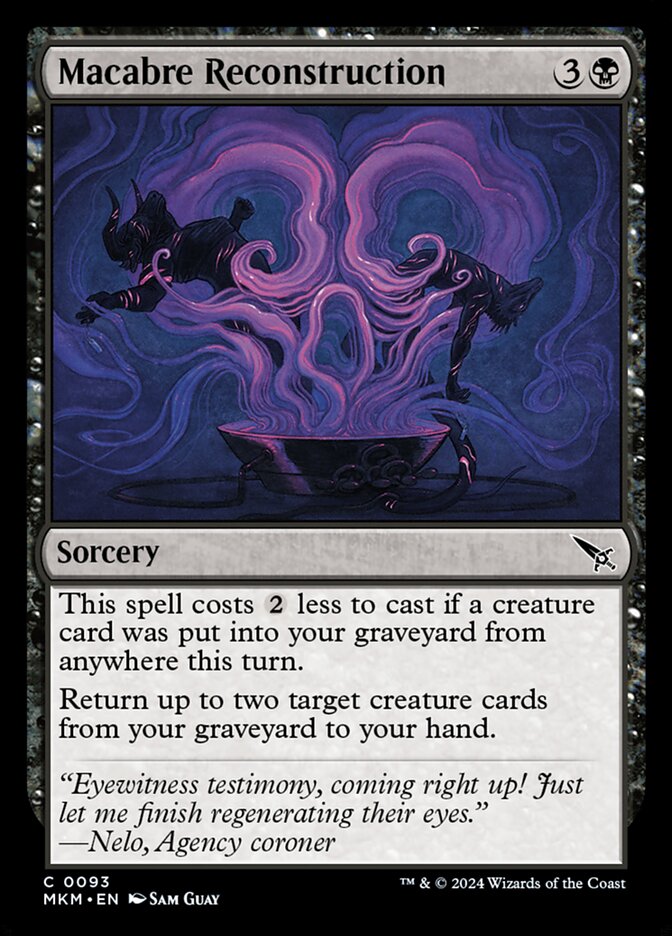
Most decks don’t want multiple copies of Macabre Reconstruction but the first copy should be decent.
Red
#1 Galvanize

An awesome removal spell with a flattering resemblance to Candy Grapple. The base rate is plenty good, but all it takes is one Clue for Galvanize to kill x/5s if needed.
#2 Shock
Cheap efficient removal that burns face in a pinch. Killing disguised creatures at a fair rate is Shock’s primary use.
#3 Person of Interest
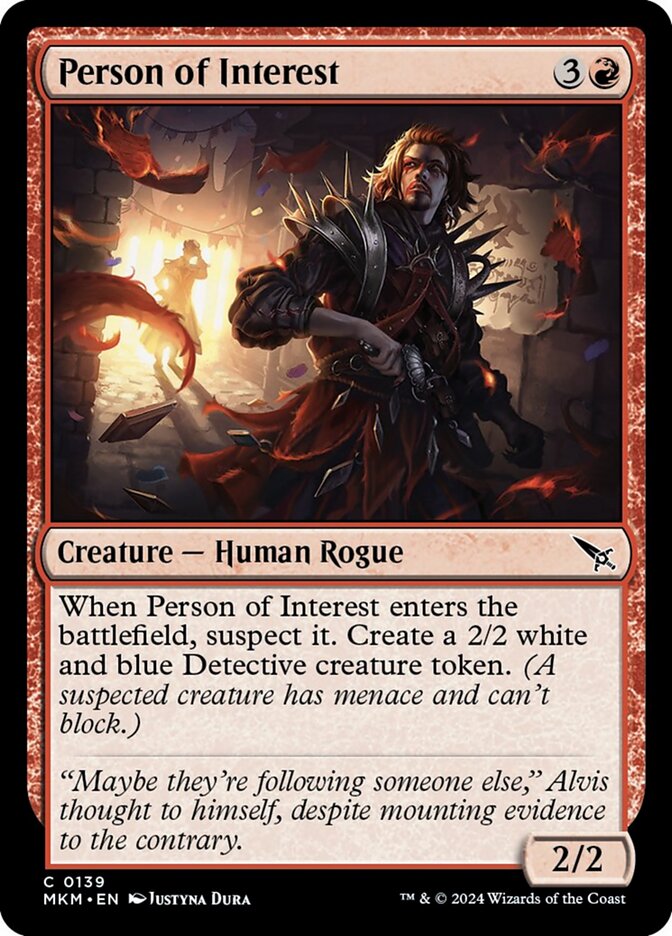
Two bears for a decent rate, though one of them won’t be of much help on defense. Person of Interest works best in and .
#4 Red Herring
Valley Dasher is much better when you can get the card back! Red Herring is a good aggressive 2-drop with a handy emergency mode to stop it from pointlessly dying in combat.
Green
#1 Tunnel Tipster
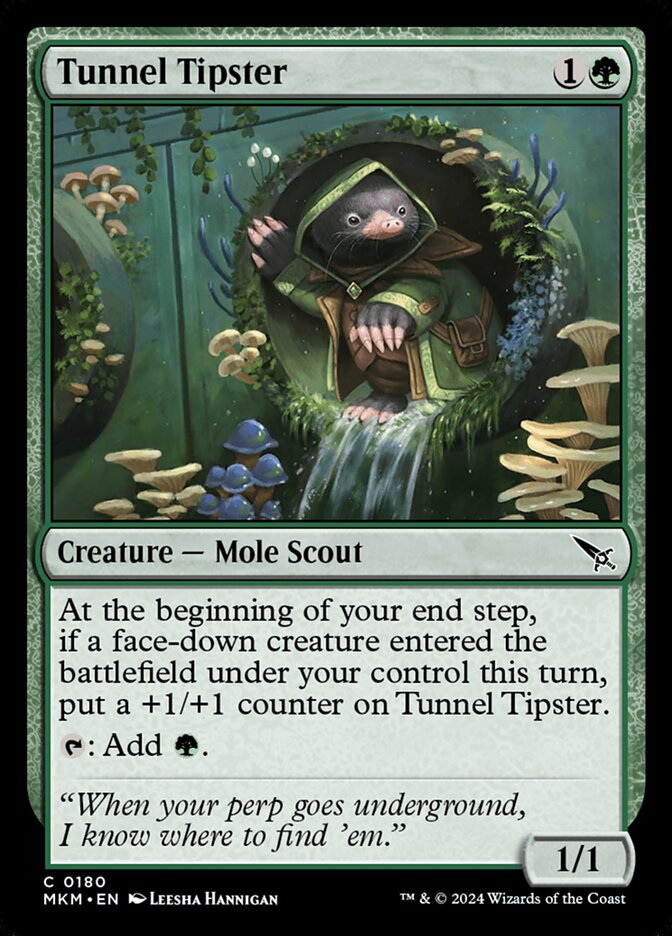
Fair dork rate + grows with disguise creatures = a winner! Tunnel Tipster greatly benefits from MKM’s lack of ping effects.
#2 Loxodon Eavesdropper
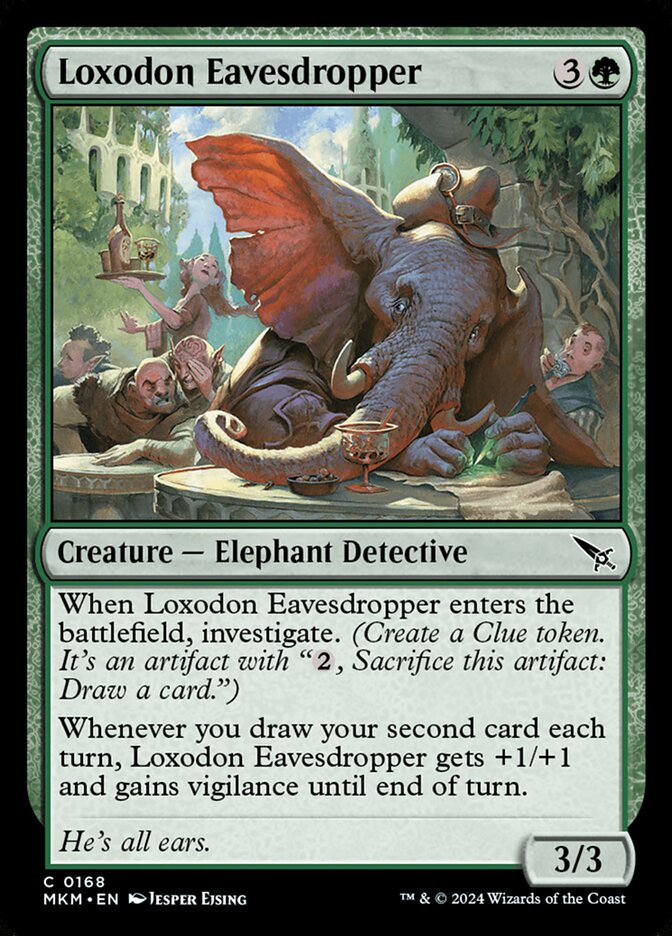
Hill Giant with Investigate is a great rate, so I expect good things from this Loxodon Eavesdropper.
#3 Bite Down on Crime

Green’s sole removal spell at common is either Rabid Bite with upside or over costed, depending on whether you collect evidence. This is the evidence dump most decks will be looking for!
#4 Vengeful Creeper
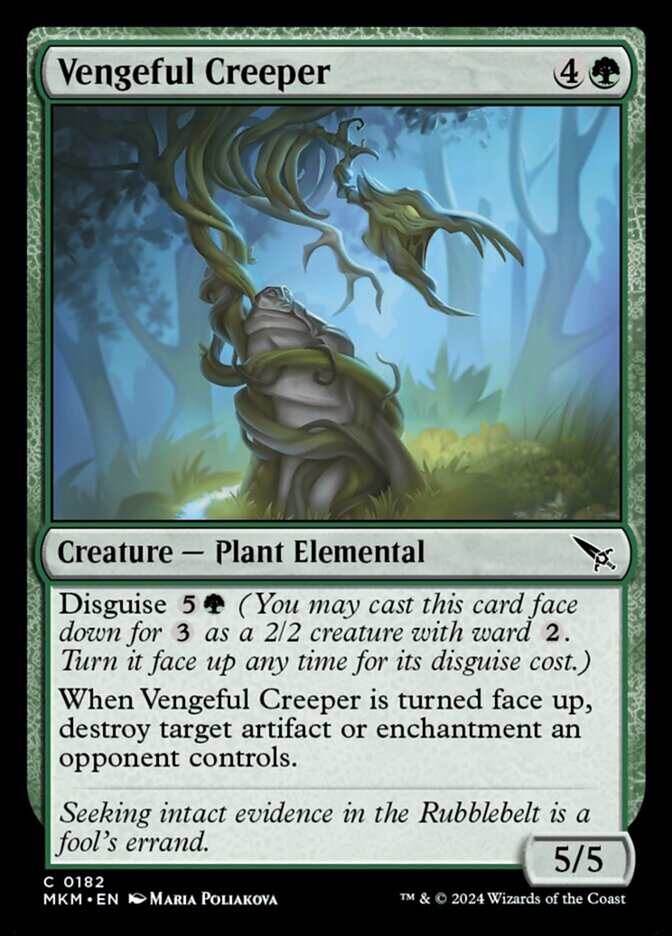
Vengeful Creeper has a good base rate plus 2-for-1 potential. It’s particularly powerful against white decks where it can destroy Makeshift Binding.
Commons to Avoid
WotC prints very few outright bad commons these days, but MKM has a few that I wouldn’t recommend starting in most decks:

The pump + aura might be good in hyper aggressive decks but you risk a blowout. This isn’t quite Etali's Favor, so I’m hesitant to recommend it.
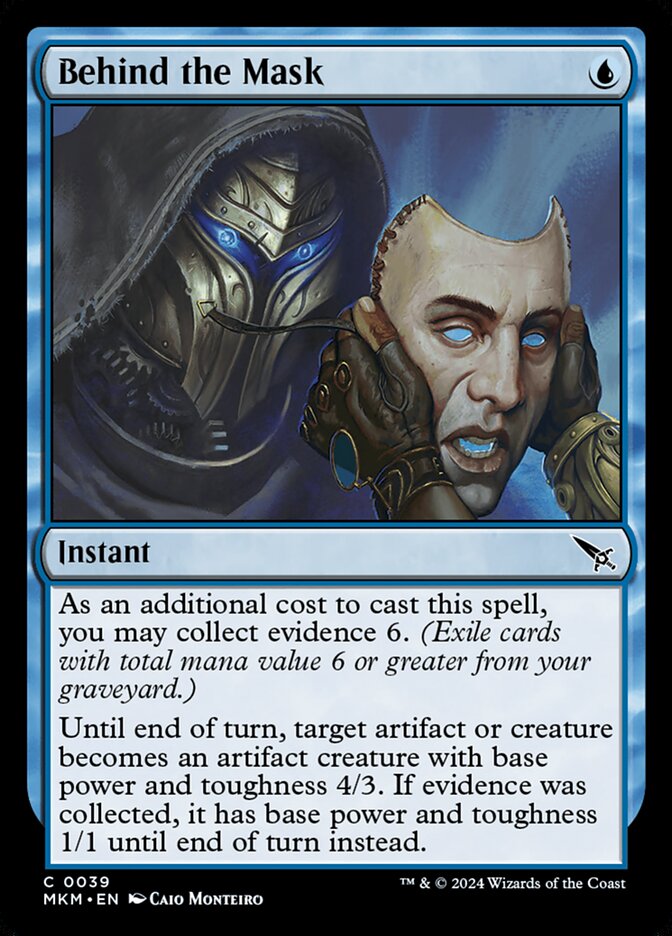
A weak combat trick (Relic's Roar was bad) that nerfs a creature if you use evidence. The potential to “get” people with this is real, but so is the risk it rots in your hand.

The dream here is cool (play this turn 1, turn 2 attack and play a disguised creature), but every time you mulligan or stumble this will be a dead card. Seems like a trap to me!
3-in-1 sideboard card that might be main-deckable, as it answers fliers, Clues, and Makeshift Binding. It’s always stronger after game 1 though.

decks with “creature leaves your graveyard” payoffs might want this, but it doesn’t seem worth a card otherwise.
Bomb Rares
Hoo boy. This set has some incredible bomb rares. Here’s a list of the best ones:
Aurelia’s Vindicator

Angel of Serenity is back! Aurelia's Vindicator is even better than the original for a number of reasons, like lifelink and not costing 7 mana. Don’t forget it targets the graveyard and battlefield. A common play pattern is to exile your own creatures so that you get value if it gets removed.
Massacre Girl, Known Killer
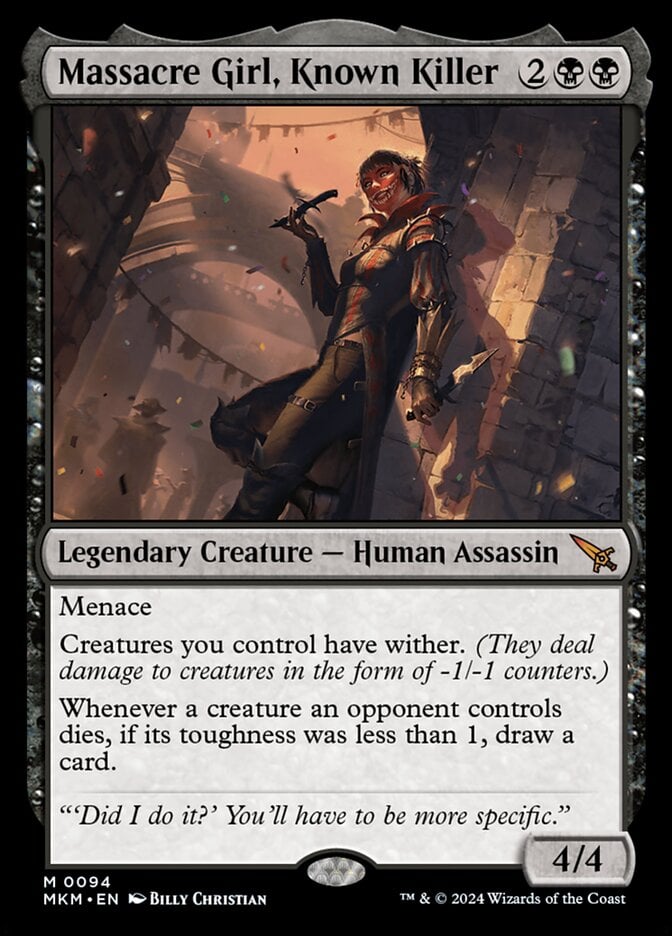
Massacre Girl, Known Killer is a well-stated creature that happens to draw cards while making combat a total nightmare for your opponent.
Vein Ripper

This is an absurd bomb! This vampire either dies immediately or your opponent does. Even if Vein Ripper bites the bullet, you still get a free drain + edict out of it! Just try to build your mana base for if you can.
Incinerator of the Guilty
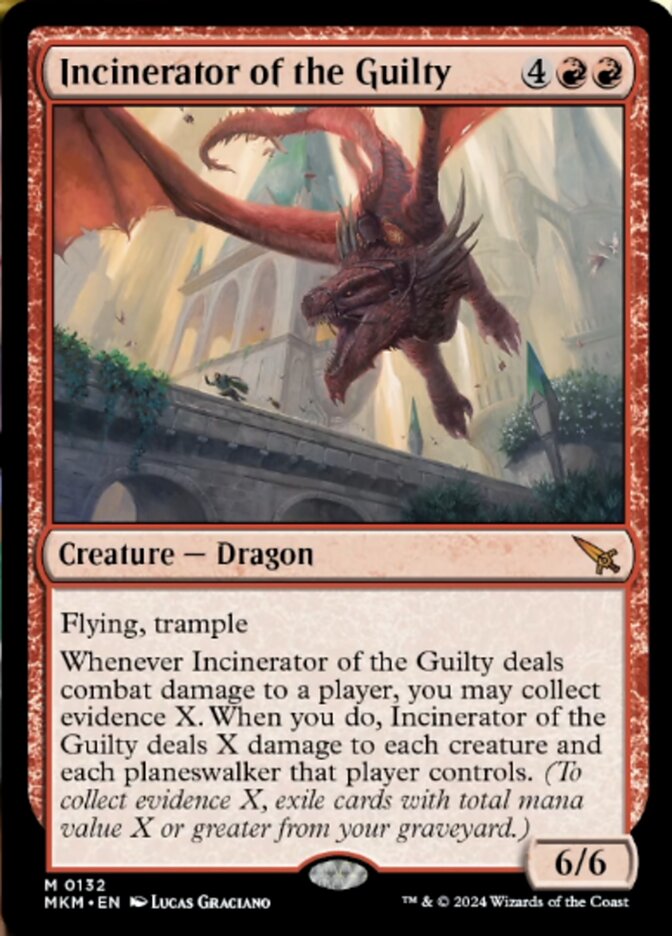
Another groan test mythic. Your opponent has a one turn window to remove Incinerator of the Guilty. If they can’t you hit them with it, choose “X” (where X is the amount of tears your opponent will cry, in ounces), and then incinerate their board, their chances at winning, and their dreams.
Alquist Proft, Master Sleuth
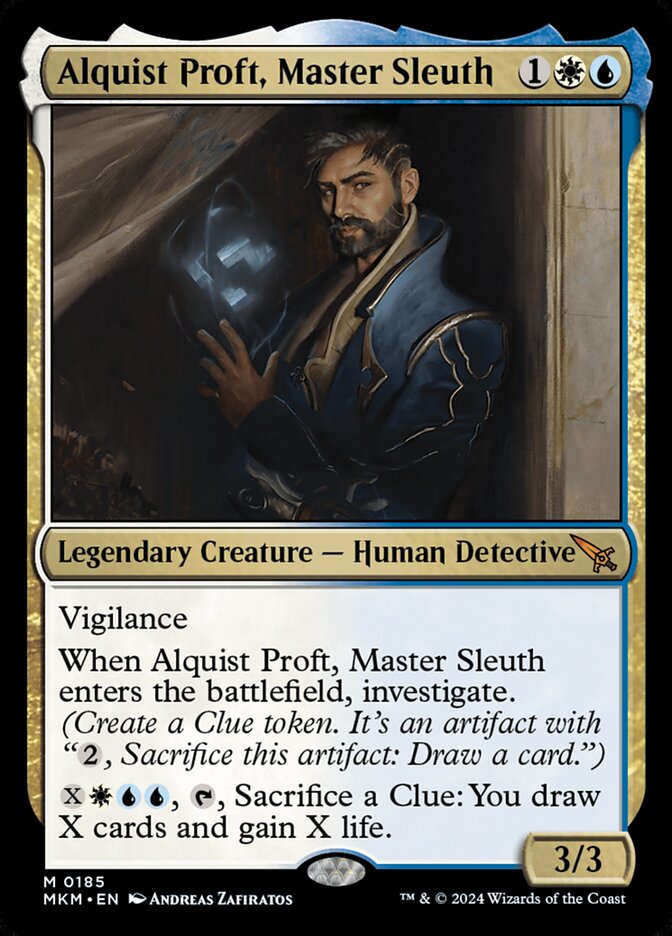
After those two, we must be back to fair rares right? Wait a minute… you’re telling me I get a Sphinx's Revelation on a stick? On a 3/3 Vigilance for 3 that Investigates on ETB? Alquist Proft, Master Sleuth is further proof this set is crazy!
Etrata, Deadly Fugitive
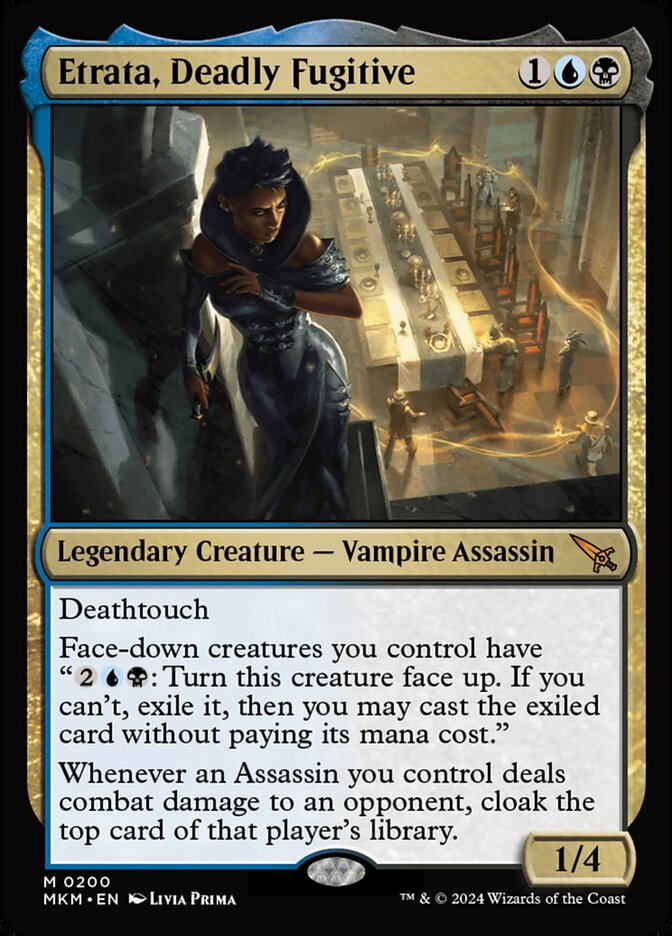
Surely now we’re looking at a fair rare, right? By comparison yes, but Etrata, Deadly Fugitive is still a great blocker that draws and casts a bear every time it hits your opponent.
Rakdos, Patron of Chaos
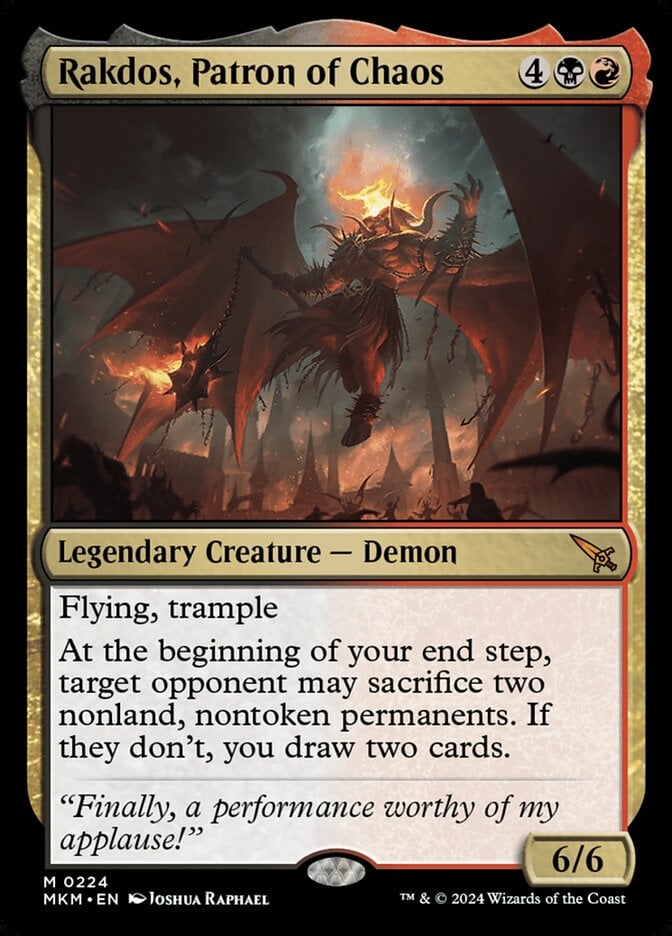
And we’re immediately back in Magical Christmas Land! The “nontoken” clause here seals the deal, so get ready to hear plenty of complaints after you cast Rakdos, Patron of Chaos. You win big no matter what your opponent chooses.
Trostani, Three Whispers
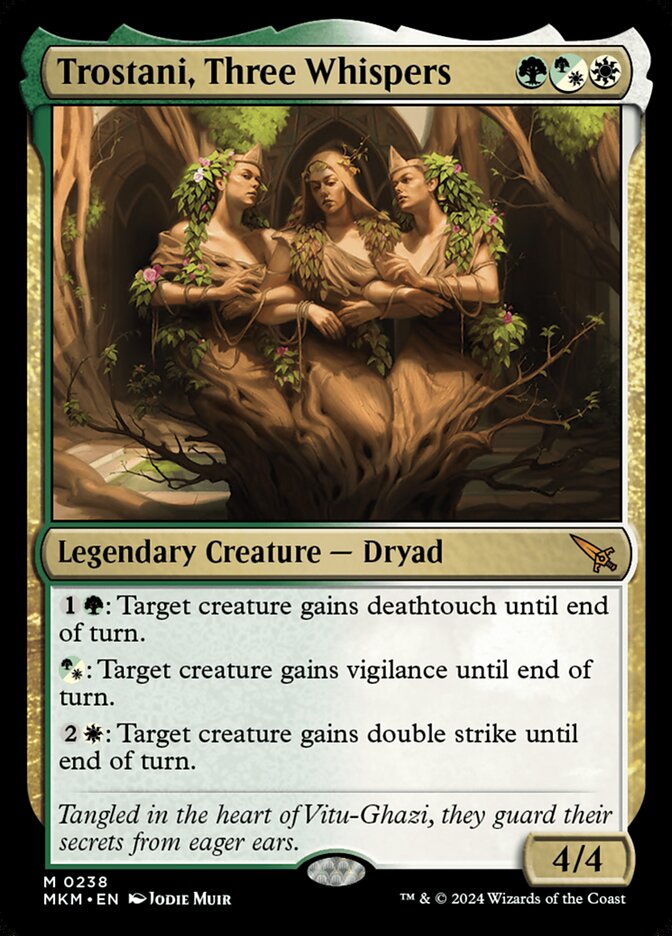
After the last several hits, a 4/4 for 3 with your choice of deathtouch, vigilance or double strike almost feels fair. Trostani makes combat miserable, though it does get 1-for-1’d by the right removal spells.
Kylox’s Voltstrider

The base Vehicle rate here is great (close to Renegade Freighter) so the potential to recast instants and sorceries puts Kylox's Voltstrider over the top. Sorry to burst your bubble, but those spells aren't free! You have to pay their mana costs when you cast them.
Urgent Necropsy
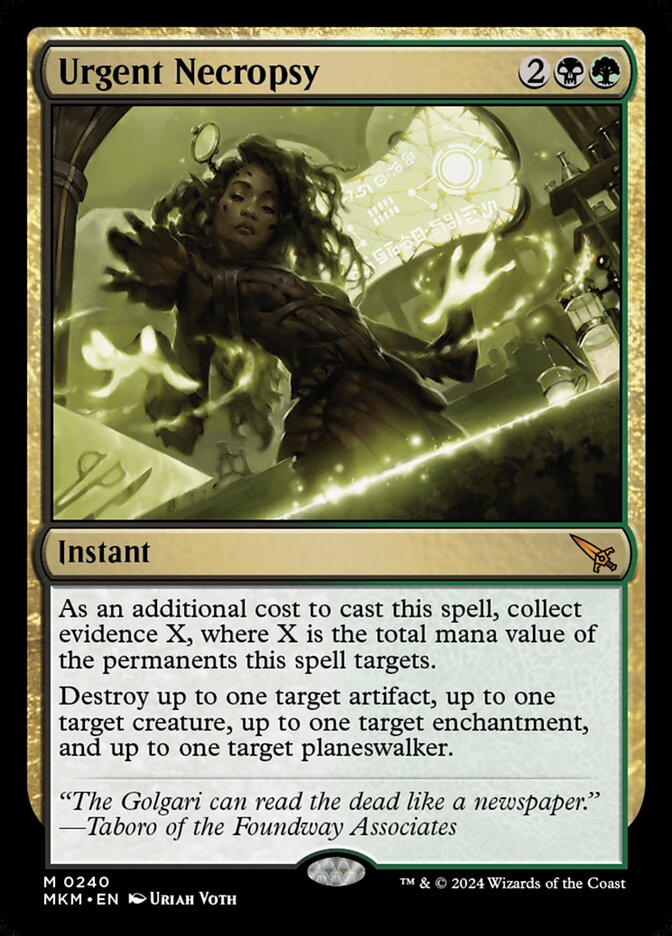
This requires some setup, but Urgent Necropsy should be a 2-for-1 often enough to be worthwhile (thanks to Clues). You can even live the dream and destroy a creature, a Clue and a Makeshift Binding!
Agrus Kos, Spirit of Justice

Your opponent has one turn to deal with Agrus Kos, Spirit of Justice before it effectively becomes a 4/4 Nekrataal with vigilance. You might even get immediate value if your opponent suspected something!
Vannifar, Evolved Enigma

Cloaking excess lands is a fantastic ability but Vannifar, Evolved Enigma’s second ability earns it bomb status. Once you have a couple disguise creatures, it builds an insurmountable board state.
No Witnesses
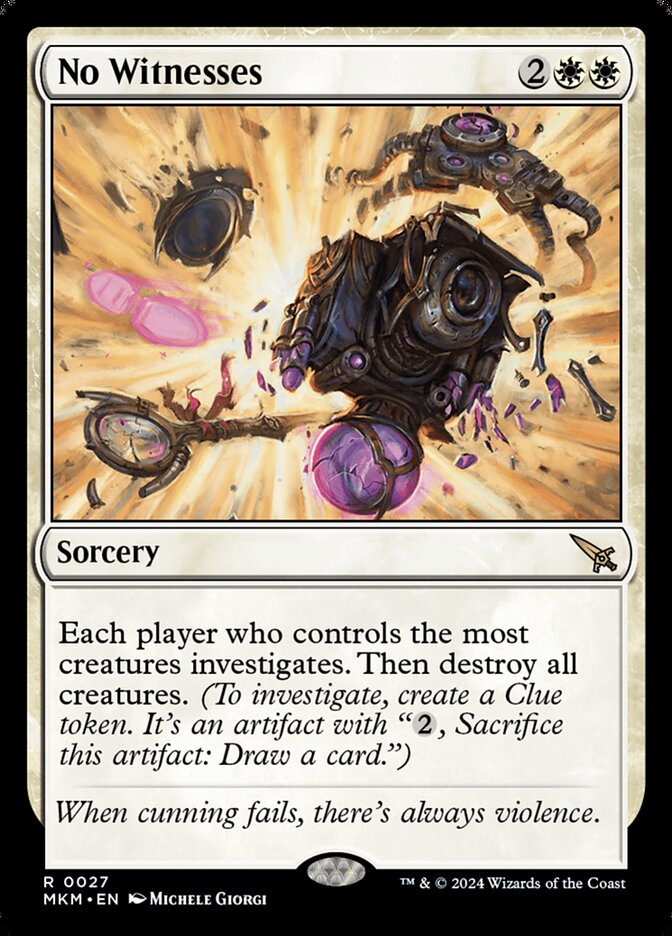
Day of Judgment with downside is still Day of Judgment. Some white decks might be too aggressive for No Witnesses but good board wipes are always worth remembering.
Unyielding Gatekeeper
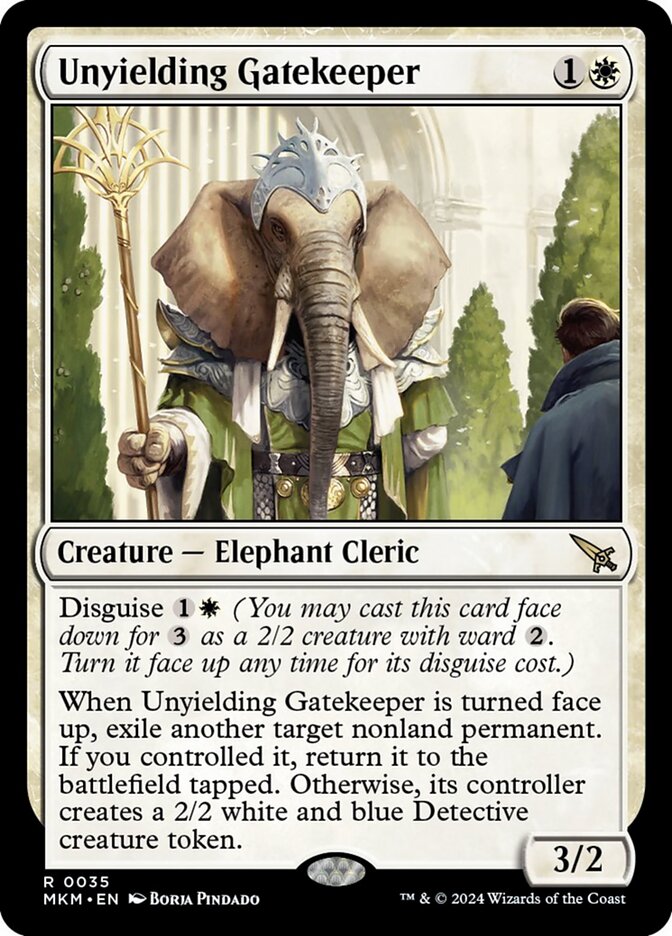
Unyielding Gatekeeper provides a strong value creature that can save your creatures from interaction, blink ETB creatures, and even answer bombs from your opponent. I doubt I’ll cast this face up often.
Cryptic Coat
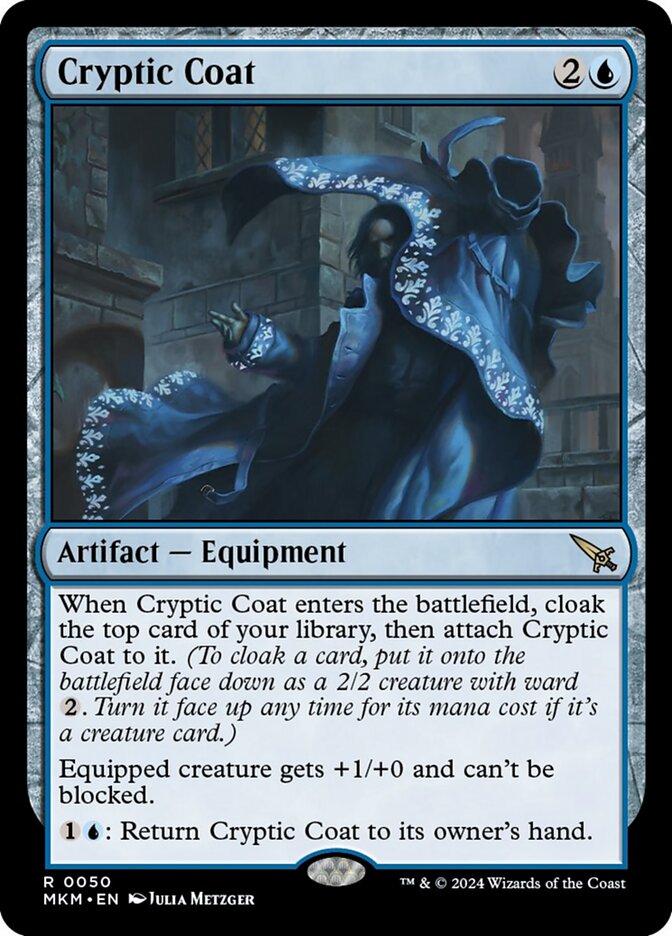
The baseline for Cryptic Coat is a 3/2 Phantom Warrior, but it also comes with in-built recursion. It’s an incredible card in a race or stalled board and ultimately one of MKM’s best rares. It’s worth boarding in artifact removal to answer it.
Lost in the Maze

Lost in the Maze is a slightly more expensive Icy Blast that can protect your creatures from sorcery speed removal like Makeshift Binding. It takes some setup but has immense blowout potential.
Deadly Cover-Up

The evidence bonus is pointless in Limited but Deadly Cover-Up is still a respectable black board wipe for .
Homicide Investigator
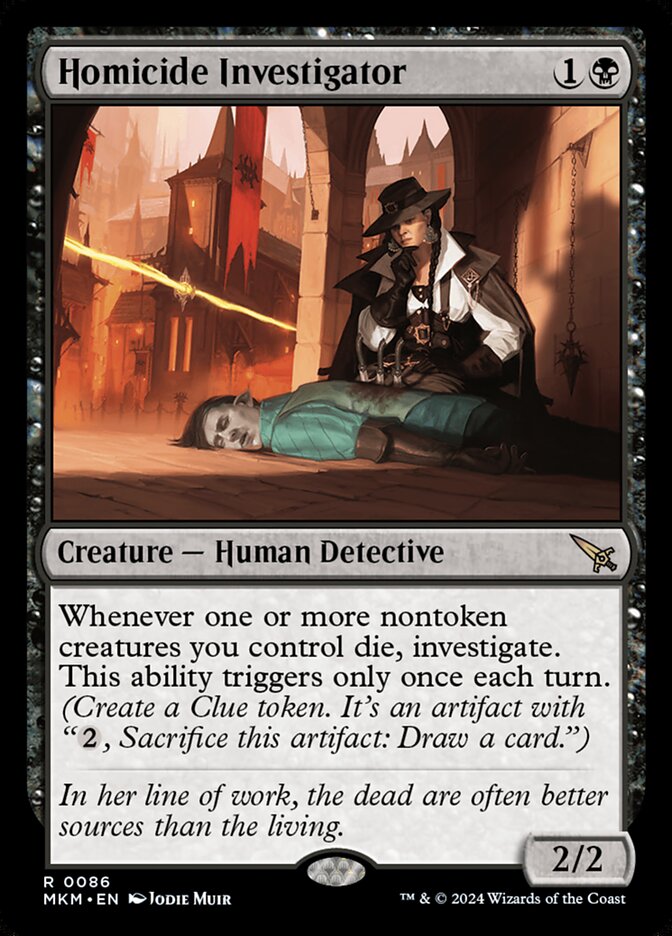
Homicide Investigator is a super value bear that’s sure to pick you up some extra cards. It's still a 2-for-1 even if it dies immediately to Shock!
Hunted Bonebrute
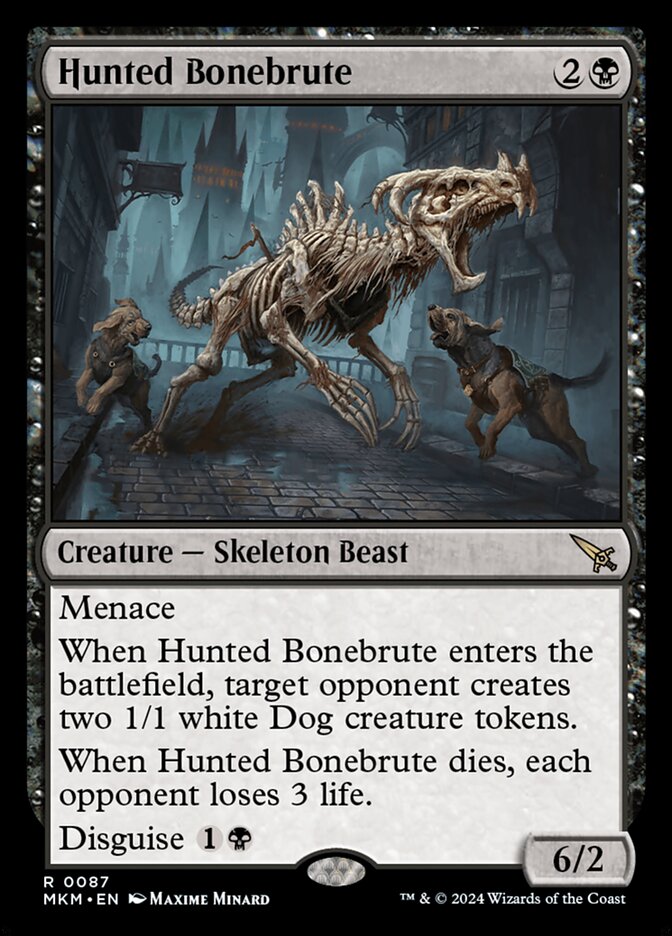
Don’t hardcast Hunted Bonebrute; but wow does this thing hit hard. It’s easy enough to sneak in one menace attack, and then all you have to do is have it die for it to have been worth 9 damage!
Outrageous Robbery
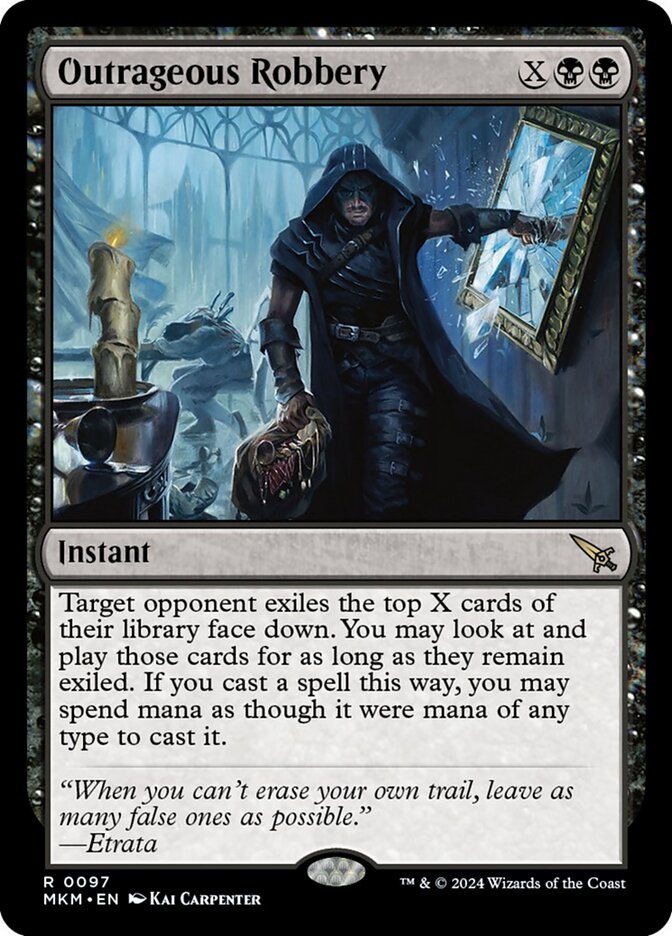
Outrageous Robbery is a powerful value spell that excels in grindy games, rather like Villainous Wealth. It’ll draw you a bunch of cards and put your opponent at risk of milling out. This should be incredible in Sealed, though I’m less high on it in Draft.
Krenko, Baron of Tin Street
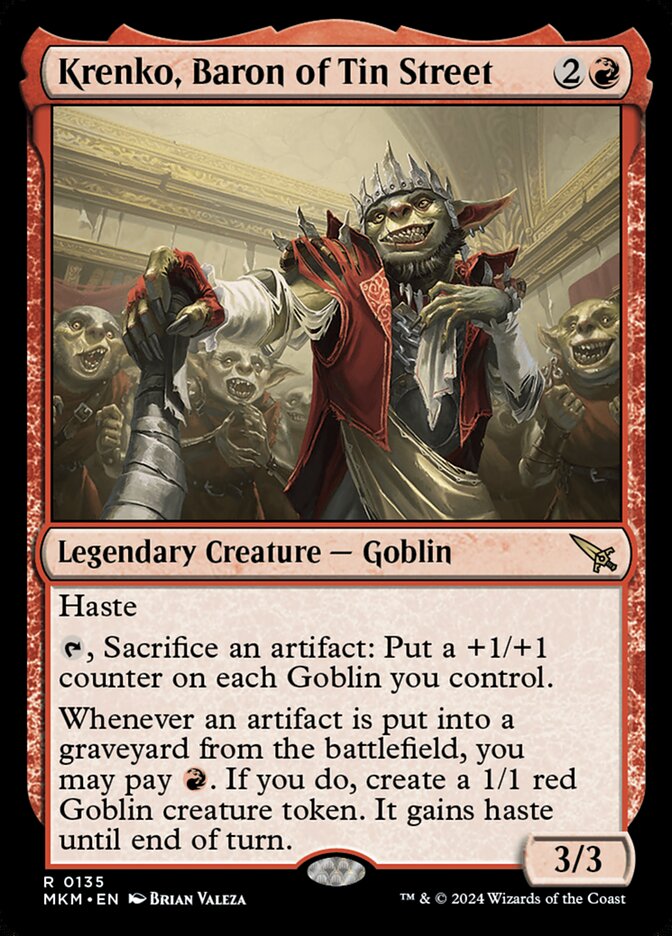
A 3/3 haste for 3 is a strong base rate, but what puts Krenko, Baron of Tin Street over the top is its synergy with Clue tokens. Value on top of value here!
Krenko’s Buzzcrusher
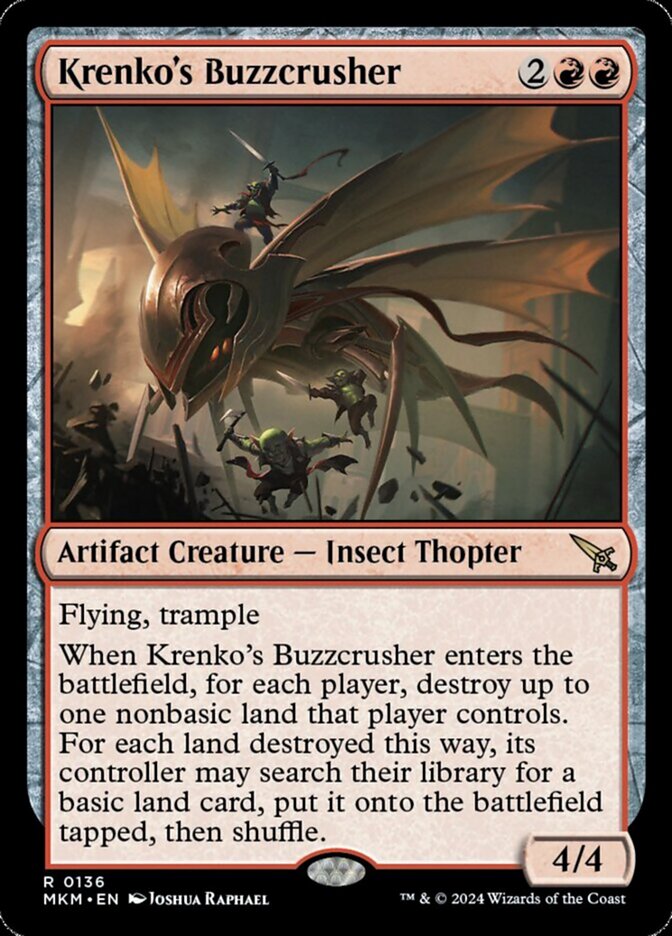
The land destruction on Krenko's Buzzcrusher doesn’t matter for Limited but a 4/4 flying trample for 2RR is an amazing rate.
Lamplight Phoenix
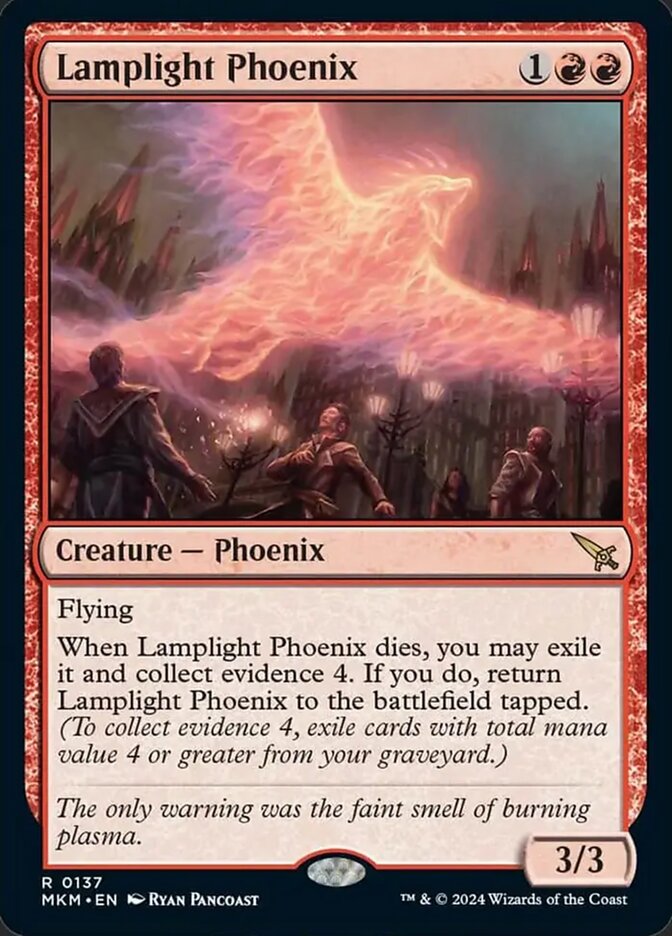
Another highly efficient flier, this time with free recursion. Try to play Lamplight Phoenix after you have a graveyard setup for it.
Pyrotechnic Performer
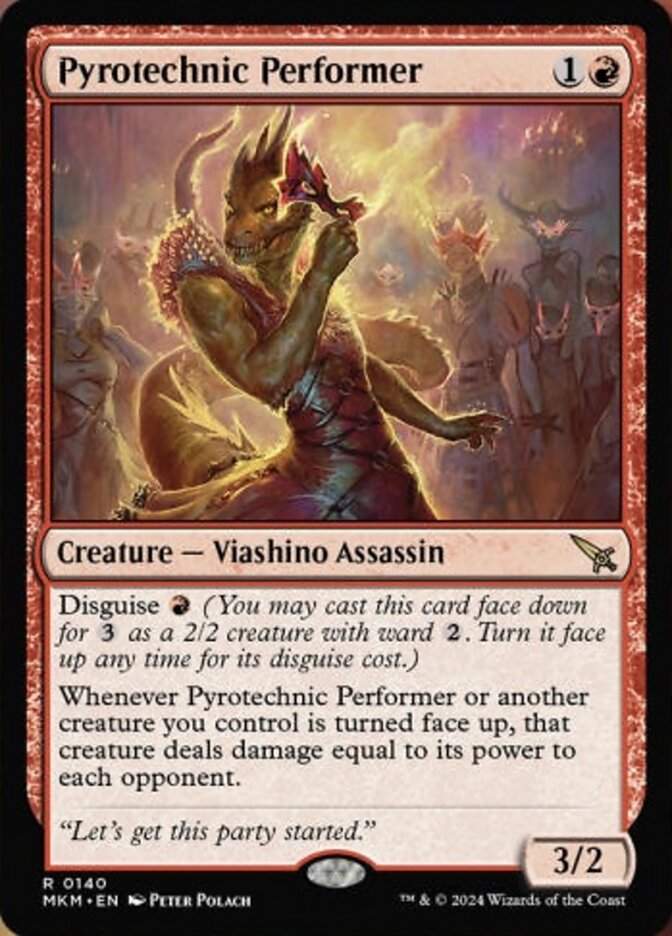
A super scary card that can do an incredible amount of damage if it sticks around. I look forward to setting up sequences with Pyrotechnic Performer + flipping other disguised creatures in the same turn!
Axebane Ferox
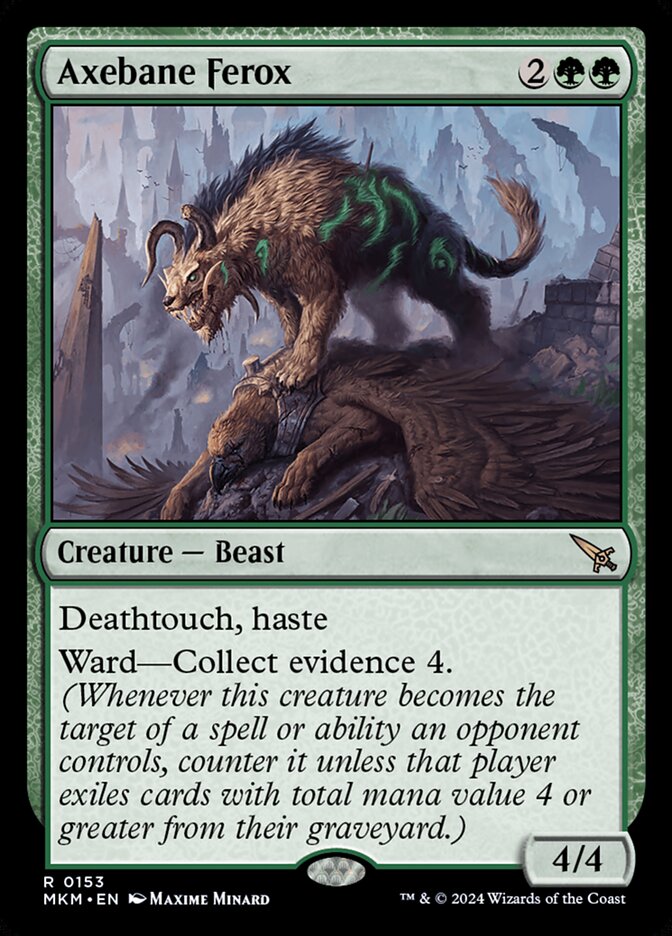
Big fast fatties that force your opponent to jump through small hoops to deal with them are powerful and Axebane Ferox is no exception.
Sharp-Eyed Rookie
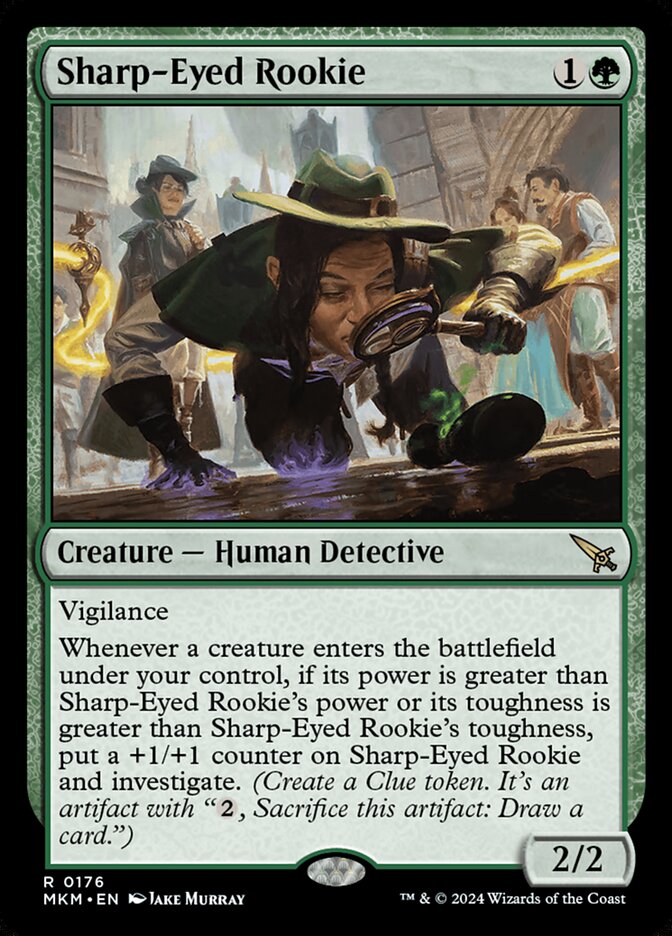
Is this Fathom Mage for 2 mana? That’s probably a bit overdramatic, but Sharp-Eyed Rookie is good!
Ezrim, Agency Chief

And here we have it: The return of Dream Trawler, one of the most groan-testing rares ever. Ezrim, Agency Chief is a tad bit fairer, but it’ll still dominate games where hexproof protects it.
Lazav, Wearer of Faces
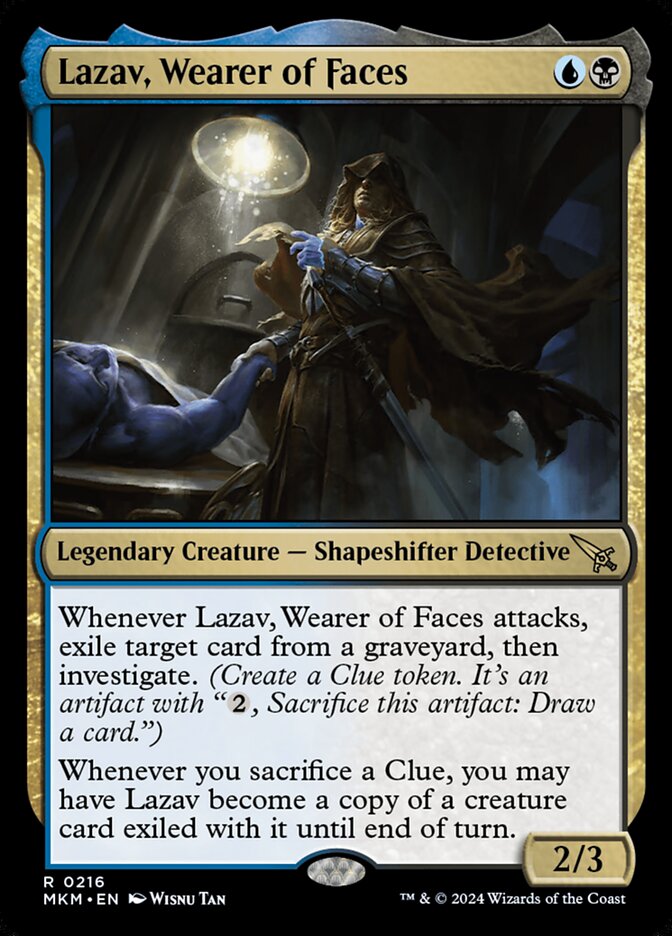
A 2/3 for 2 that investigates when it attacks is a silly good rate in Limited. Lazav, Wearer of Faces also has other text about cloning creatures, I guess!
Blood Spatter Analysis

Blood Spatter Analysis is a solid removal spell (basically a Volcanic Hammer) that sticks around and builds up to a free Raise Dead. You won’t always get the extra card but 2-for-1s this efficent should never be passed up.
Yarus, Roar of the Old Gods
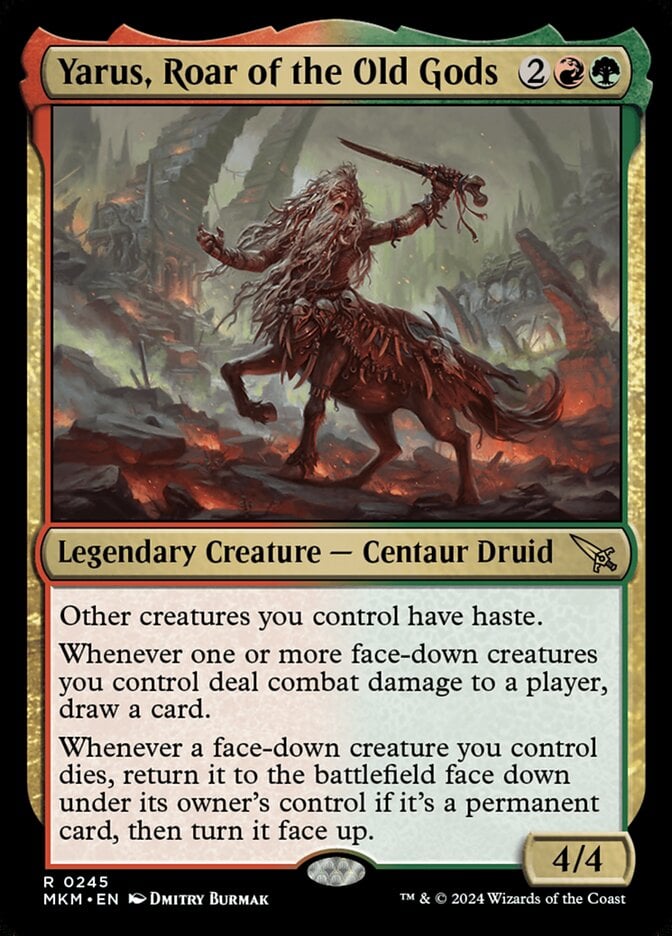
Disguise decks get a crazy good payoff in Yarus, Roar of the Old Gods. If it sticks around, you’re basically free to zerg attack with face down creatures over and over. Any future creatures you play get haste too!
Tolsimir, Midnight’s Light
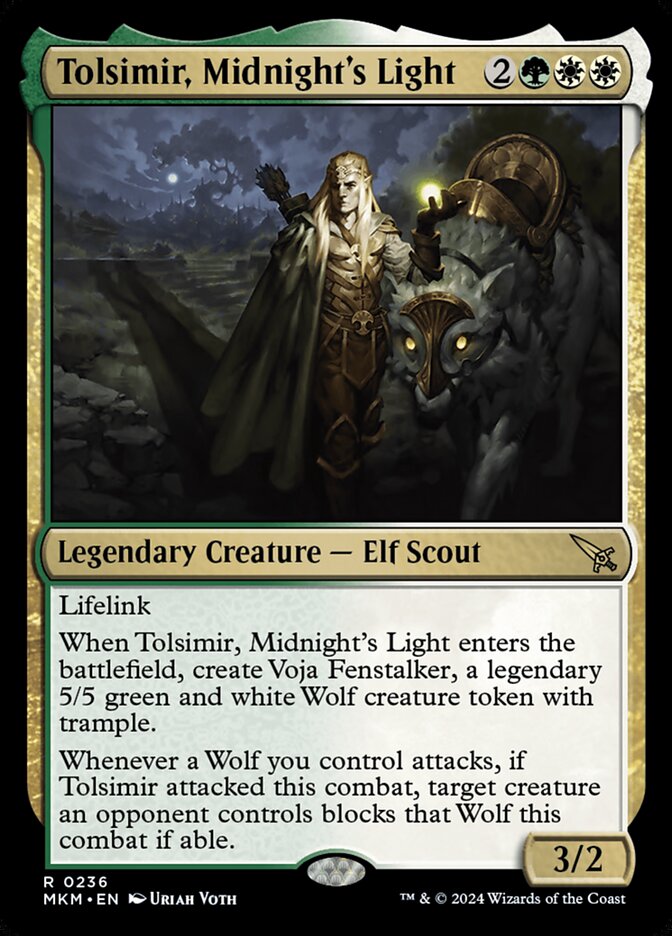
I’m tempted to just type “lol” and move on. Seriously, you’re telling me I get a 3/2 lifelink, a 5/5 trample, and I get to make my opponent block the Voja Fenstalker? Tolsimir, Midnight's Light is another crazy groan test bomb.
Teysa, Opulent Oligarch
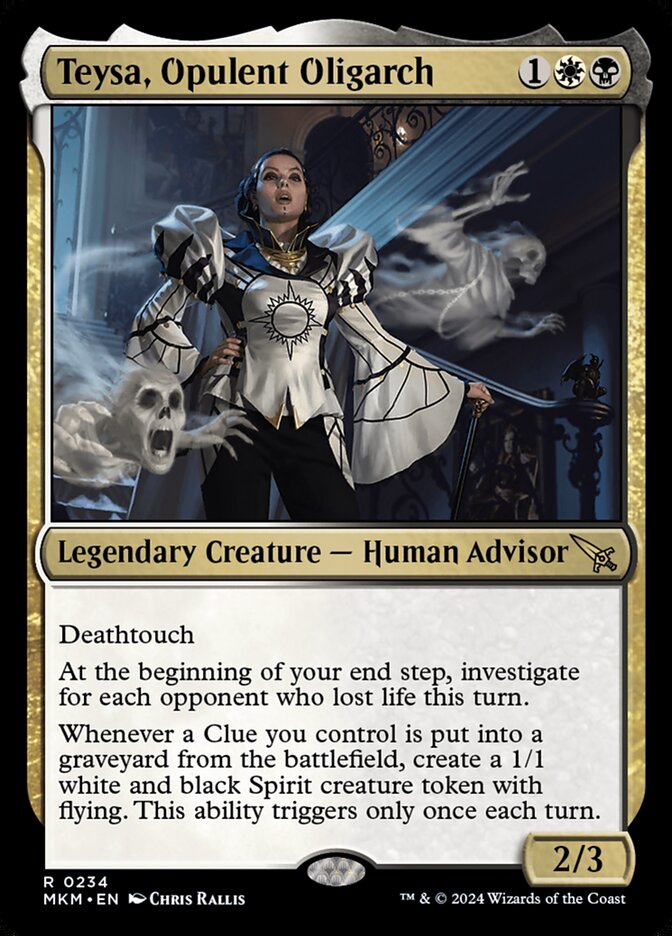
Teysa, Opulent Oligarch is a strong value creature if you can continue making Clues. Once you get one Spirit from it, Teysa can continually fuel itself.
Ill-Timed Explosion
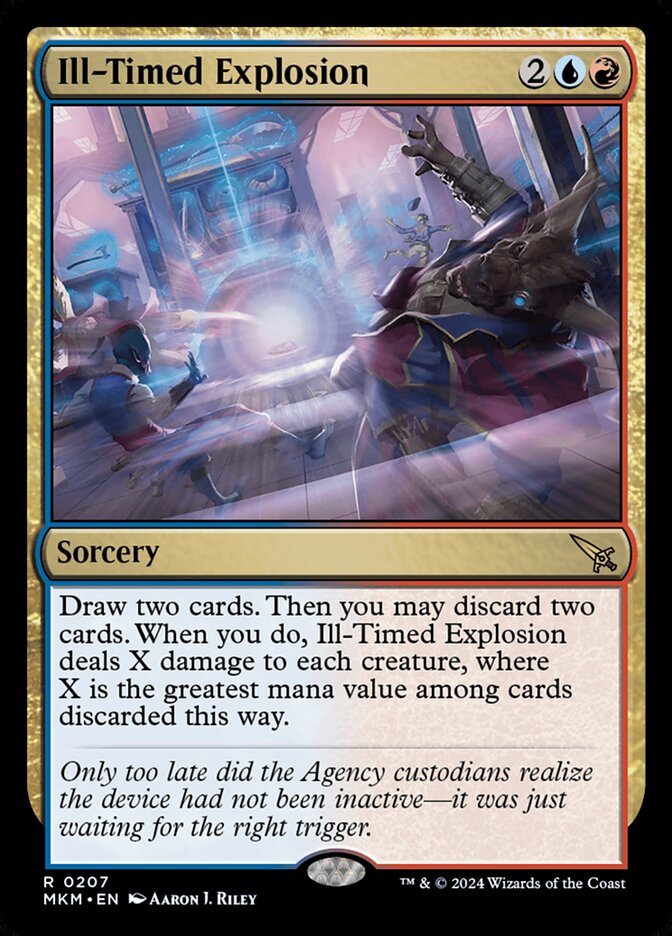
Ill-Timed Explosion is the third rare sweeper so far, so avoid overcommitting in MKM! The goal here will usually be to draw two, then discard a spell + unwanted land. You have a lot of control over what lives and dies since the damage gets calculated from the mana value of the discarded cards.
Izoni, Center of the Web
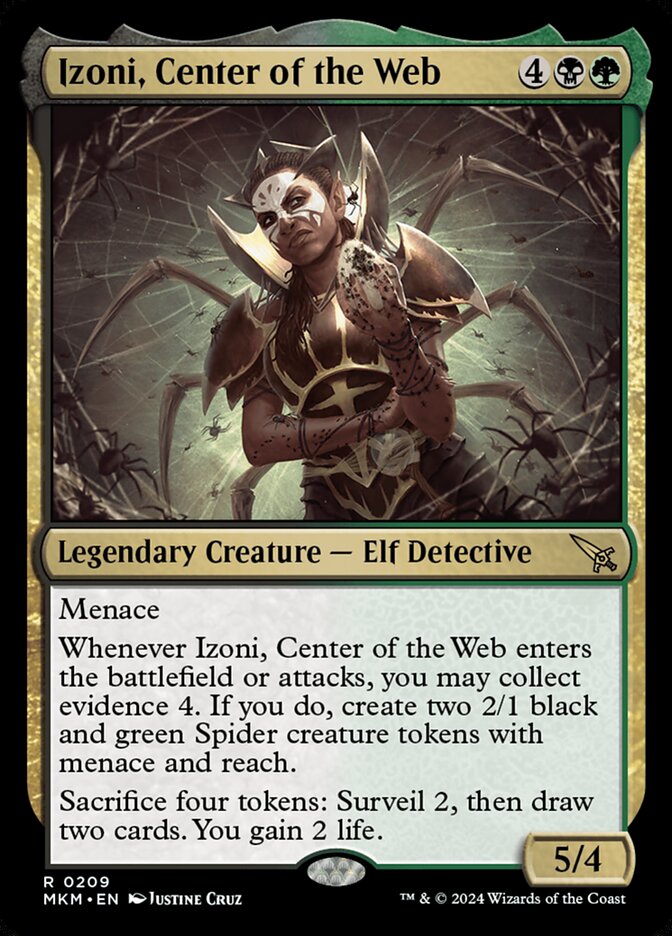
Grave Titan? Is that you?
Aurelia, the Law Above
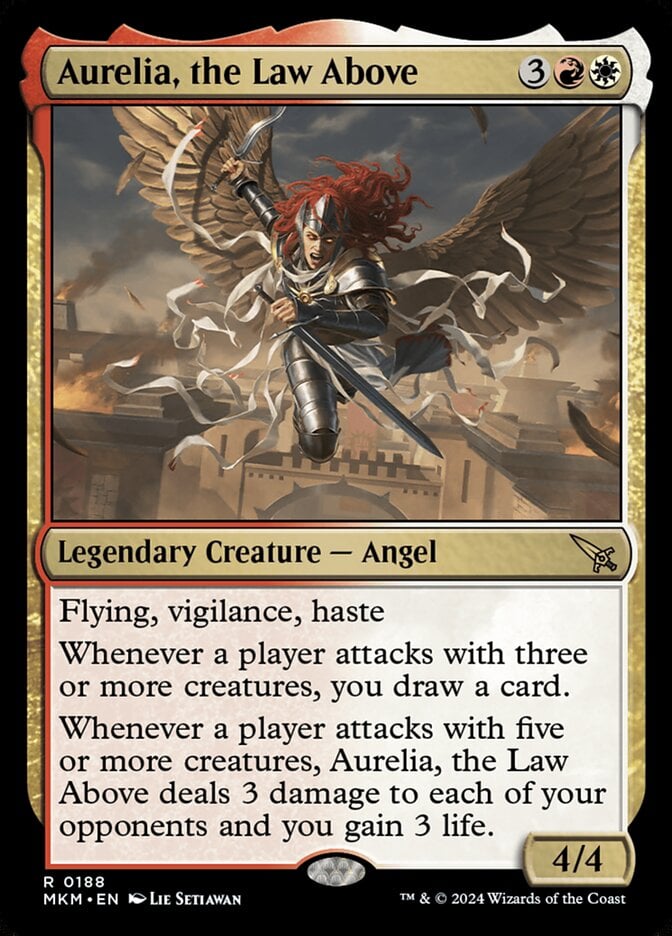
This card claims to be an Angel but it’s definitely a Glorybringer in spirit. Aurelia, the Law Above is a terrifying threat that demands an immediate answer.
Warleader’s Call
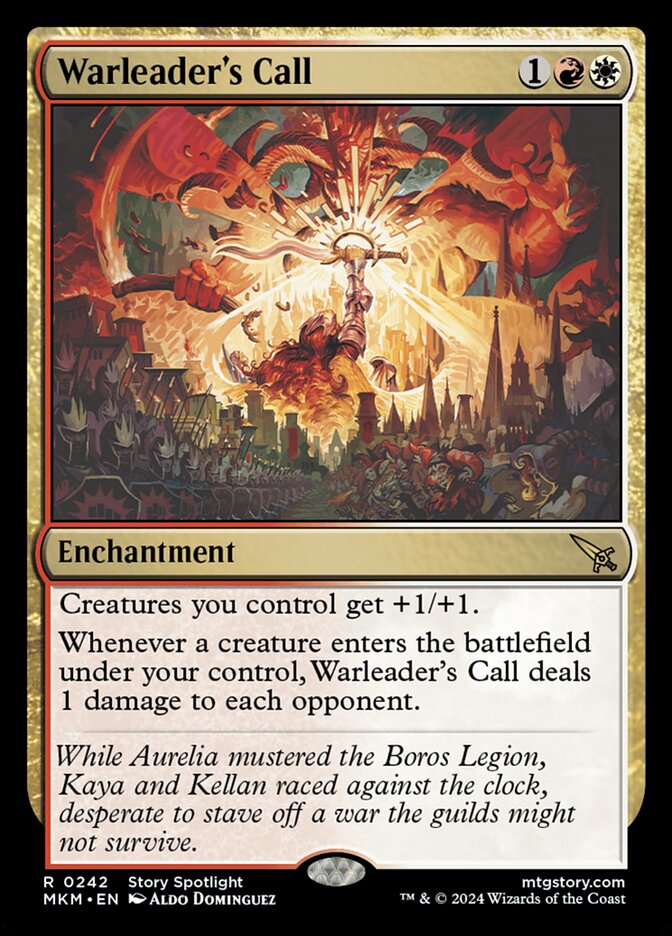
Glorious Anthem is still a great Limited card and Warleader's Call manages to be even better with free damage. Impact Tremors fans, rejoice!
Kellan, Inquisitive Prodigy
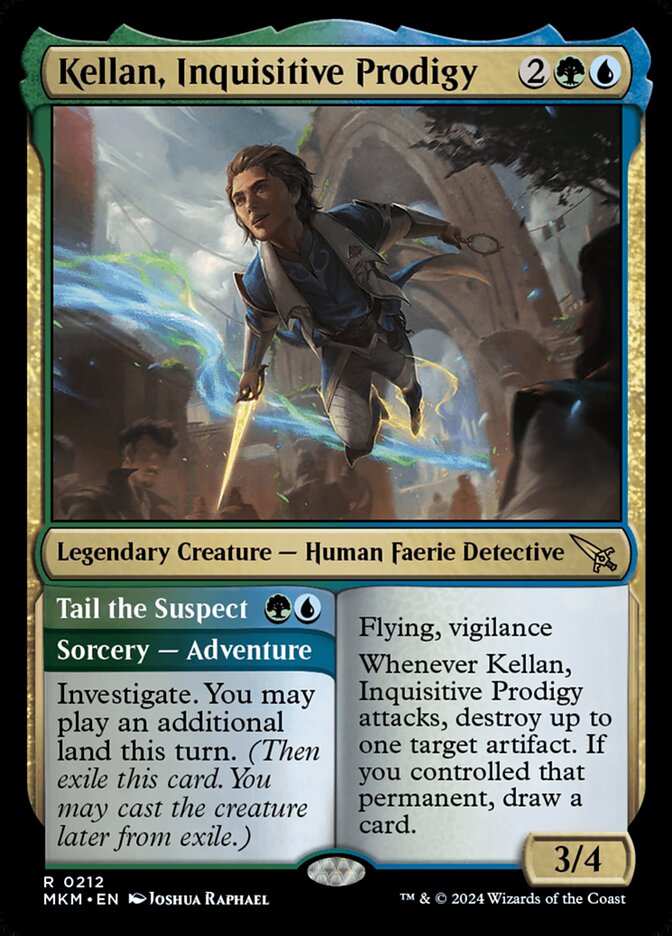
The third iteration of Kellan wanted to try being Trygon Predator, but better in every way. Kellan, Inquisitive Prodigy succeeded admirably!
And with that, I’ve listed 37/70 rares as bombs! Try splashing as many bombs as you can to get the most from this Prince set.
Bad Rares
Alas, we can’t all be Vein Ripper. Here are some rares you shouldn’t bother playing:
Expedited Inheretance

“A creature” means both players benefit, yet you are the one who ponied up a card and 2 mana for Expedited Inheretance.
Undergrowth Recon
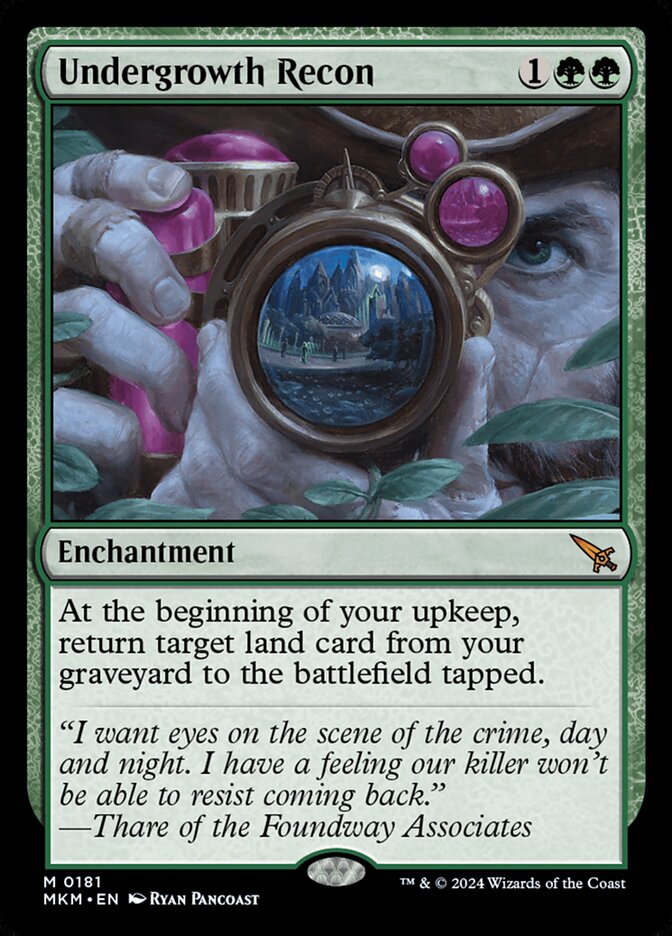
MKM doesn’t have enough self-mill to support Undergrowth Recon. It’s best saved for niche Constructed decks.
Case of the Ransacked Lab
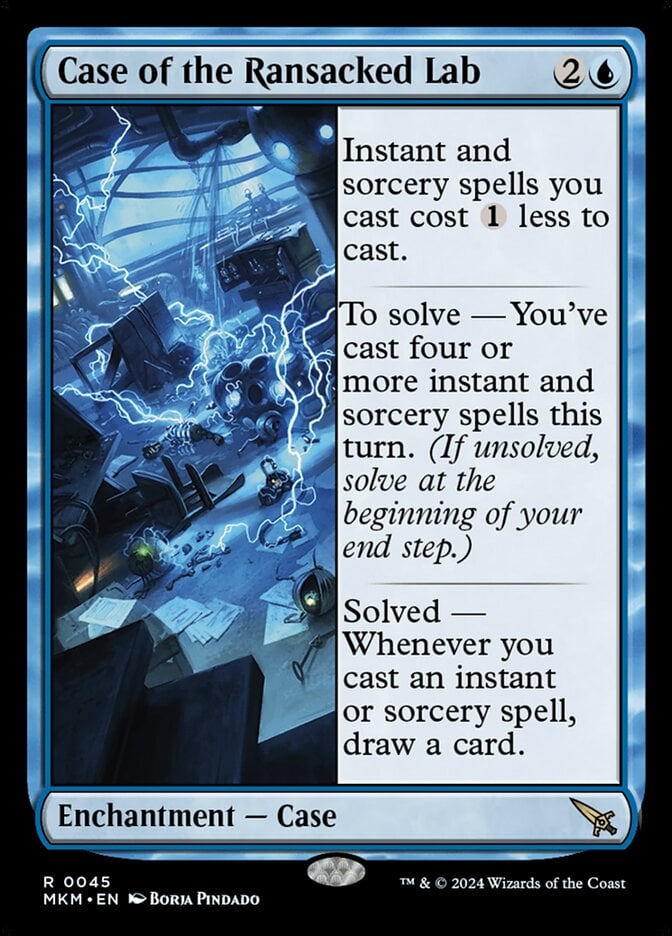
Case of the Ransacked Lab is a storm card in a set that doesn’t support the archetype. Casting four instants and sorceries in a turn is pretty much impossible in Limited.
Reenact the Crime
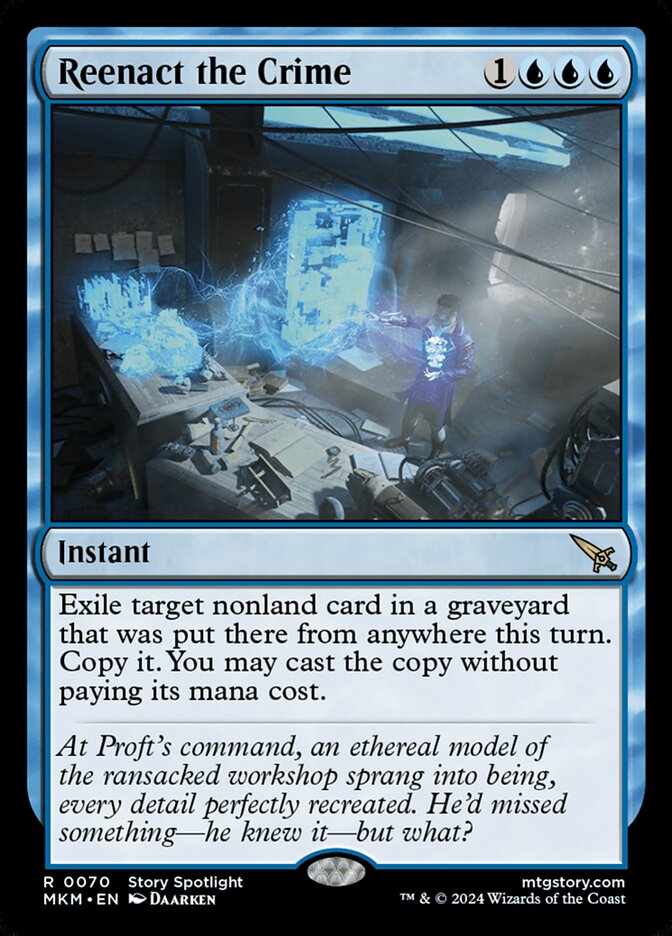
Reenact the Crime isn’t necessarily useless, but it costs and requires careful setup to do anything impressive. It’s safer to avoid it.
Illicit Masquerade
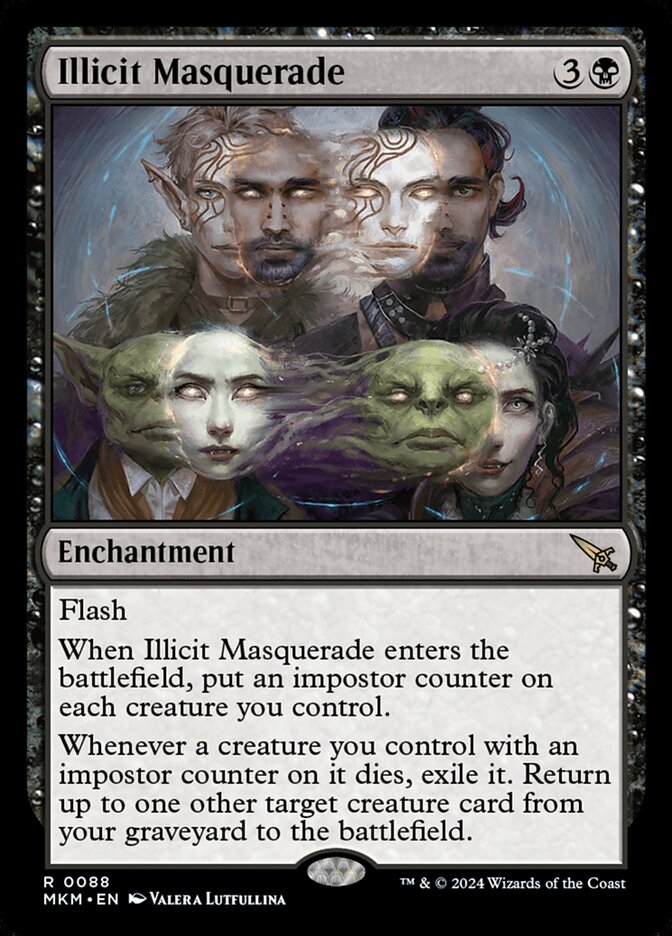
Illicit Masquerade might be powerful, but it requires lots of setup (need creatures on the battlefield + creatures in the graveyard) with a play pattern than conflicts with collect evidence.
Anzrag's Rampage

It’s Shatterstorm with cool upside. I might sideboard Anzrag's Rampage in against certain decks but would never start it.
Audience with Trostani
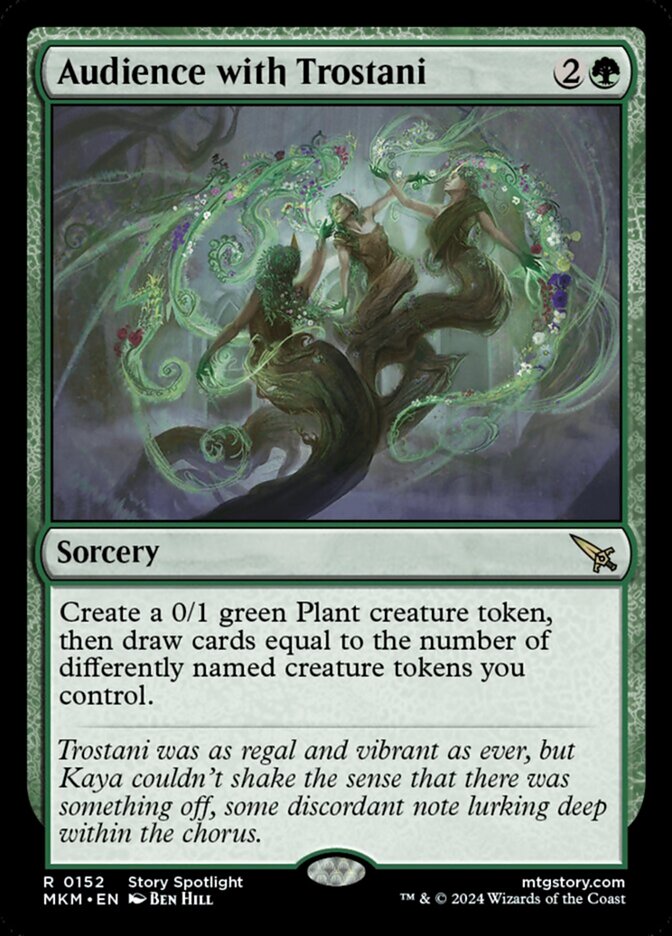
Never play Audience with Trostani in decks without several ways to make (non-Plant) creature tokens. It’s pretty good with setup though (Divination or better with a bonus chump blocker thrown in).
Relive the Past
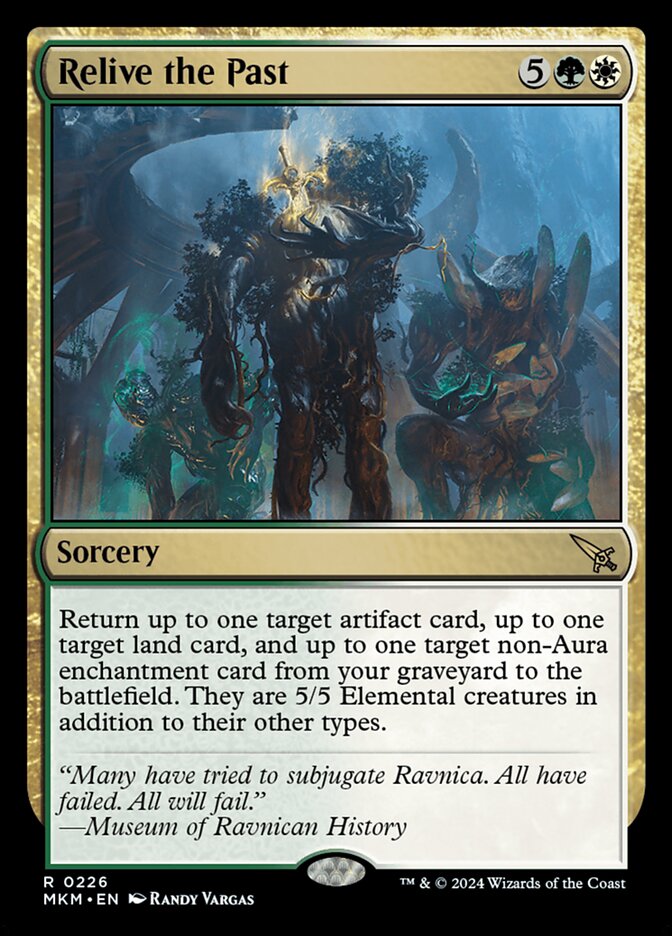
I like the idea of creating three 5/5s with Relive the Past but doing so in Limited looks almost impossible.
Kylox, Visionary Inventor
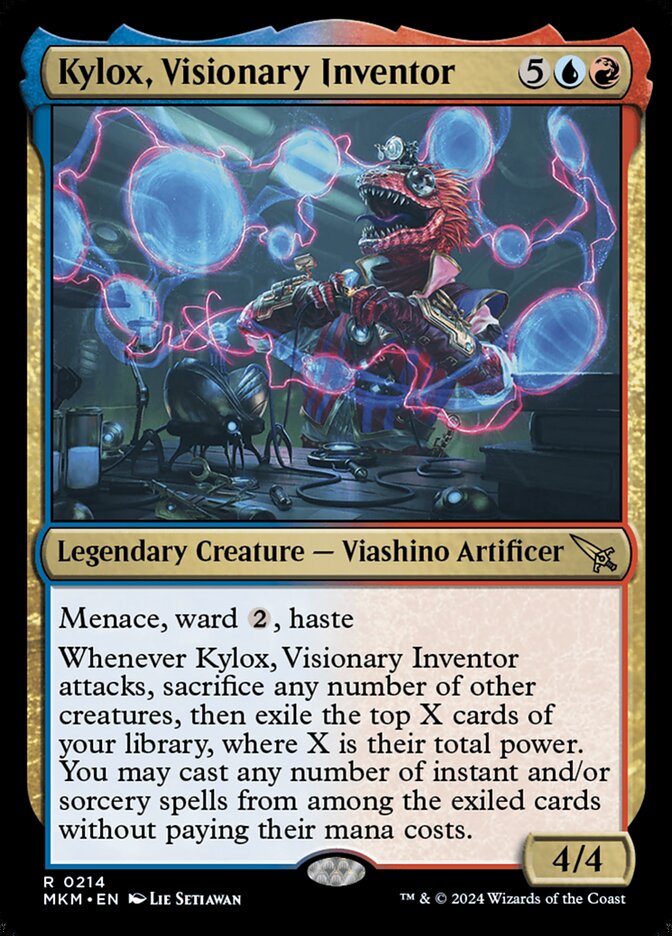
Kylox, Visionary Inventor is quite undersized for what you’re spending and going all-in on sacrificing creatures to it will likely backfire.
Leyline of the Guildpact
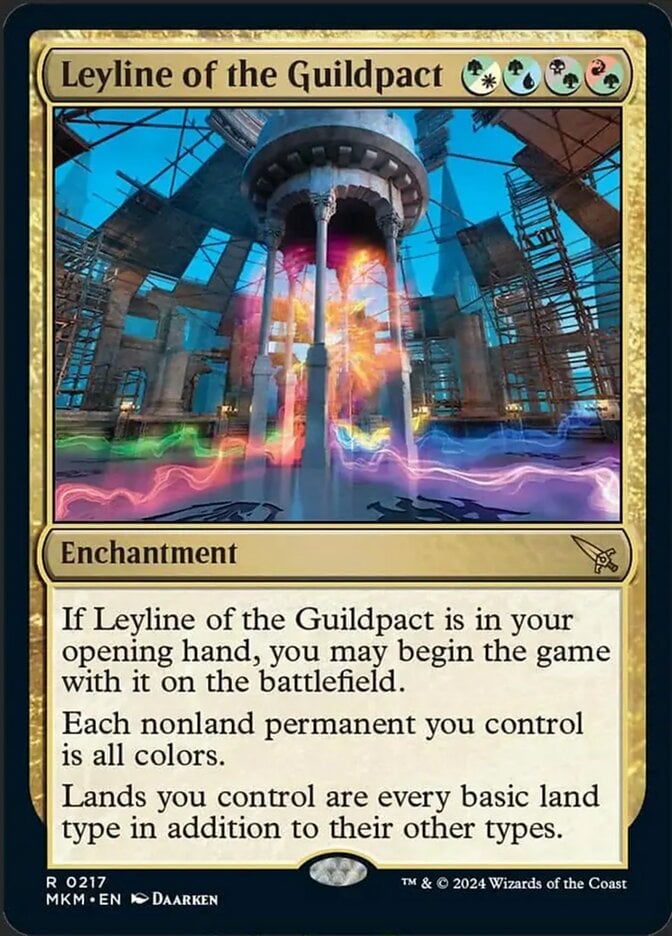
The only tentative uses for this do-nothing card are Niv-Mizzet, Guildpact and Case of the Shattered Pact and I wouldn’t even play Leyline of the Guildpact with them.
Cryptex
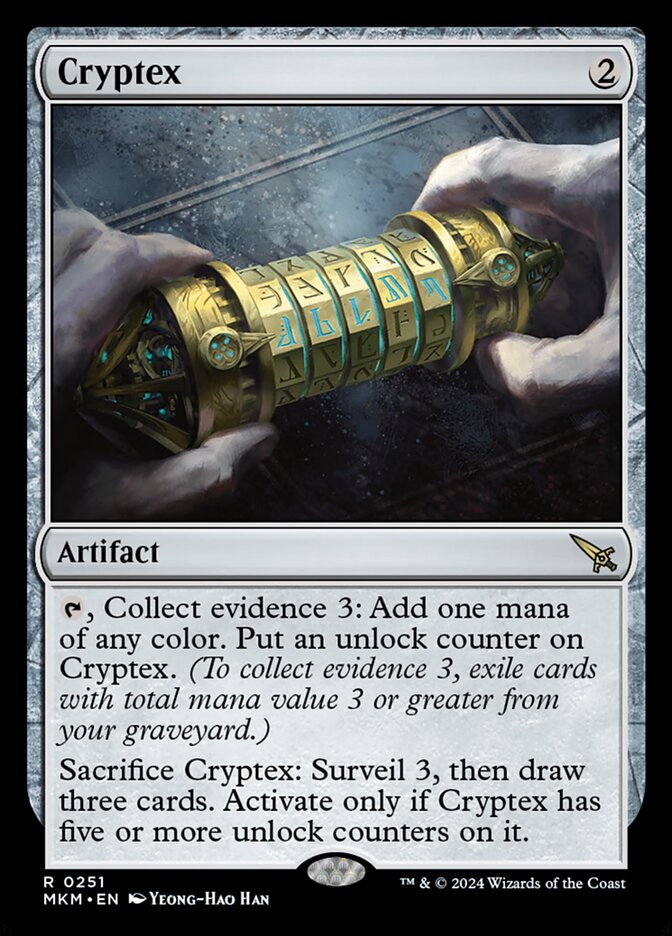
Tablet of Compleation fooled me once, so I won’t fall for this thing again. You could maybe play Cryptex in a deck with a ton of instants and sorceries, but don’t bother throwing it into random creature decks.
Playing the Set
We’ve covered a lot of ground so far, but I want to touch on some larger concepts for playing the set.
Splashing
The common fixers in the set are:
Nervous Gardener
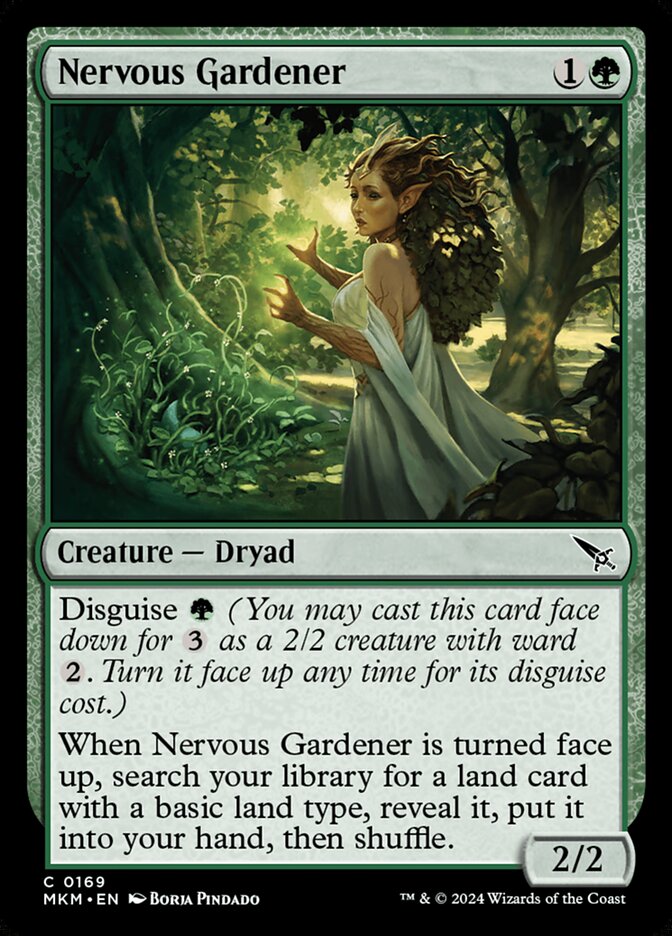
Nervous Gardener is a bear/value creature split card any deck can leverage.
They Went This Way

I hope this format lets me cast greedy value spells like They Went This Way. It’s best in decks with good late game or sweepers that can afford to take a turn off.
Topiary Panther
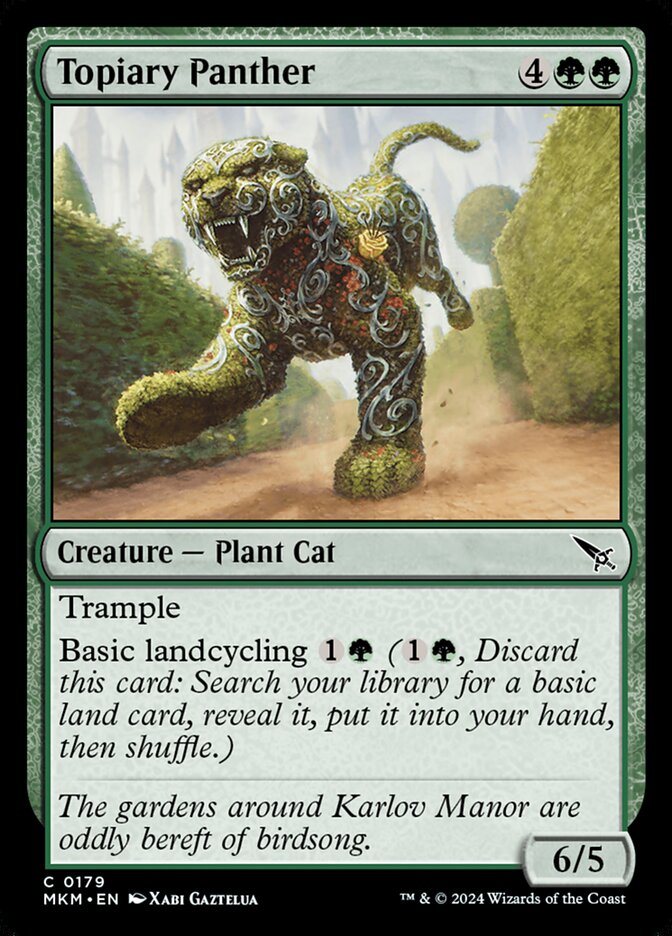
A decent fatty that helps with splashes by cycling for basic lands. Note that Topiary Panther goes directly to the graveyard for evidence collection!
Gravestone Strider

Gravestone Strider is a mediocre at best blocker that fixes mana in a pinch. Not a card I’d hope to play.
Escape Tunnel
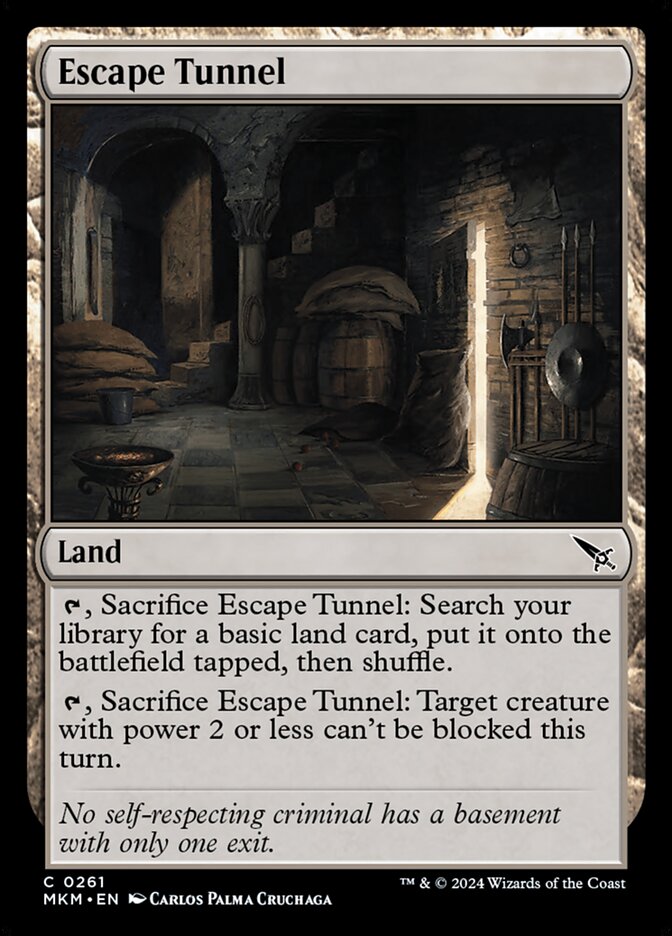
Evolving Wilds is always solid, and Escape Tunnel’s minor upside is cute.
Public Thoroughfare
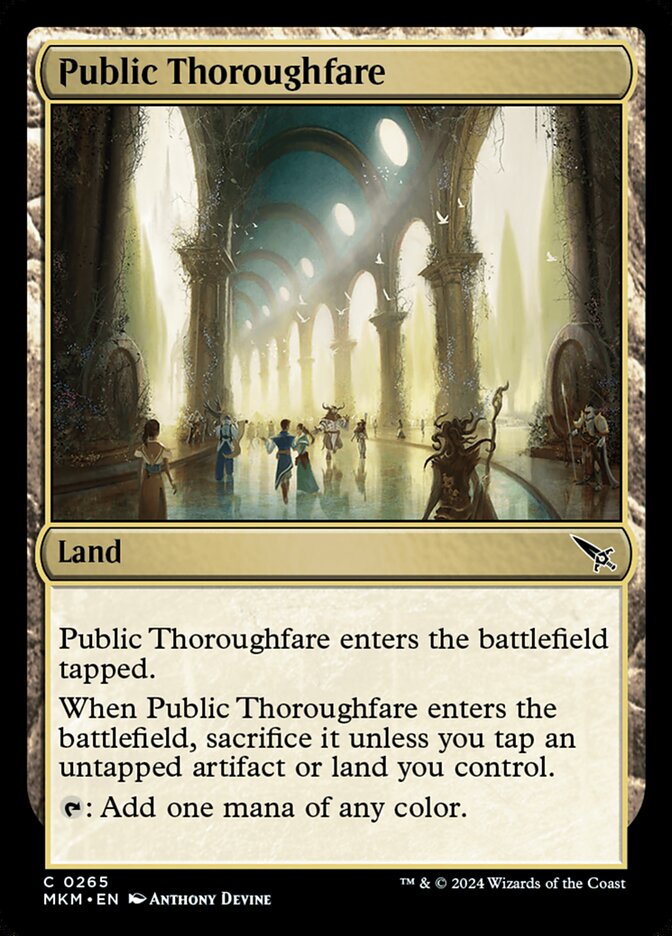
Public Thoroughfare is appreciably better than Gateway Plaza since you can tap Clues to subsidize it. It’s best in decks that would already consider Gateway Plaza (i.e. greedy 4-5c piles).
Splashing is easiest in green-based decks as all the green fixers are at least decent. Non-green decks should splash lightly as their options are rather limited. There’re also some uncommon options for splashing like Buried in the Garden and Case of the Shattered Pact.
Land Counts
Disguise and investigate are your main mana sinks. I could see playing 18 lands in MKM if you have enough ways to use your mana. 17 lands is always a safe bet though, and 16 is my go-to number for lean aggro decks. Aim for at least seven sources of each primary color and 3+ sources for any splashes.
Gameplay Tips
- Please don’t forget about Ward on disguised creatures! I would hate to see anyone waste a Shock….
- Don’t forget to sideboard based on what your opponent has. There’s no reason to leave Gearbane Orangutan in the sideboard against Cryptic Coat. The same goes for enchantment removal against Makeshift Binding and Buried in the Garden.
- Splash the best rares you open, period. I don’t care if your mana gets wonky, don’t leave broken cards in your sideboard!
- Unconditional removal is of the utmost importance in this bomb-heavy set. Makeshift Binding, Murder, and Galvanize are three commons you really want to open in Murders at Karlov Manor.
Seven Steps for Sealed Success!
- Open your packs and sort your cards by rarity and color. Note any exceptional cards (bombs, removal spells, multicolor cards, mana fixing, etc.).
- Set weak cards aside, then assess which of your colors are deepest. Look for synergistic clusters of cards, especially ones that play off the set’s 10 major 2c archetypes (i.e. Sumala Sentry plus Crowd-Control Warden).
- Start laying out builds and try to include your best cards. Your baseline should be two colors with at least seven sources for each primary color (more is better).
- Consider whether splashing makes sense for your pool. The best cards to splash are usually bombs, removal spells, or sources of card advantage.
- Aim for a good balance of bombs, removal, card advantage, and mana curve. If you’re worried about the clock, you can mitigate time anxieties by having a baseline done early (i.e. “I know I’m playing for Ezrim, Agency Chief, so I’ll lay out that plus my best playables first…”).
- Settle on a final product, then battle it out!
- And don’t forget that you can use Draftsim's MKM Sealed pool generator to practice the set before Friday.
Three Sealed Examples
You’ve opened a brilliant pool Friday night!


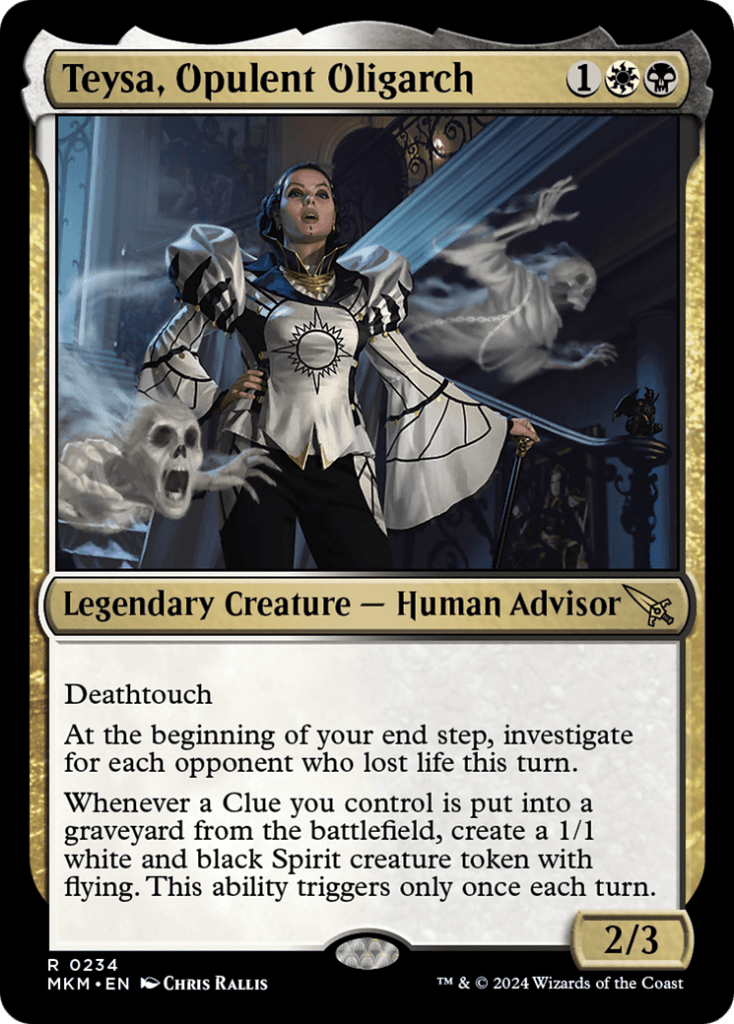
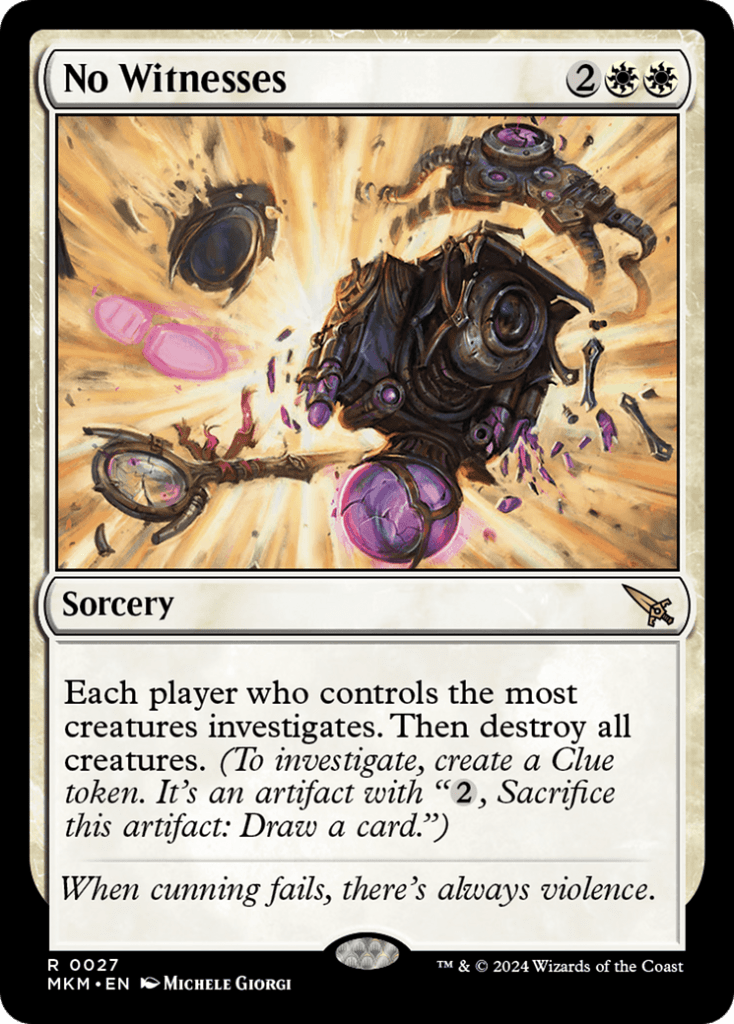
Your rares are Vein Ripper, Kaya, Spirits' Justice, Teysa, Opulent Oligarch and No Witnesses. You clearly have enough playables to be , so you lay out the rares + your best commons/uncommons and have 20/23 sitting in front of you. This would be the perfect time to consider splash options, fiddle with your mana curve, count the number of colored symbols on your cards, etc. Even if you end up low on time, finishing the deck would only take a couple of minutes!
You open a second pool Saturday:
Your rares are strong but all over the place (i.e. Rakdos, Patron of Chaos, Vannifar, Evolved Enigma, and some good white rares). You look at the rest of your pool and find your uncommons and multicolor cards are spread out as well. If you open this kind of pool, I recommend that you start with your strong cards and fixing first. Look to your filler for a backbone (i.e. 2-drops, kill spells), then eliminate extraneous colors/cards once you’ve found the right direction.
You open your third and final prerelease packs on Sunday, and they unfortunately aren’t great…
You’ve unfortunately opened four different dual lands, and just one bomb (Aurelia, the Law Above). The best hope for salvaging your pool may be to build an aggressive deck. Prioritize cheap creatures, pump spells, and ways to clear out blockers.
Conclusion
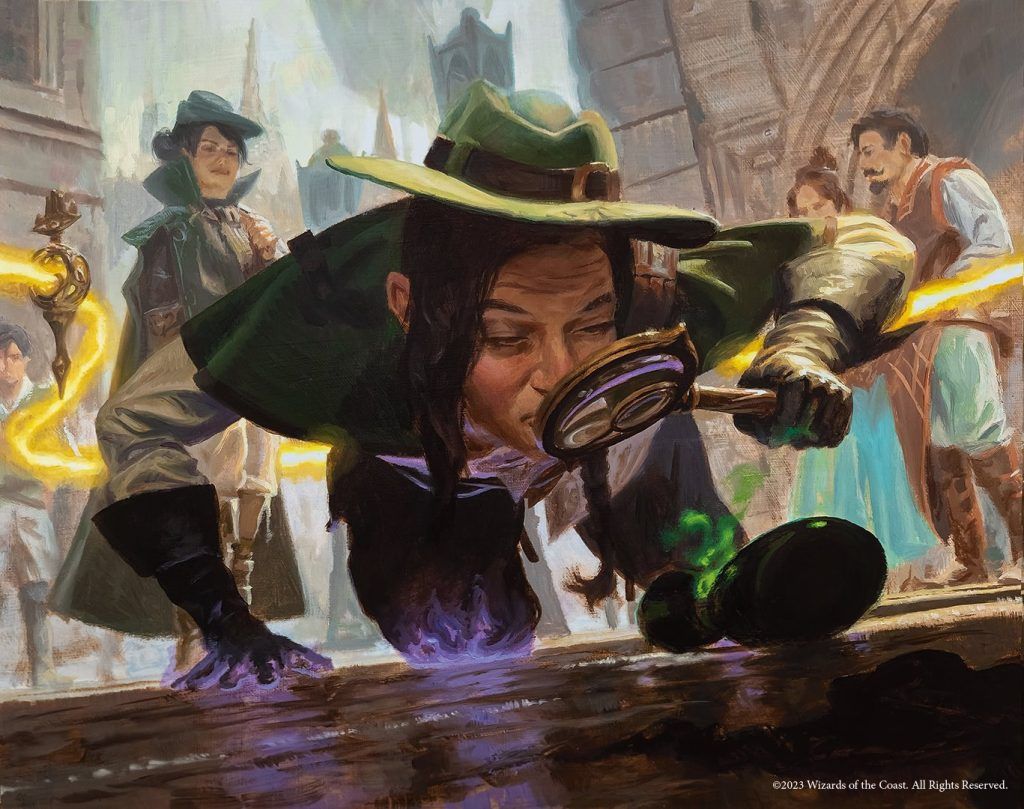
Sharp-Eyed Rookie | Illustration by Jake Murray
And this concludes our guide!
We hope you’ve enjoyed this tour of Karlov Manor, and trust that the suspect (cough Trostani, Three Whispers cough) has been apprehended by the time you’re reading this. Even once justice is served, plenty of Clues litter the streets of Ravnica, promising plenty of future investigations.
What’s your favorite card from Murders at Karlov Manor? Are you looking forward to Prerelease? Let me know in the comments or on the Draftsim Discord!
Until next time, may your murder mystery sets always be fun!
Follow Draftsim for awesome articles and set updates: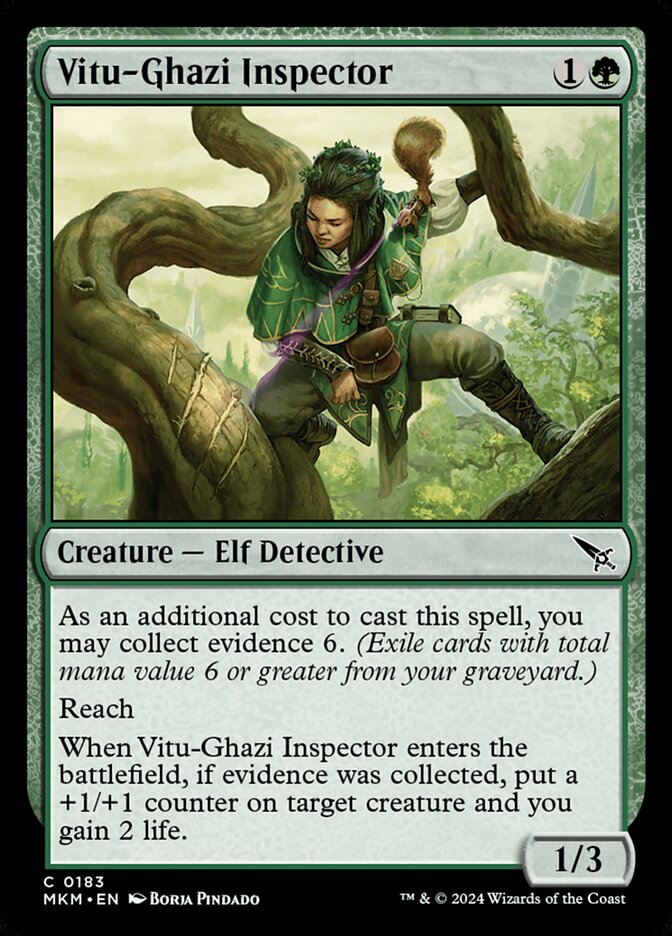
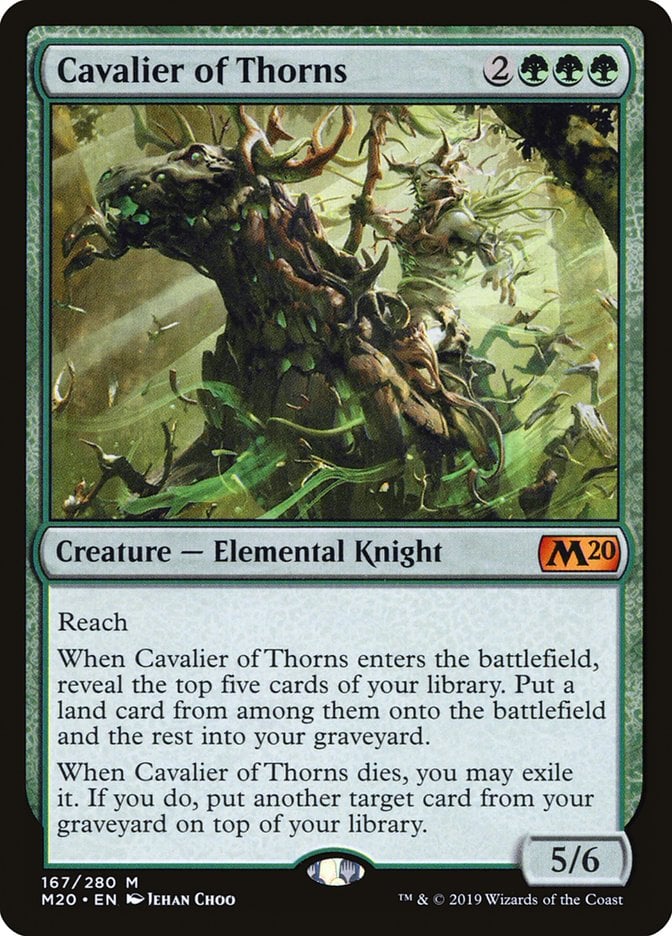
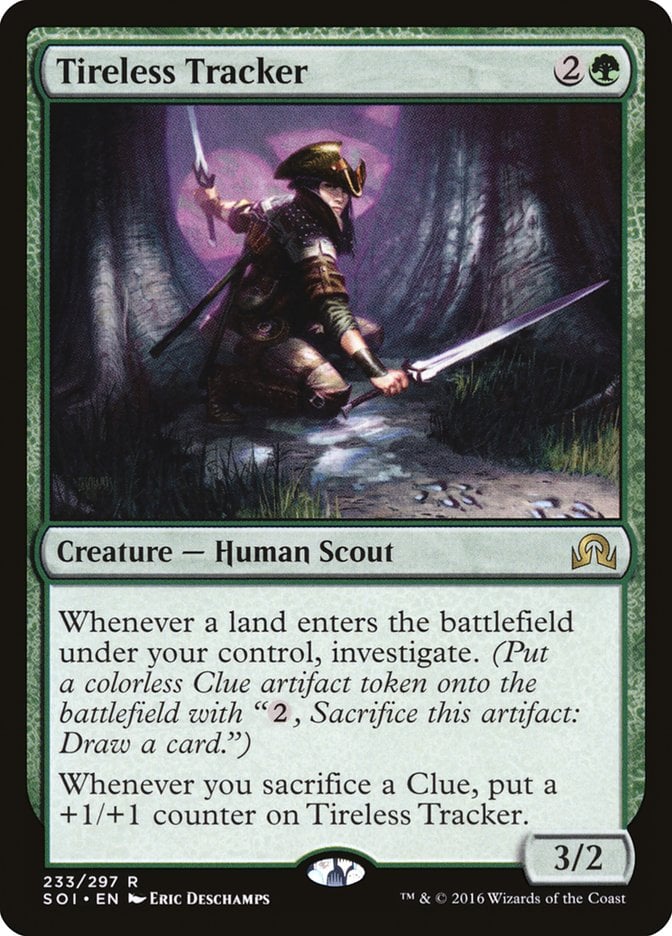
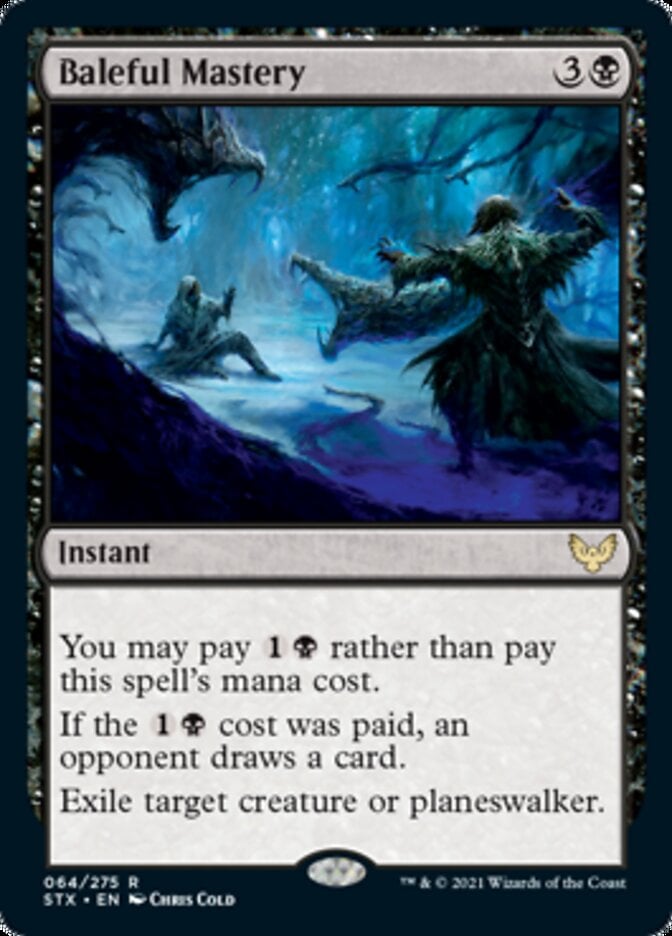
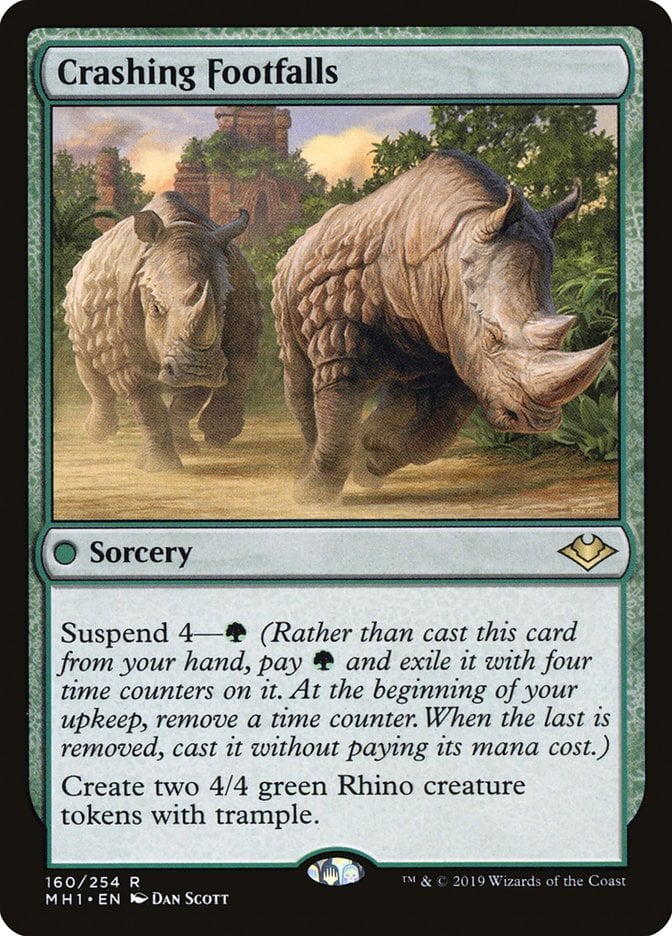
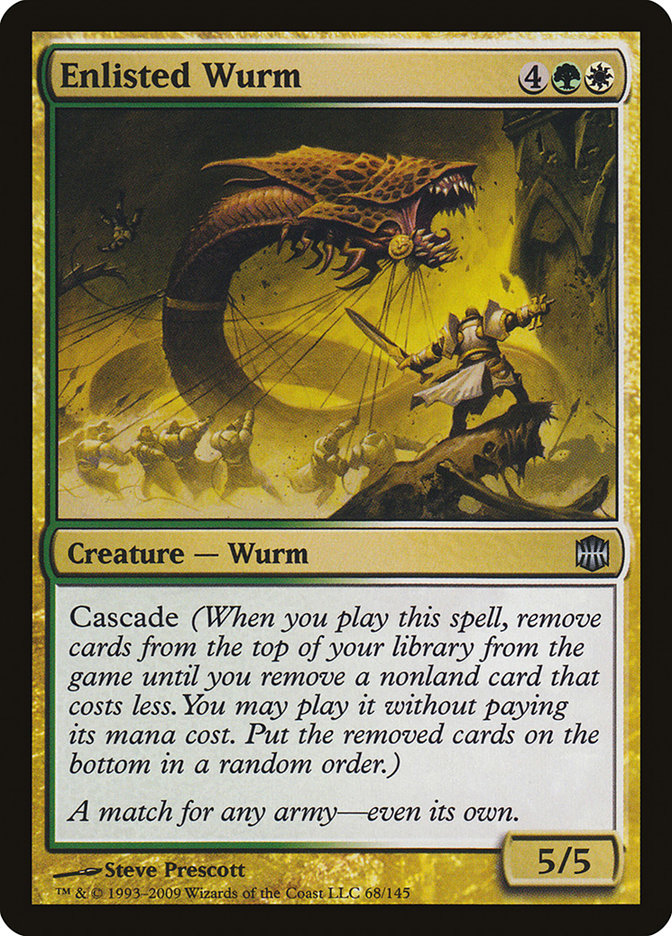



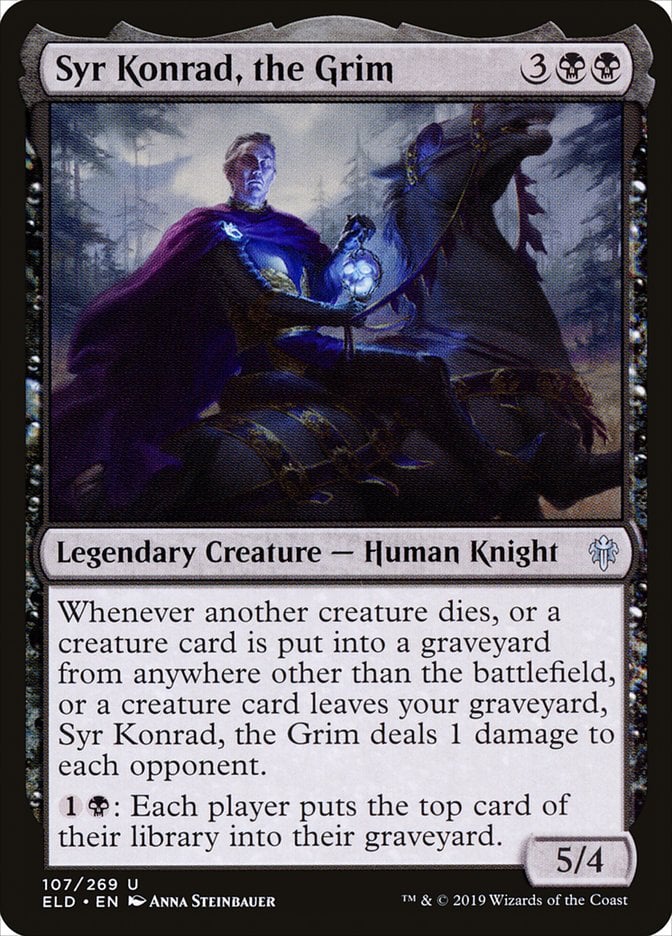
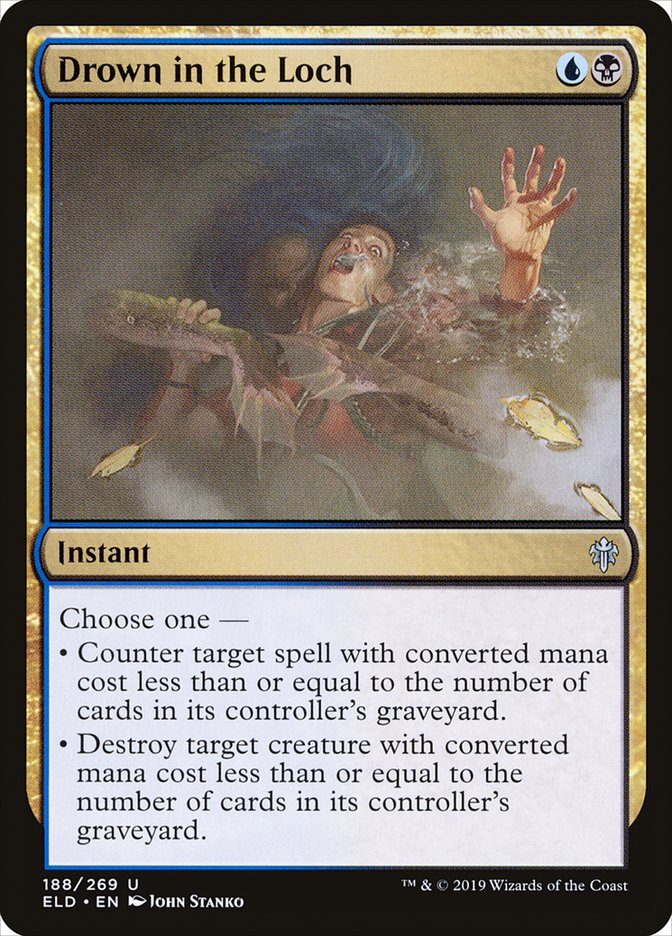
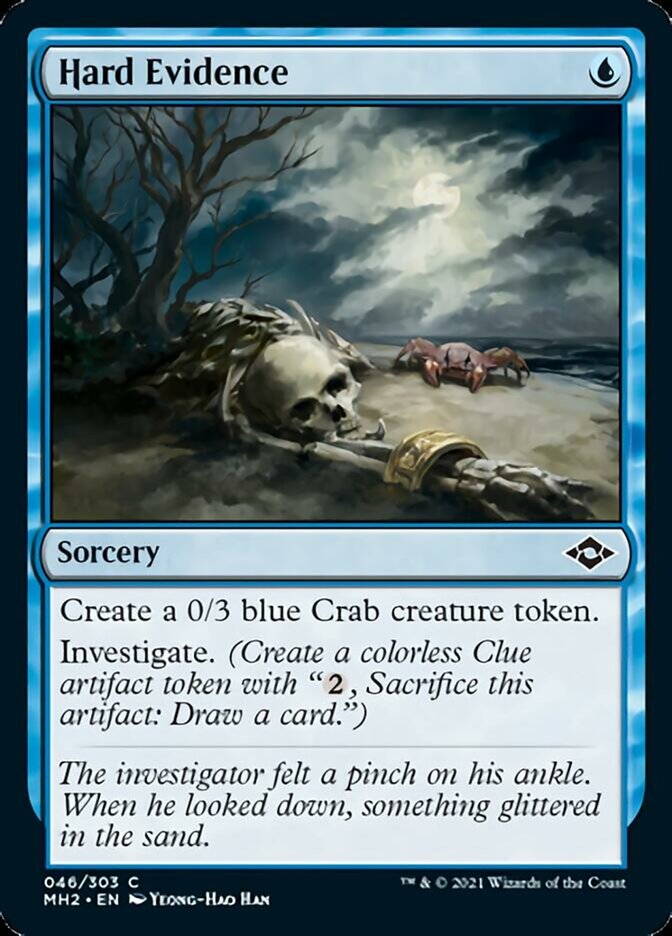
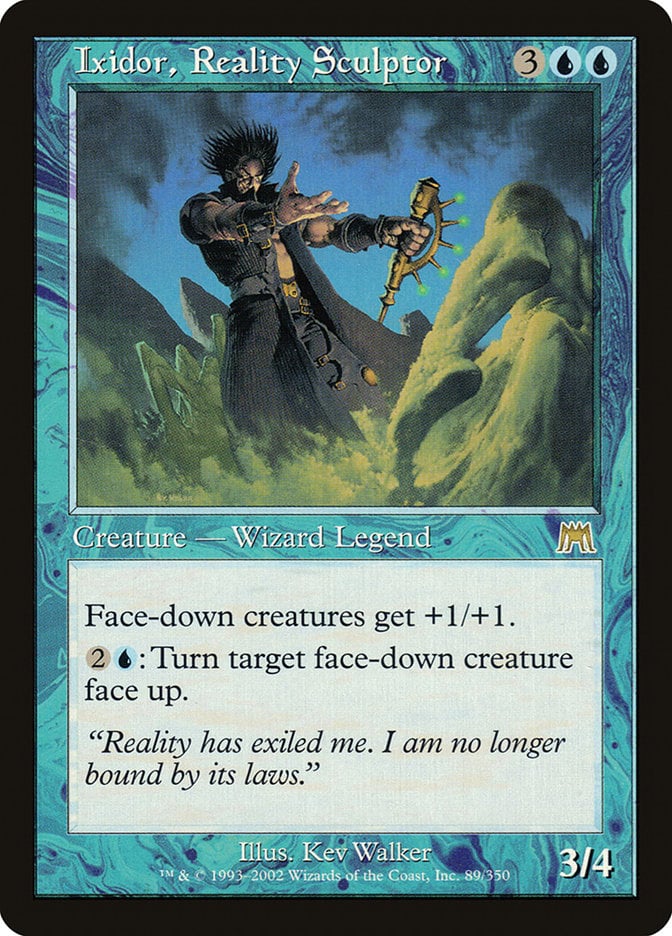
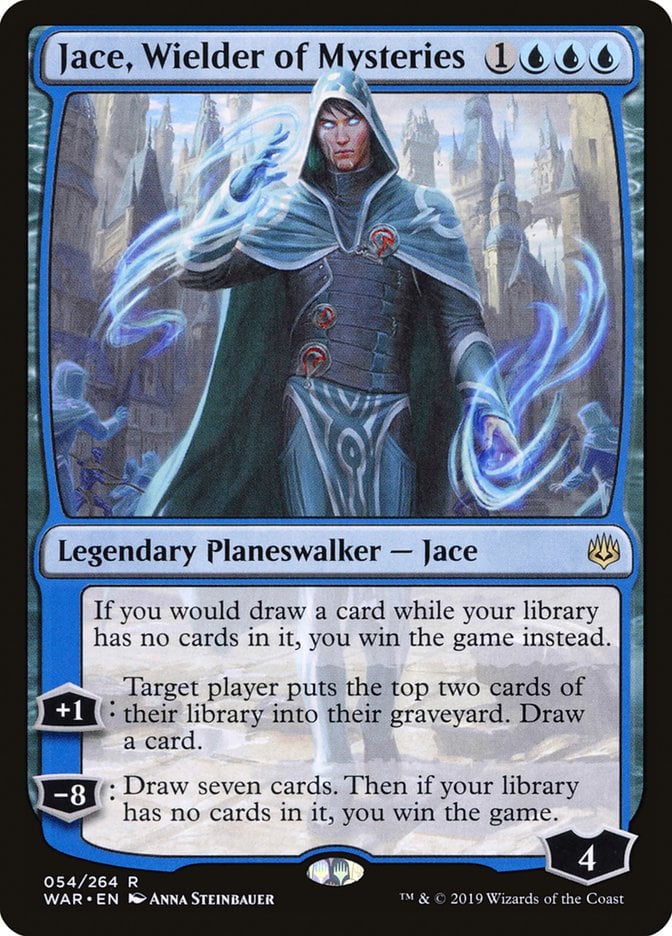
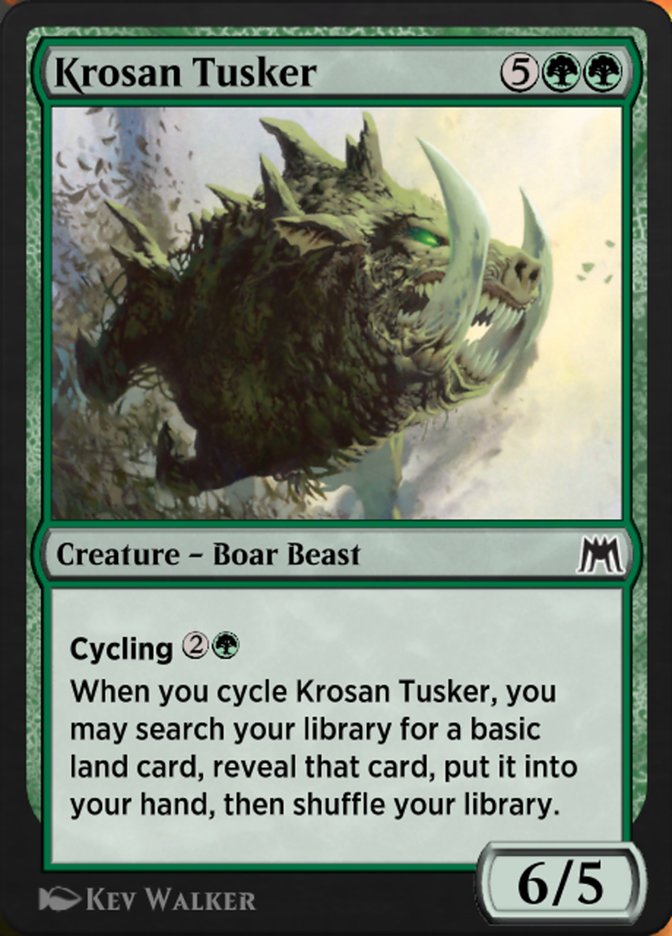

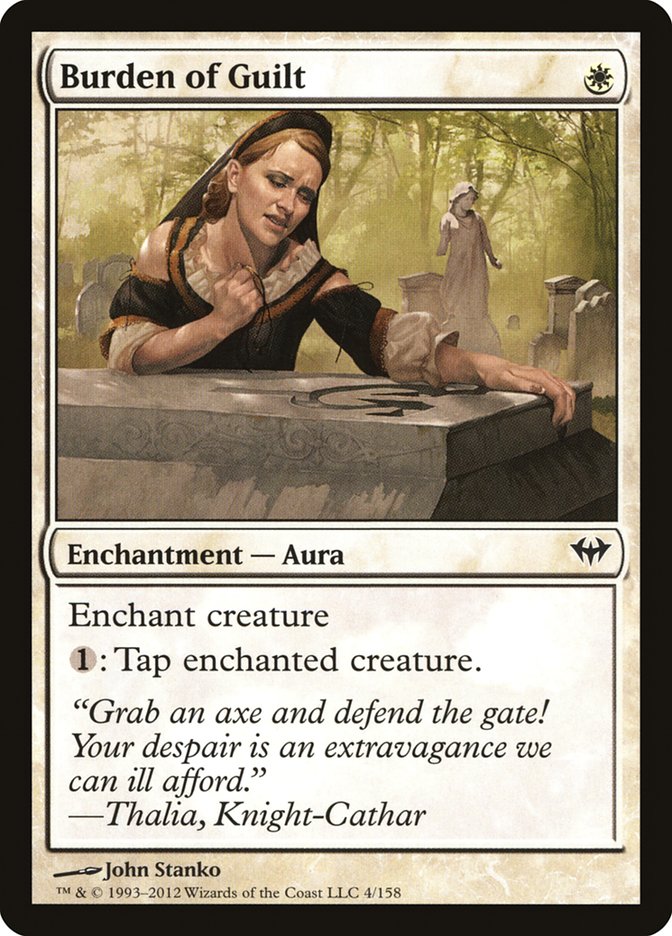

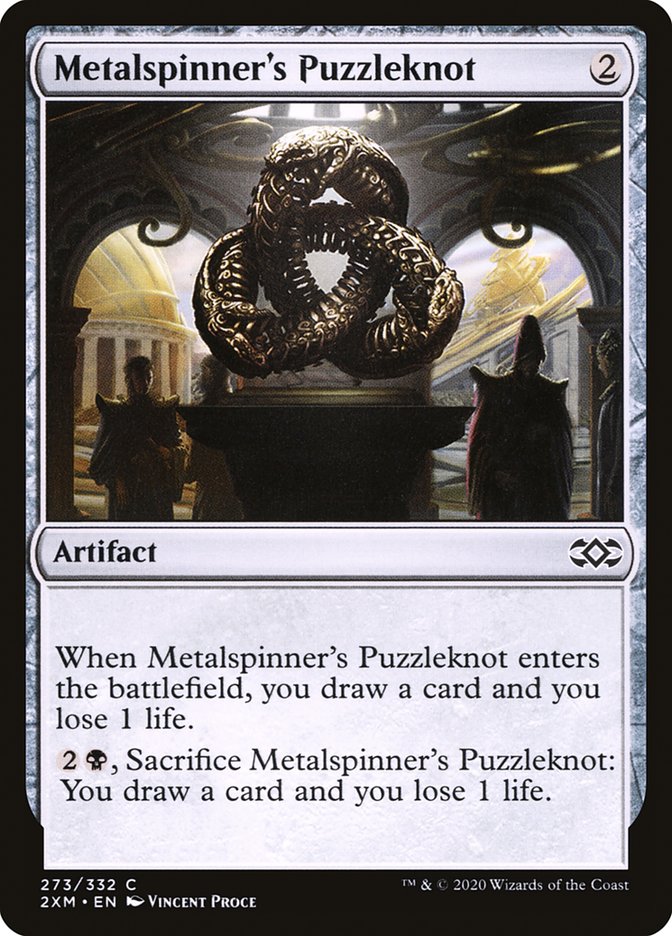
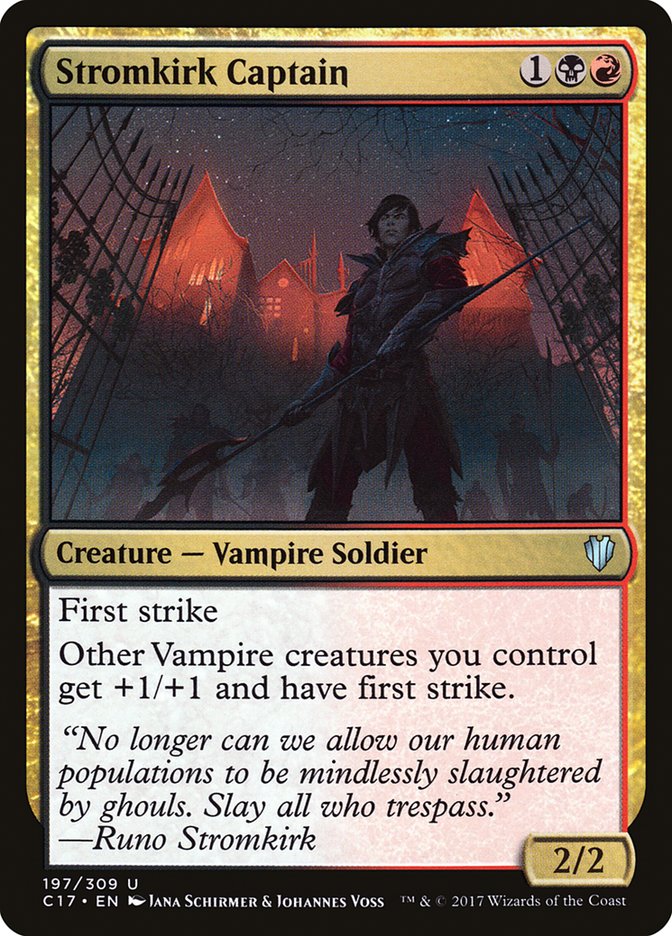
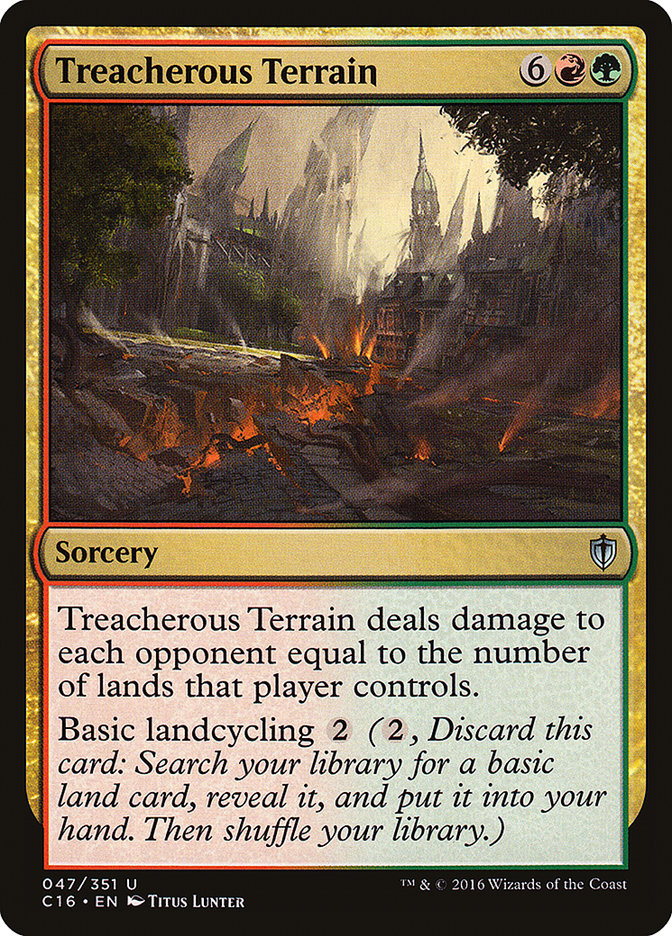
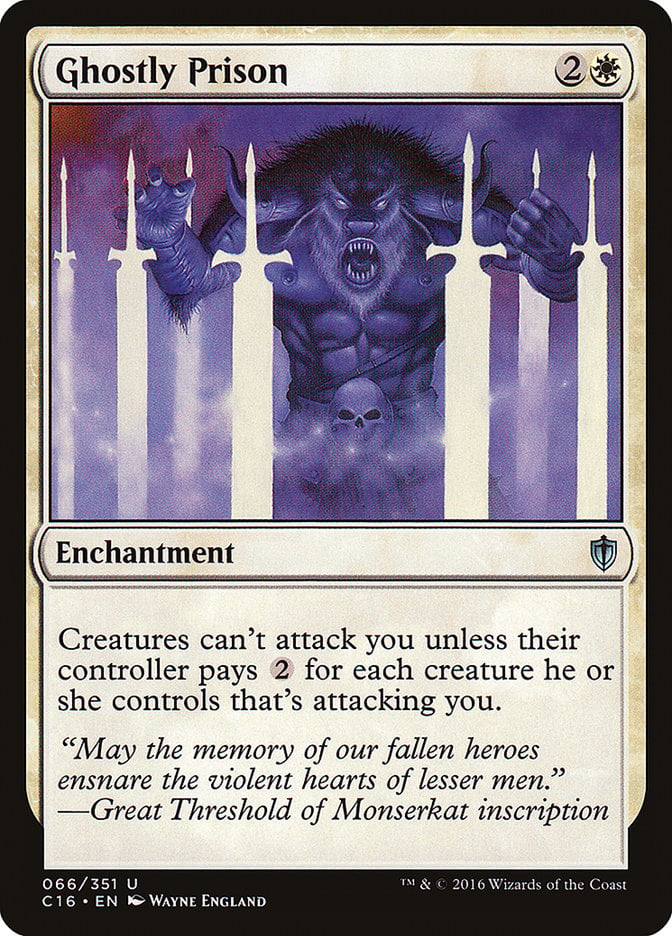
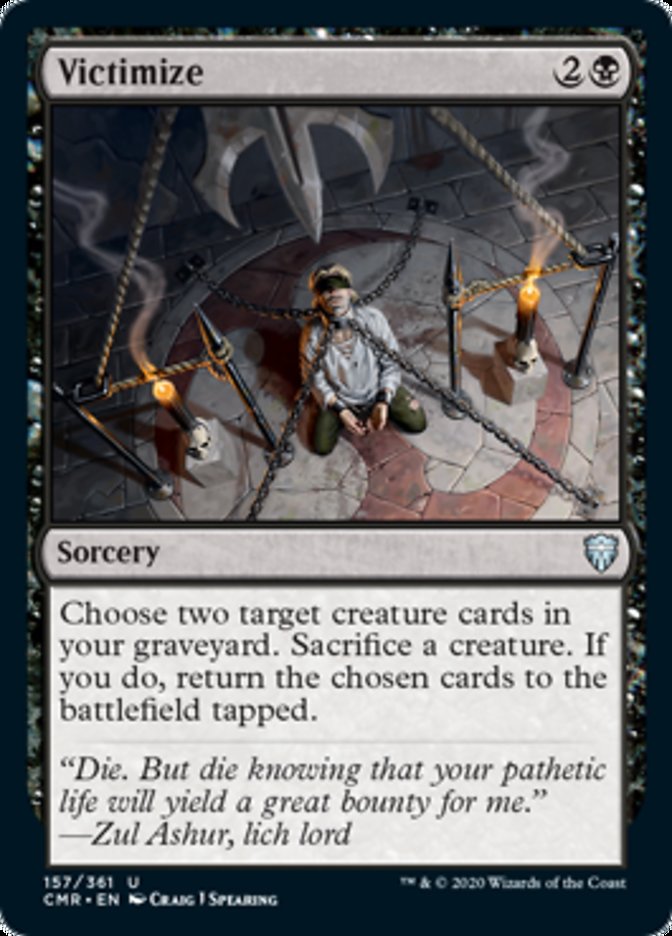
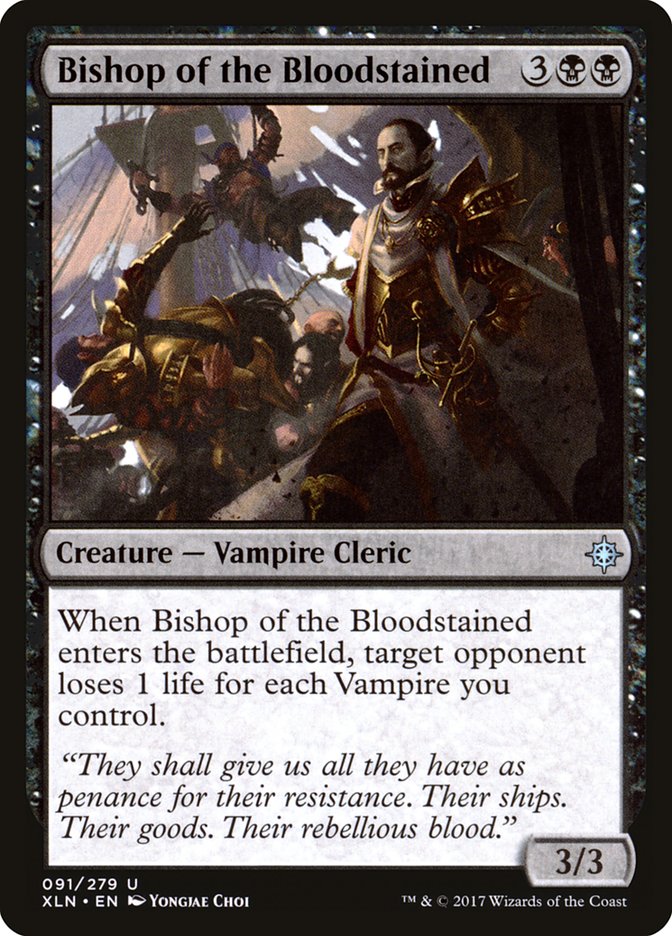
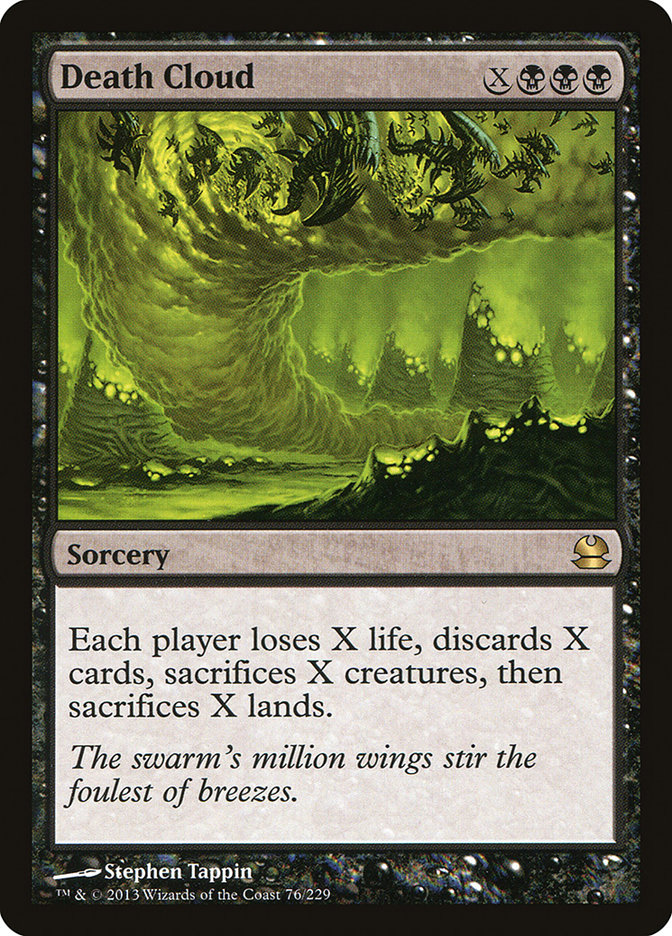
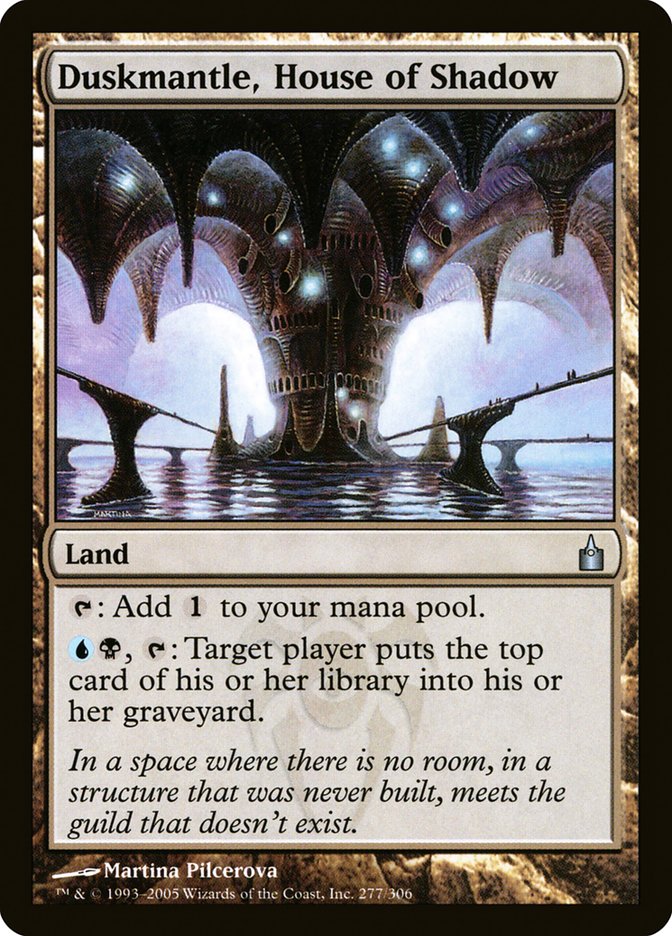
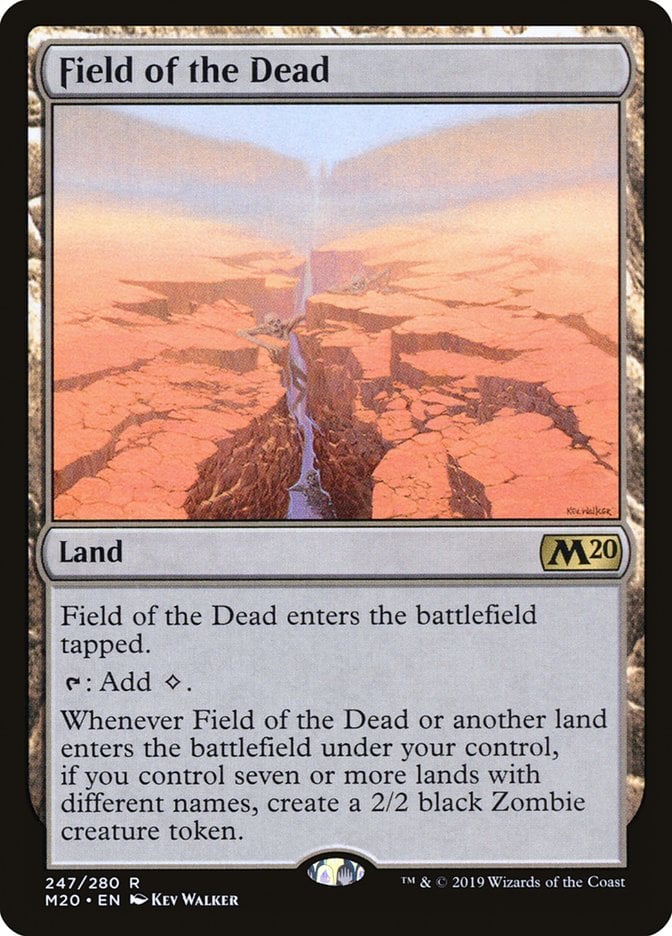
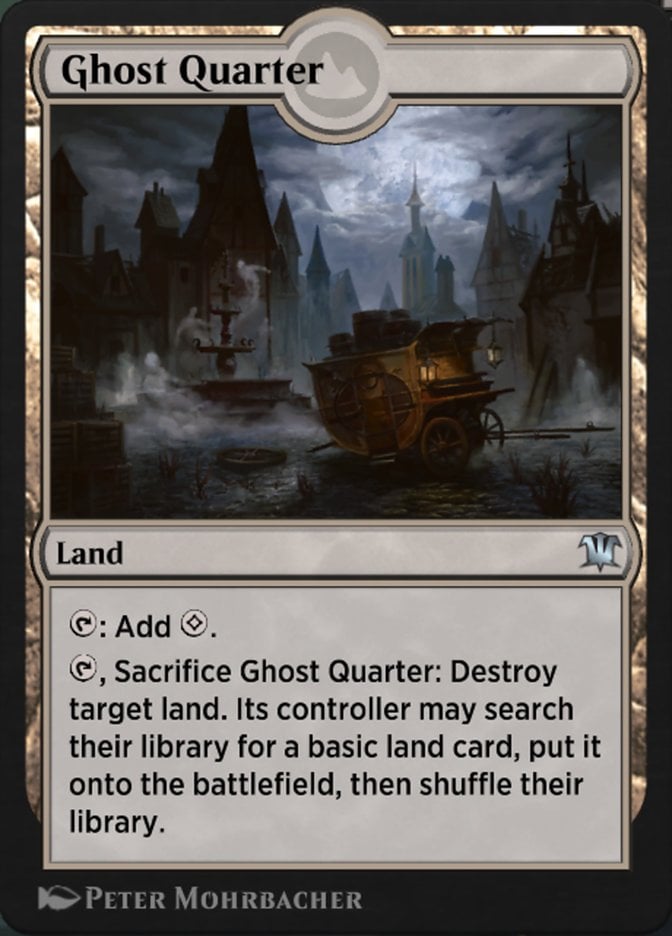
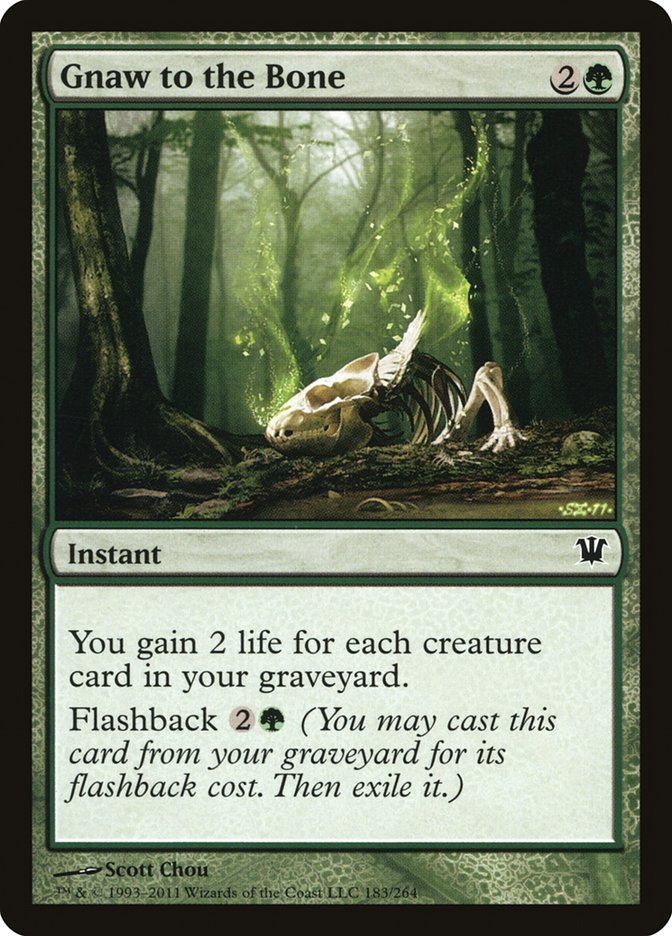

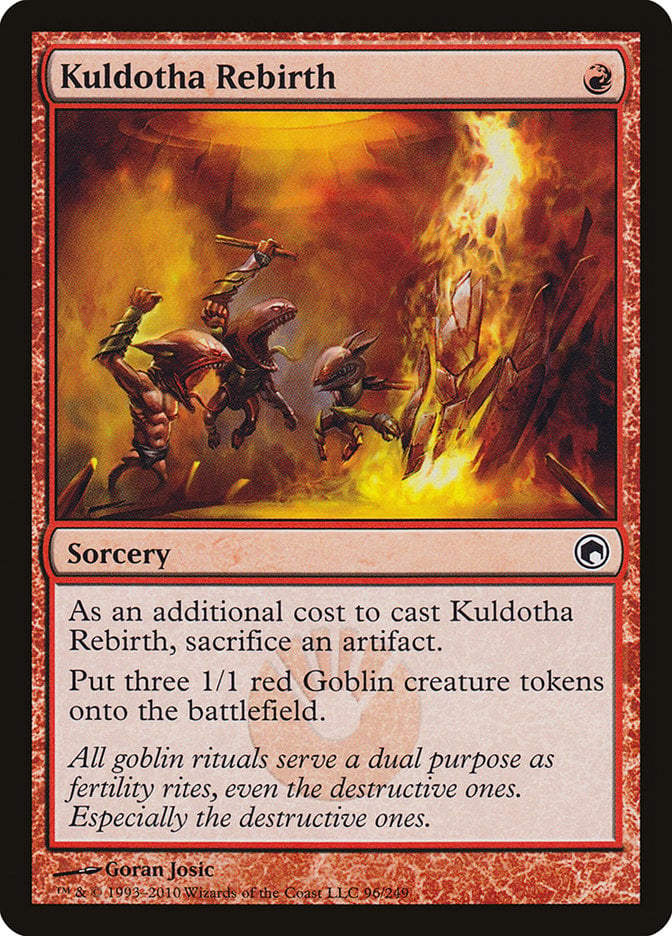
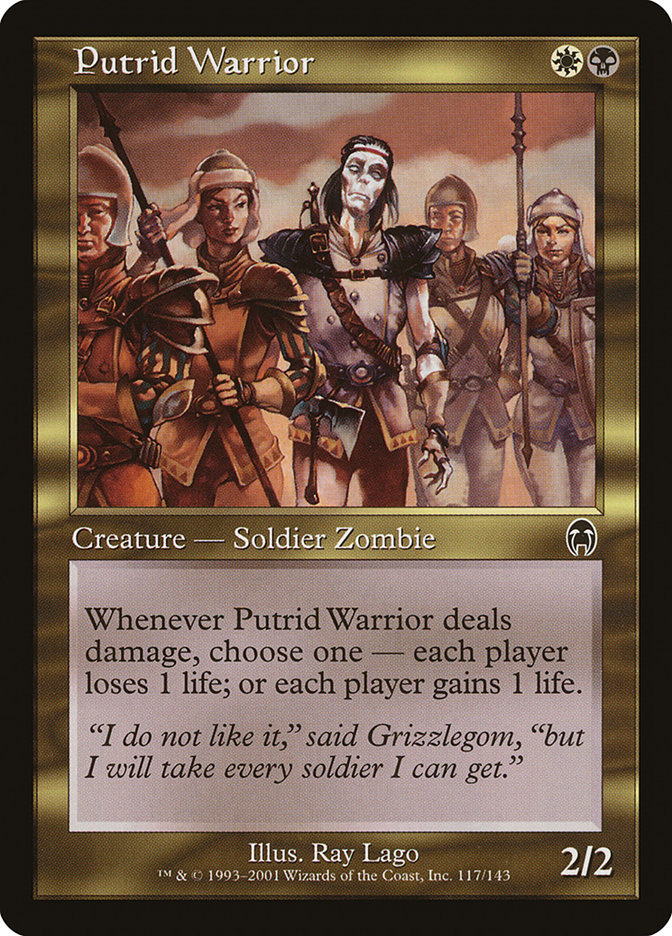
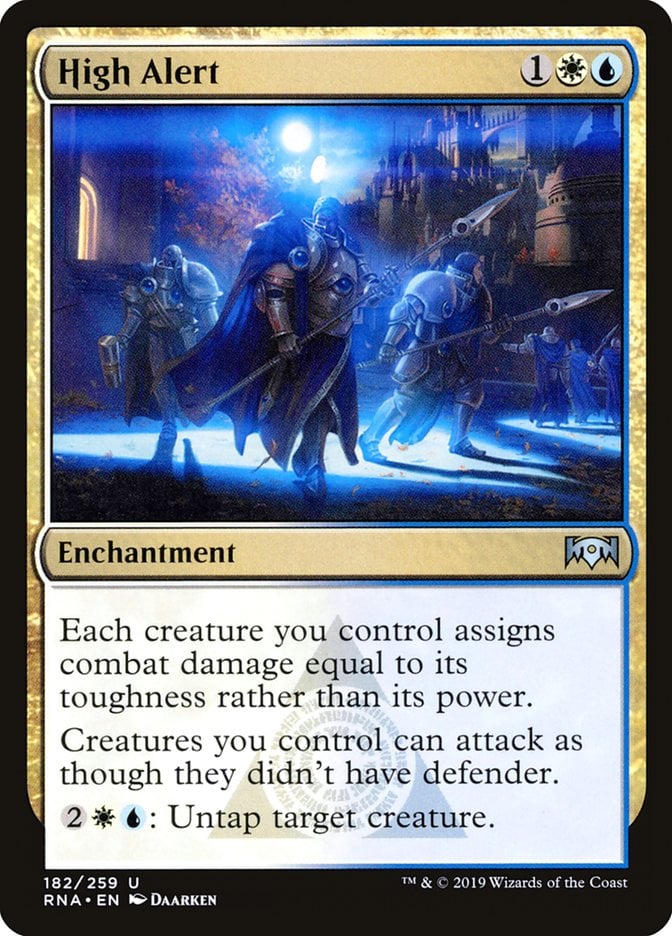
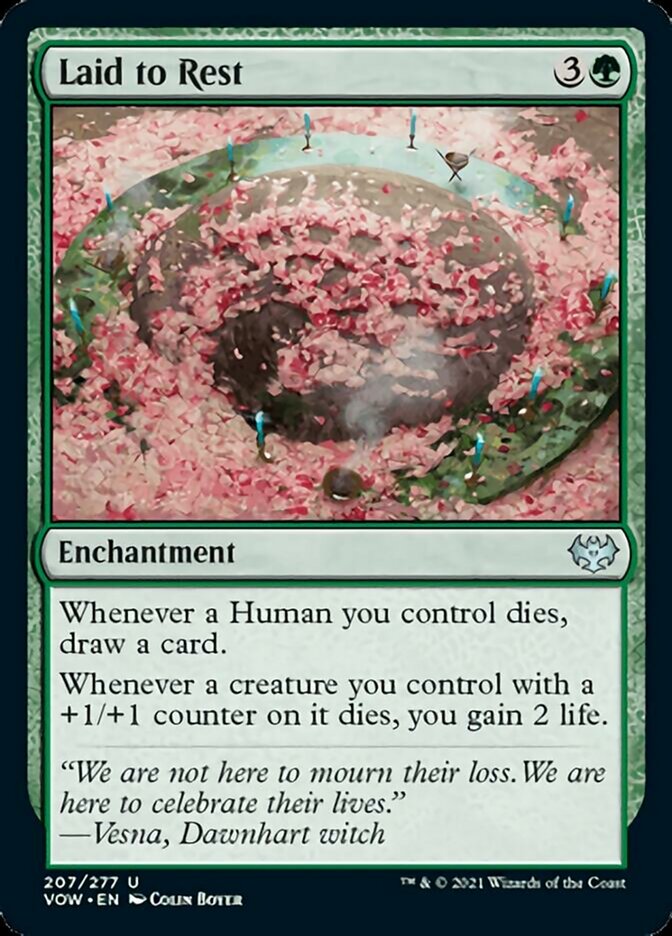
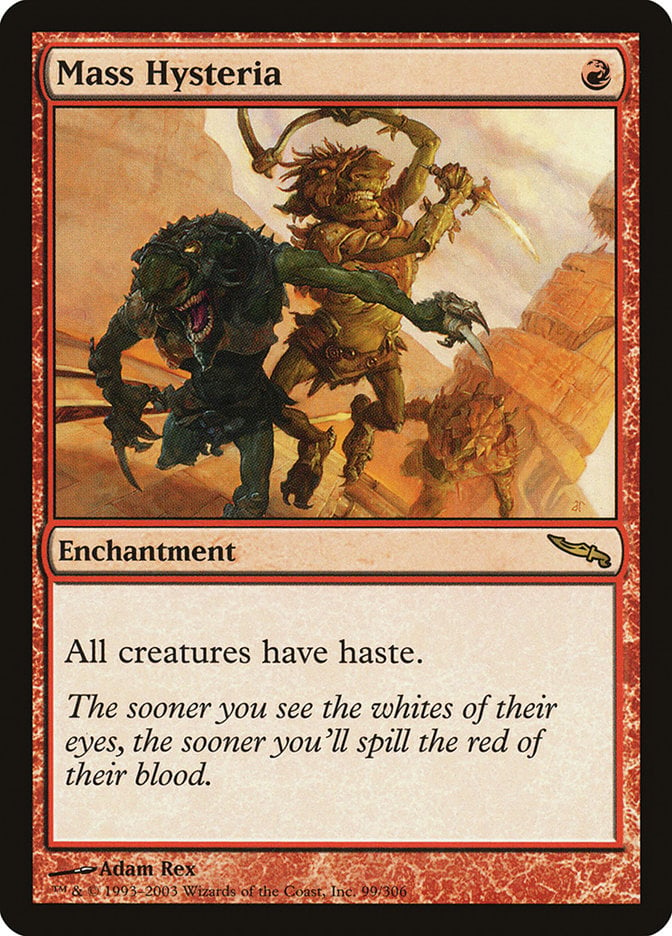
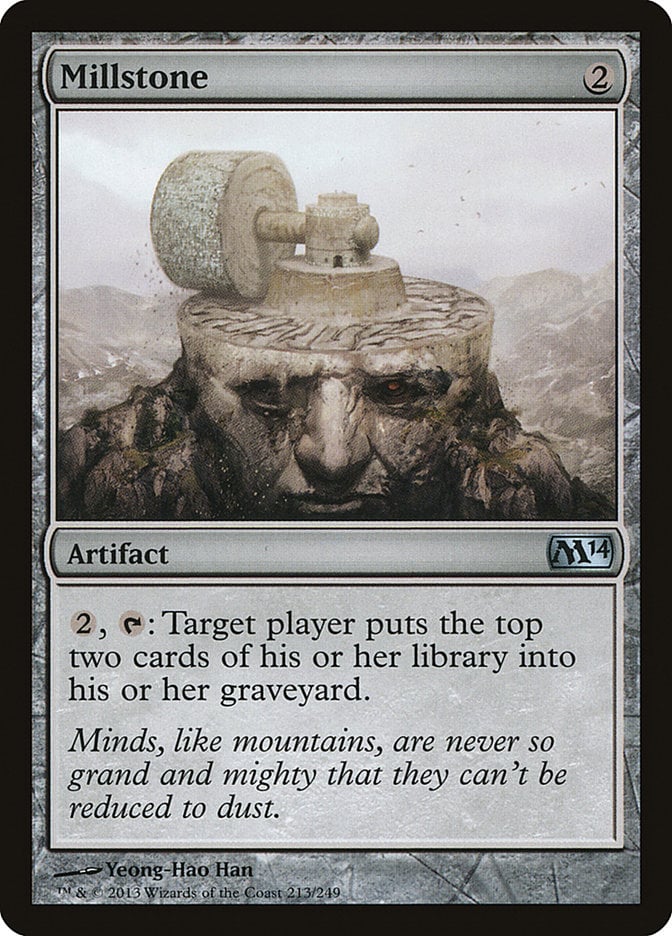
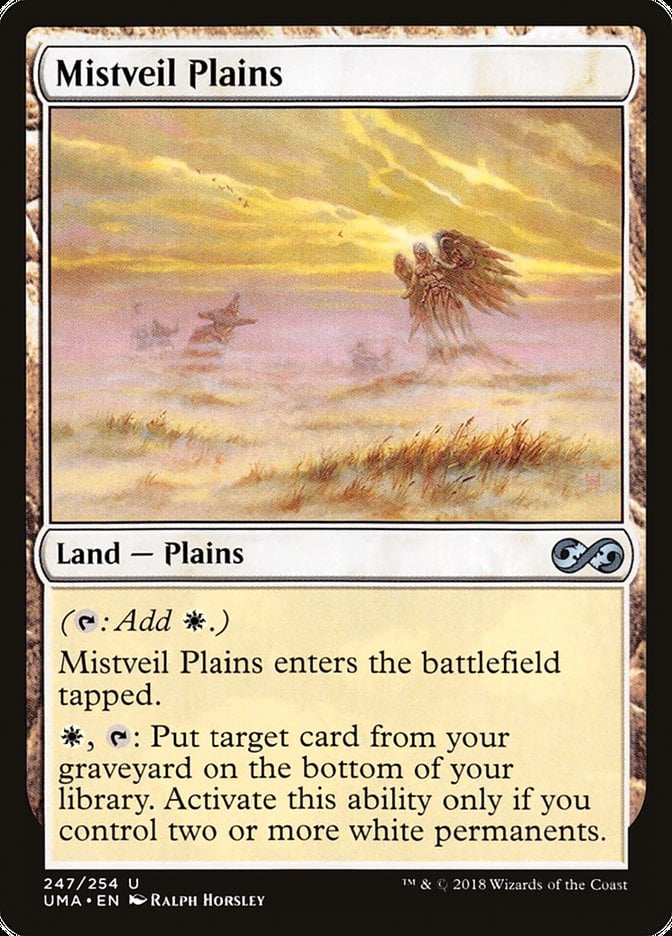
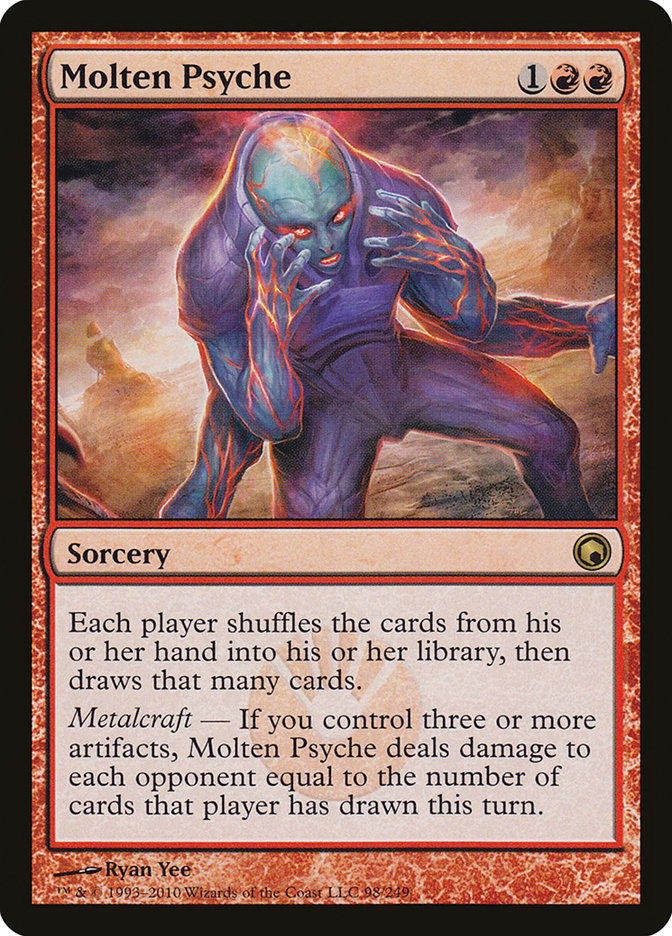

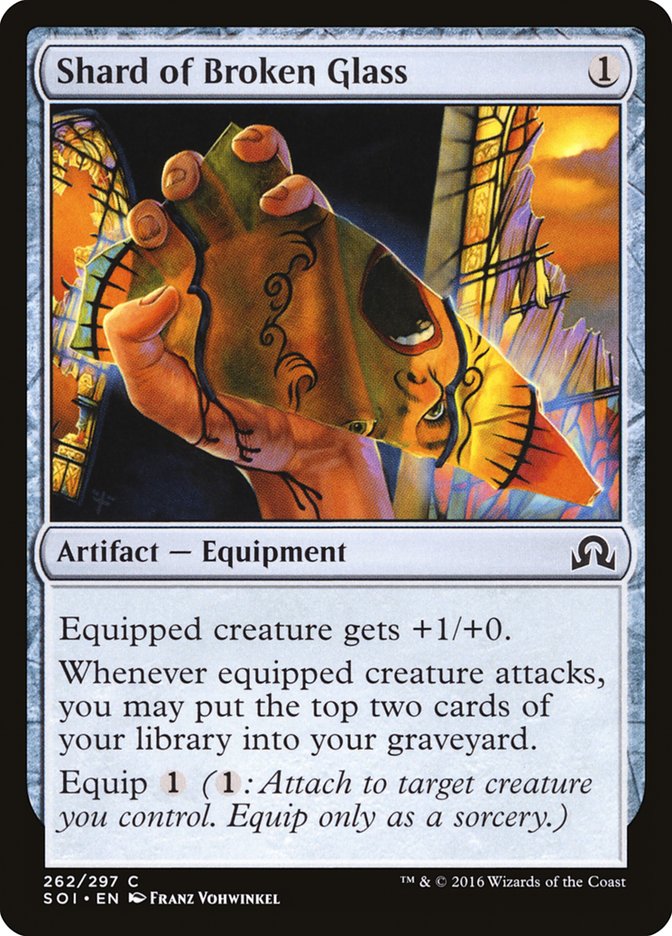
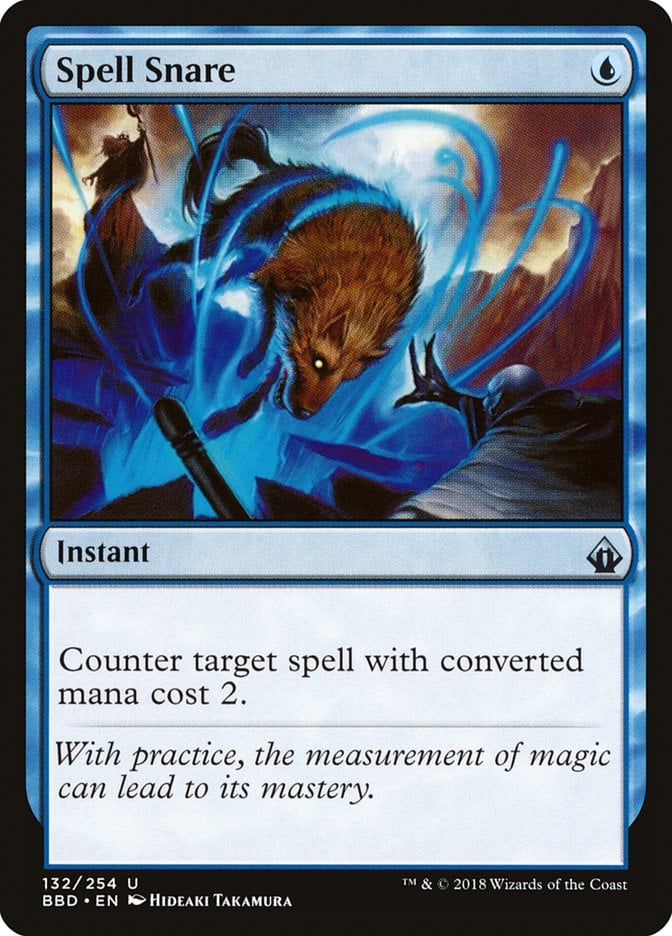
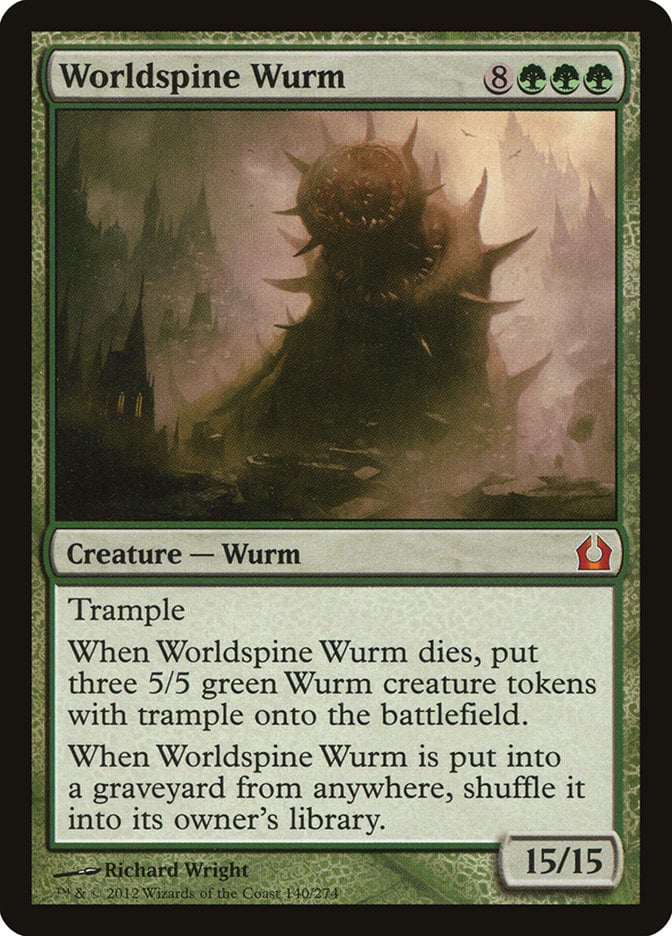
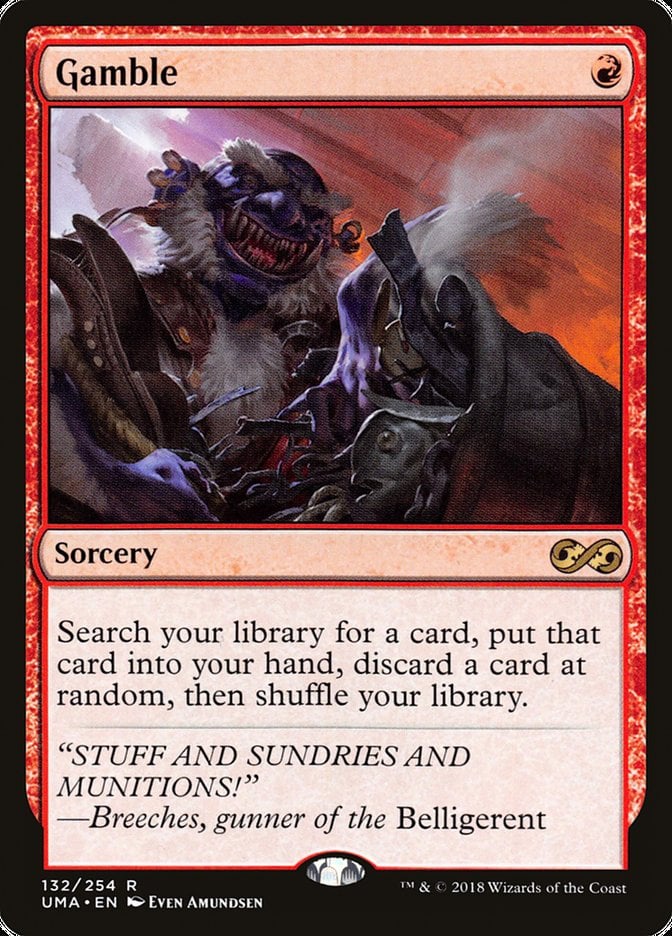
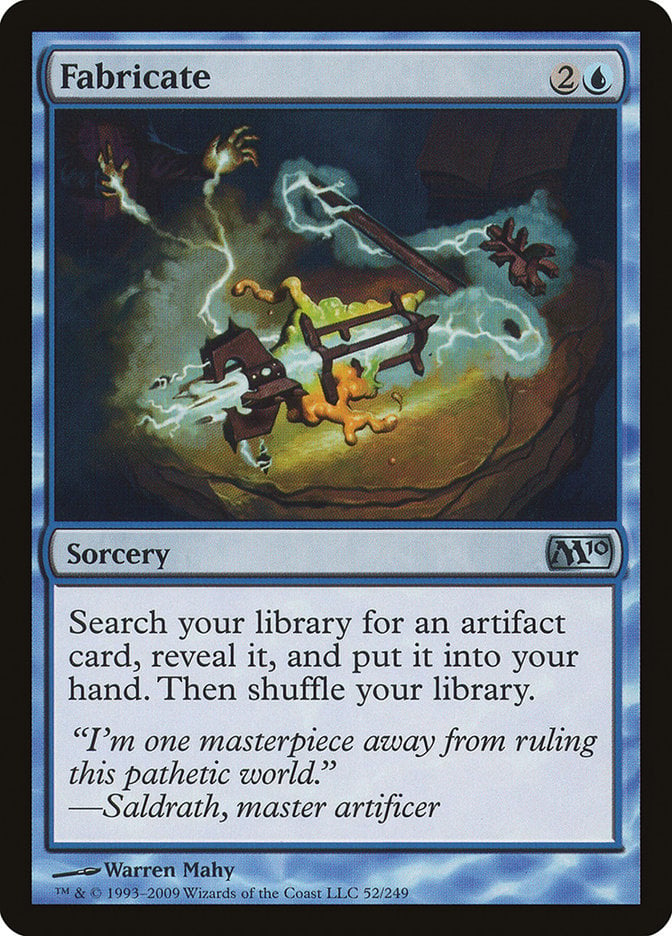
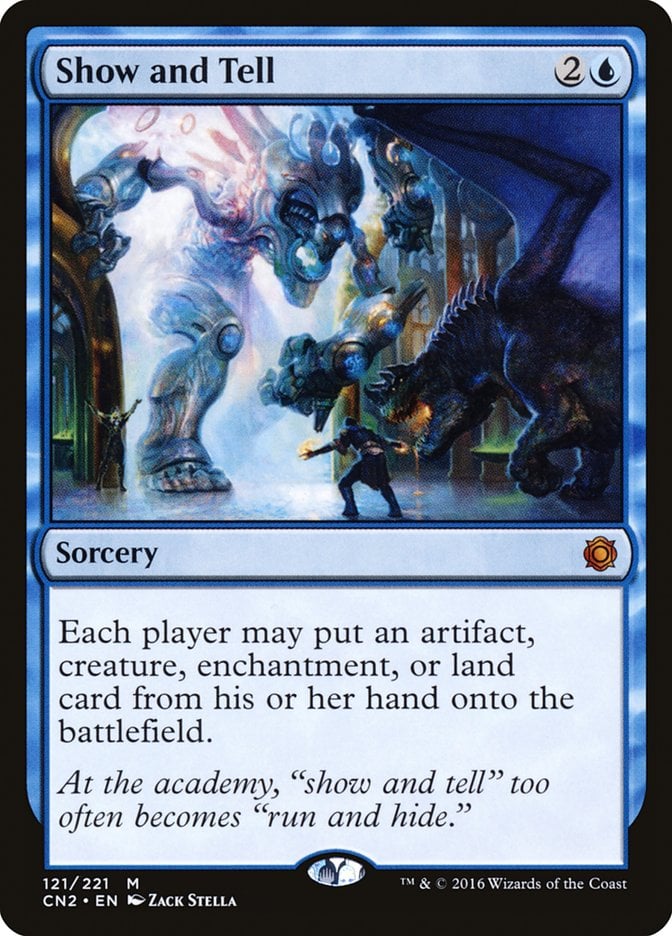

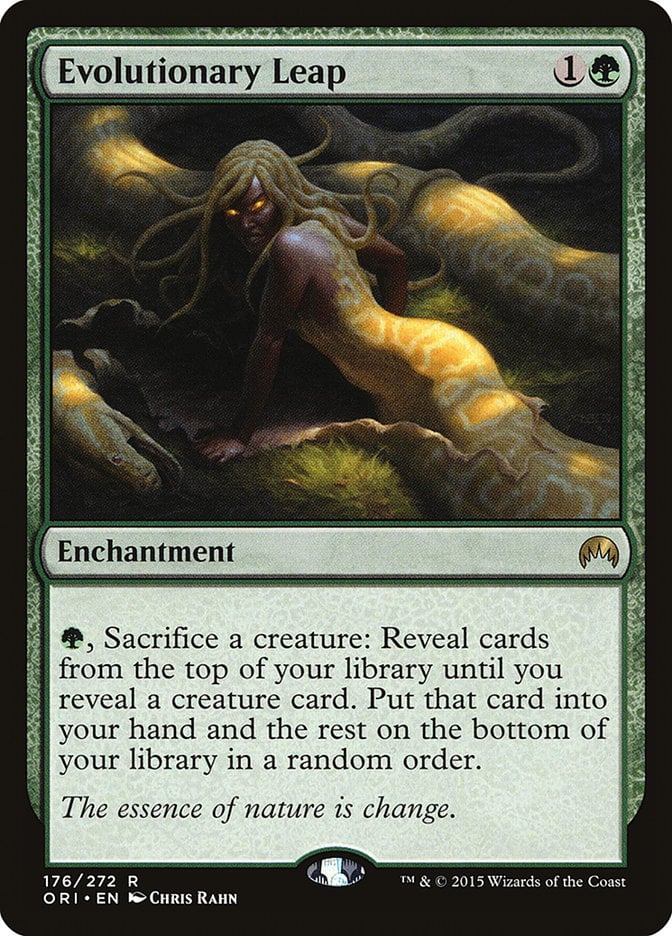

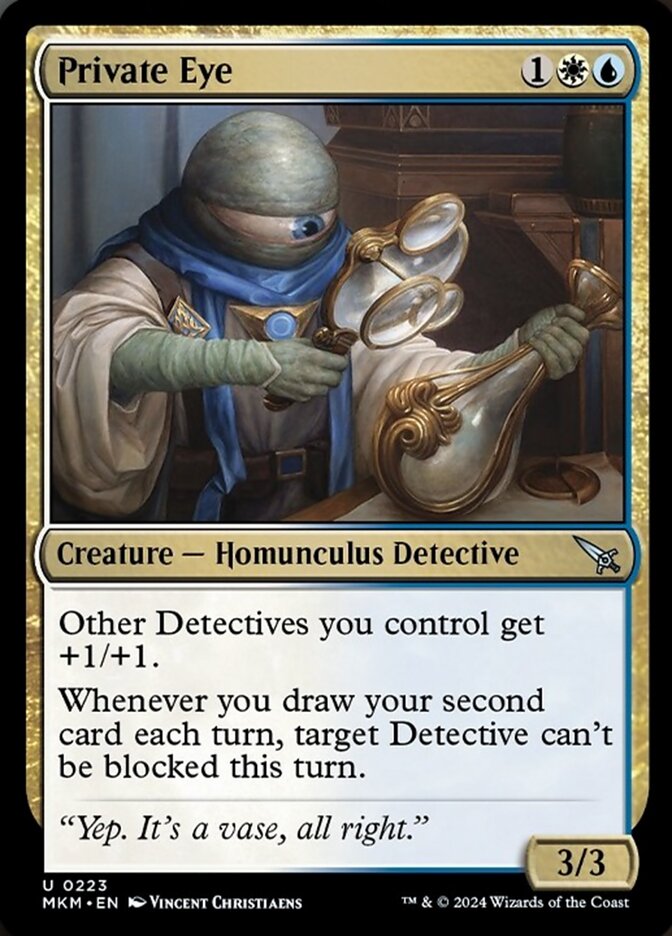
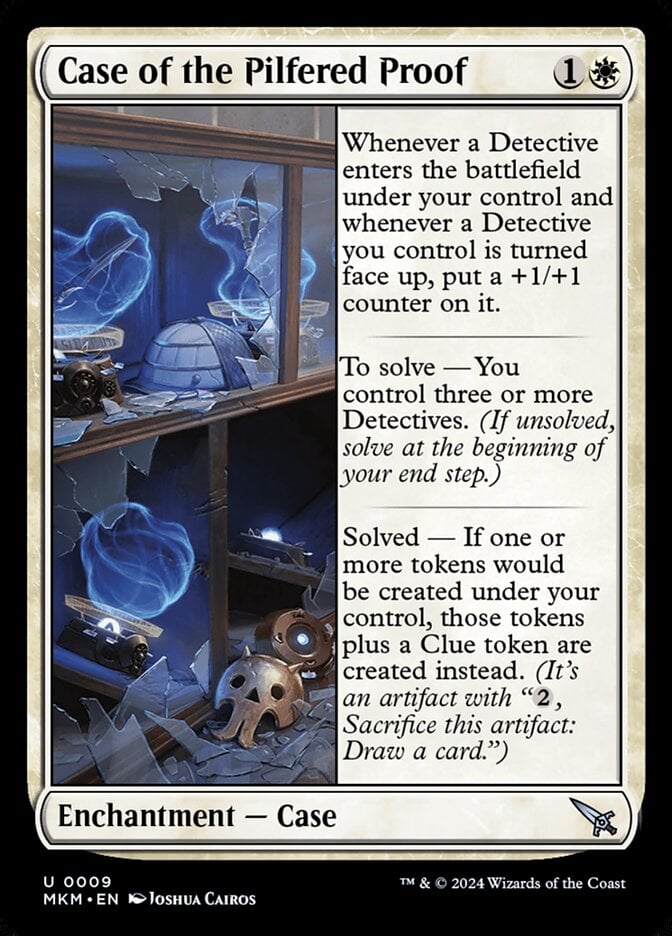
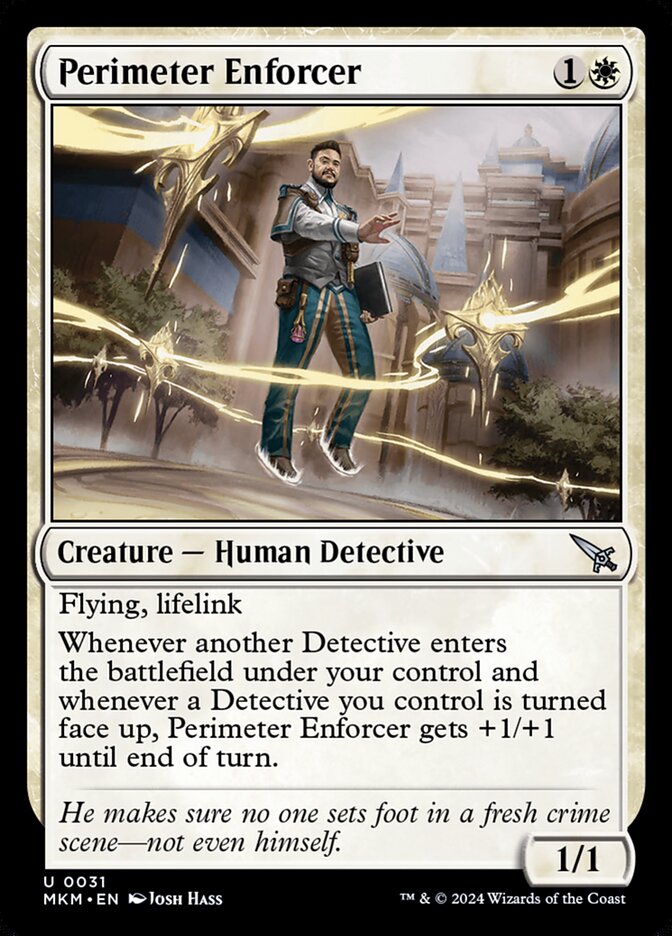

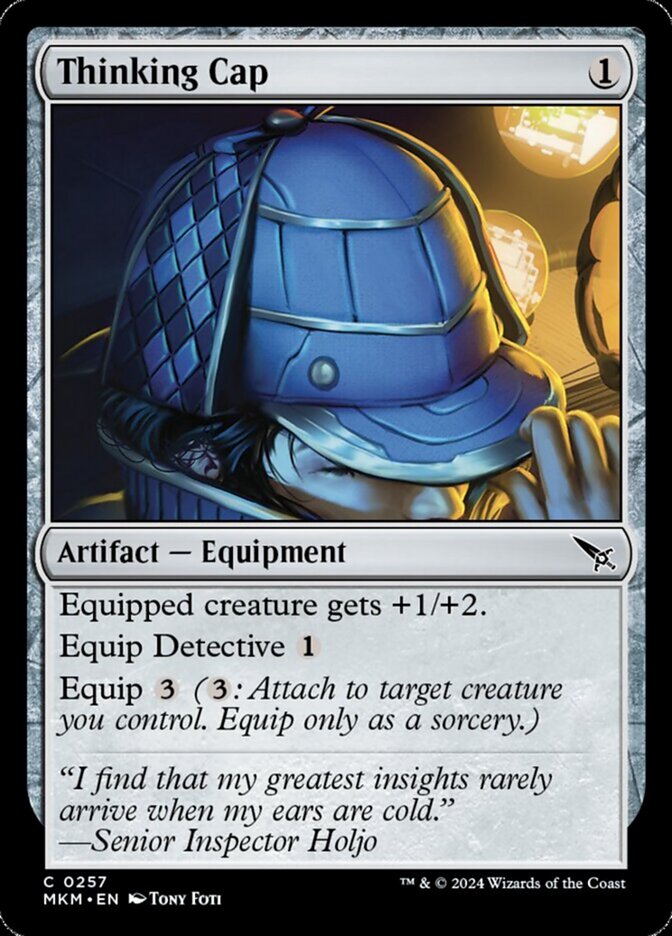
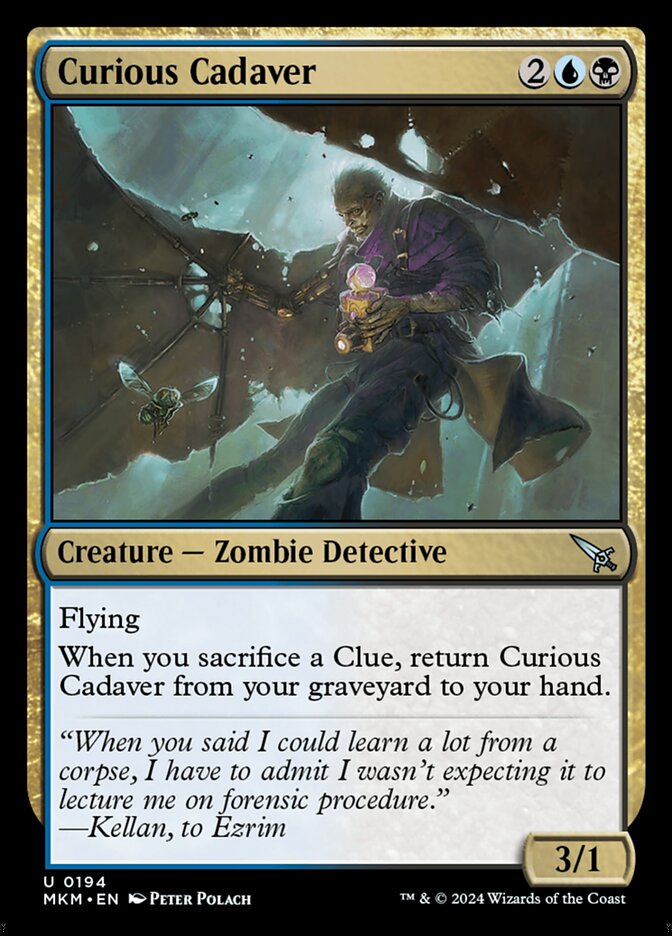
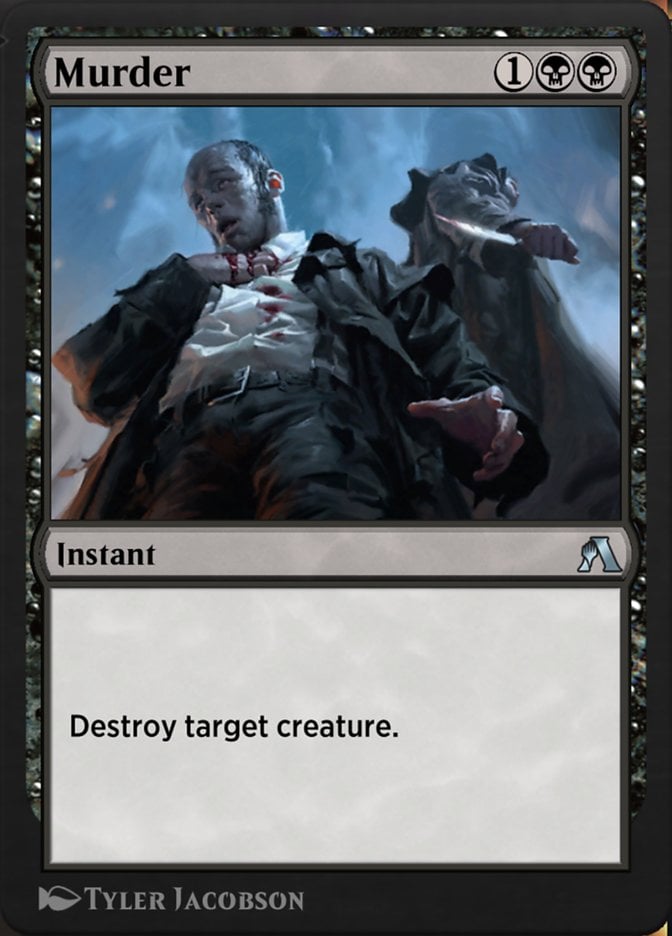
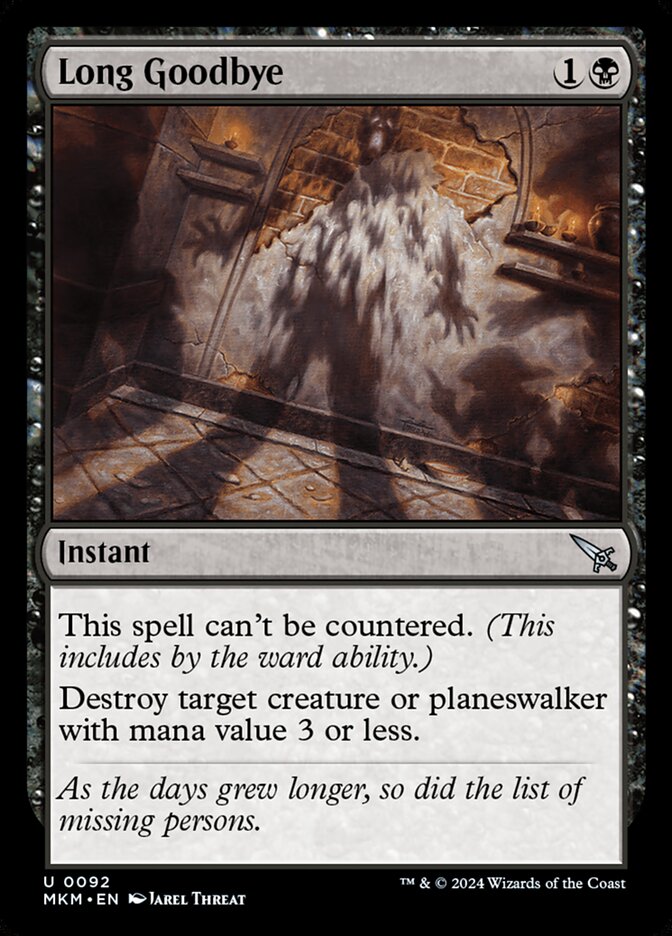
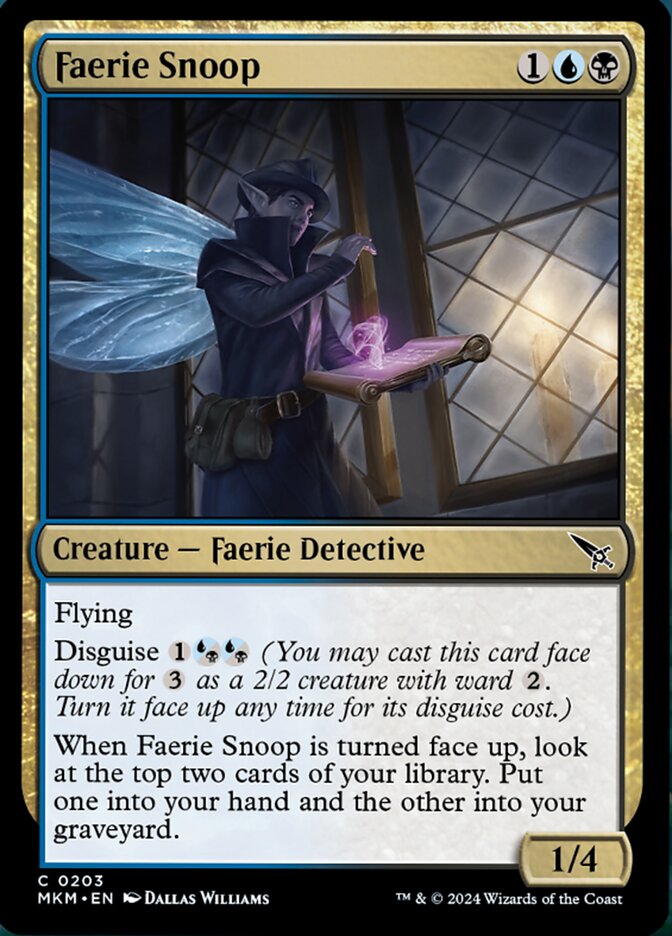

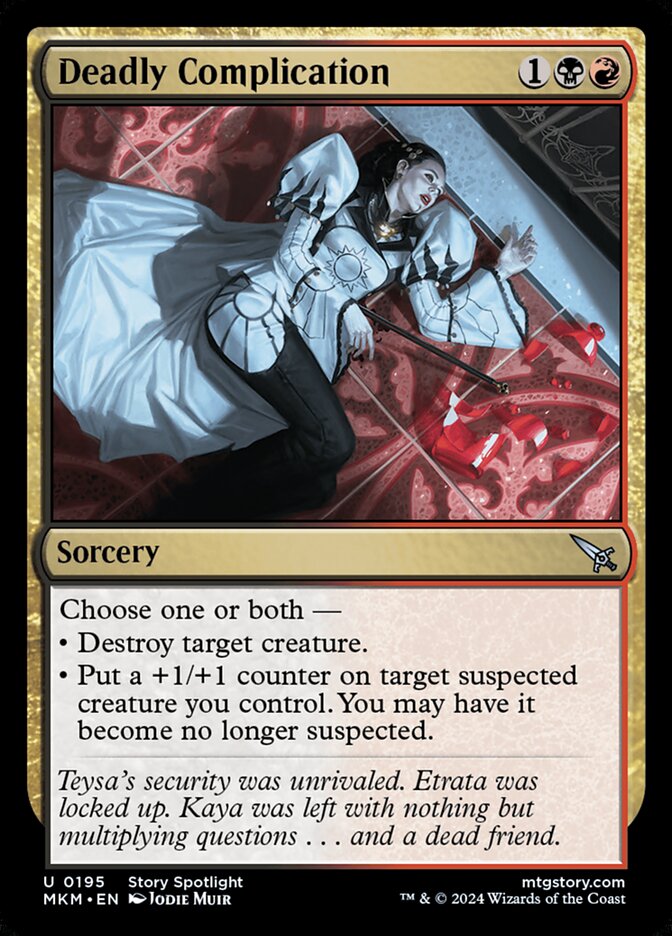




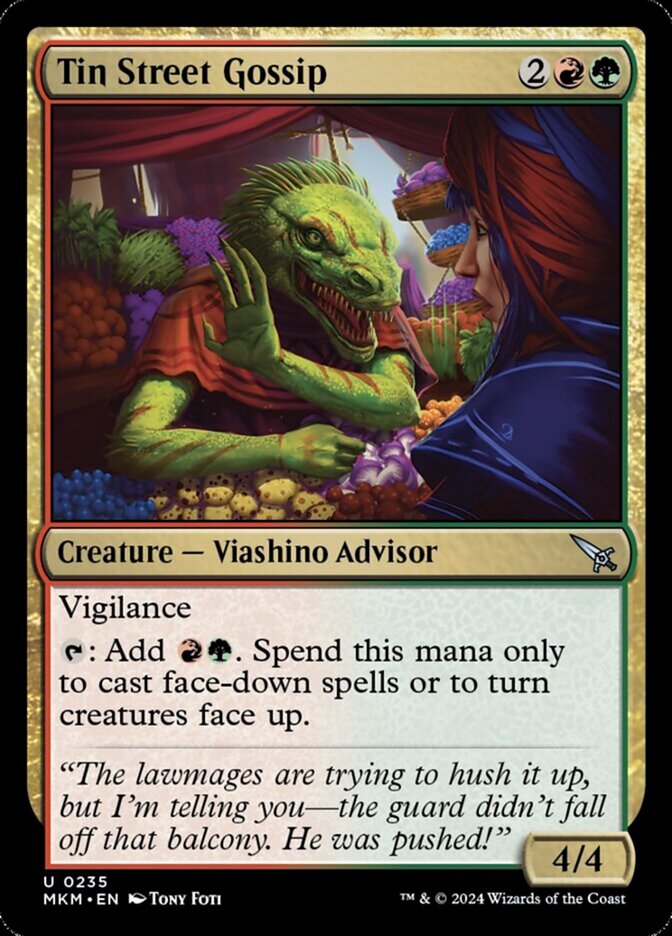
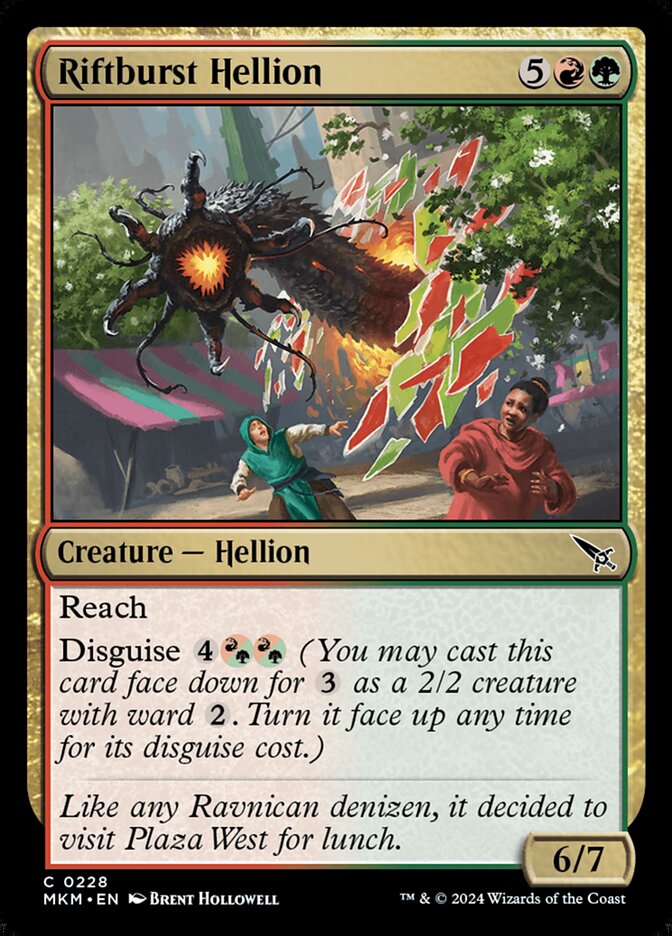

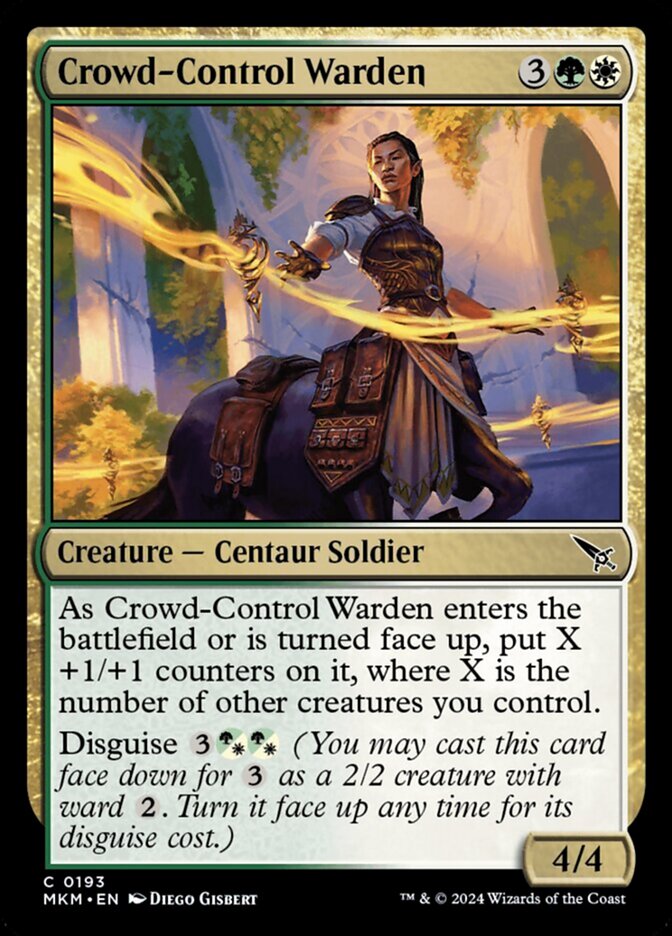
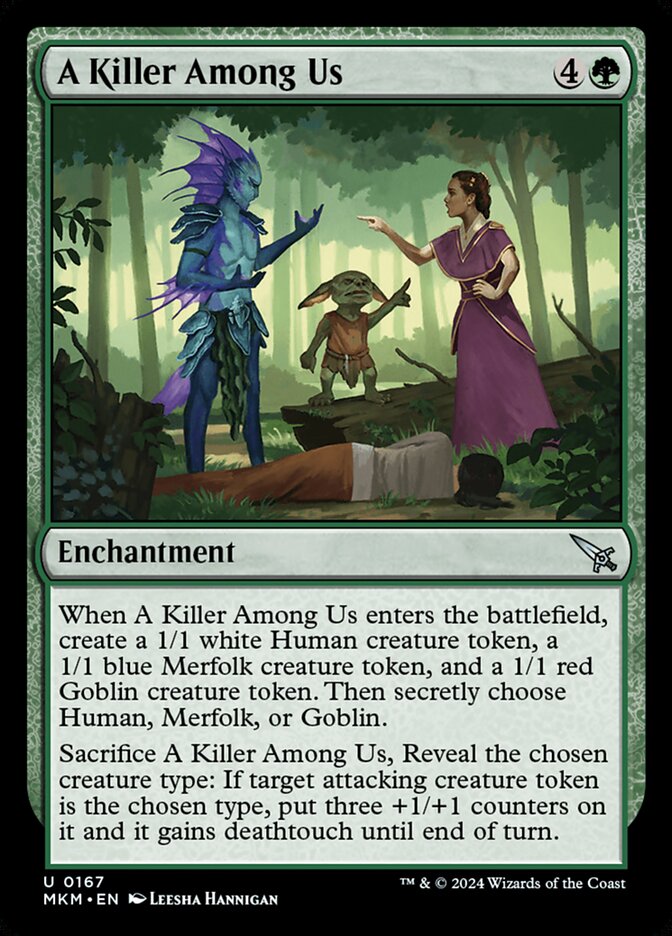

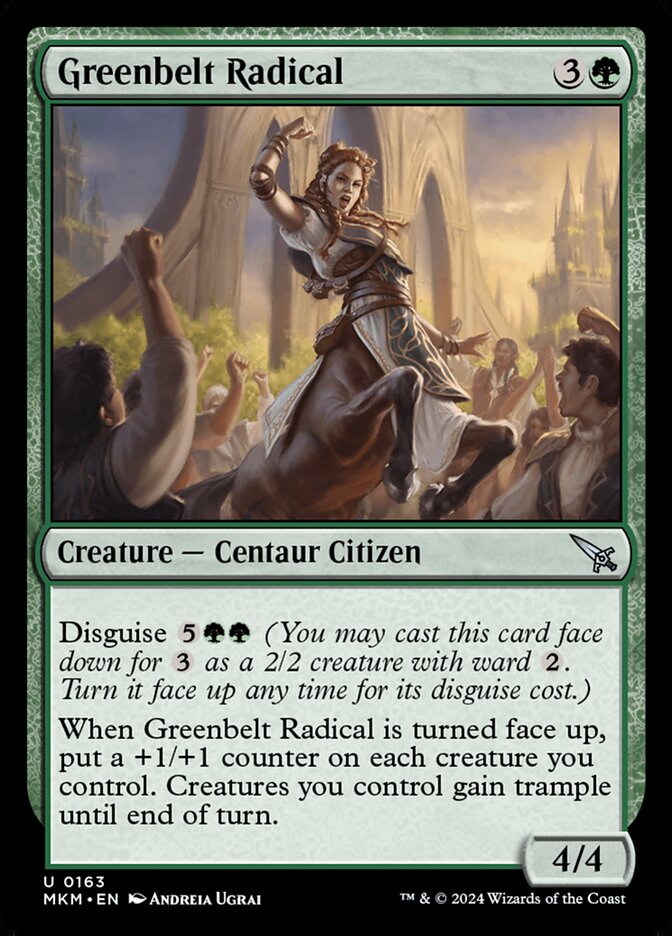
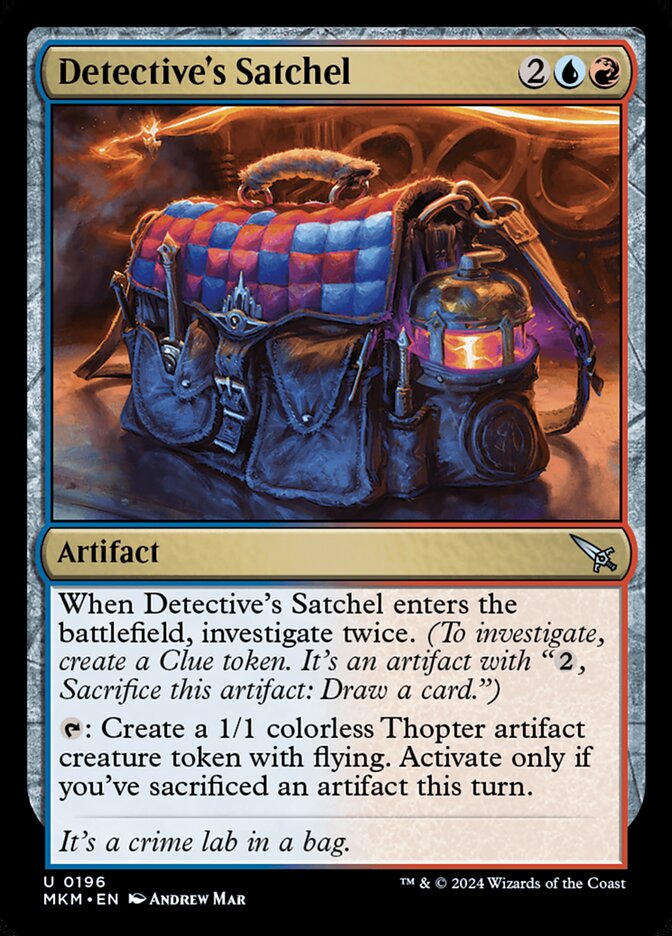
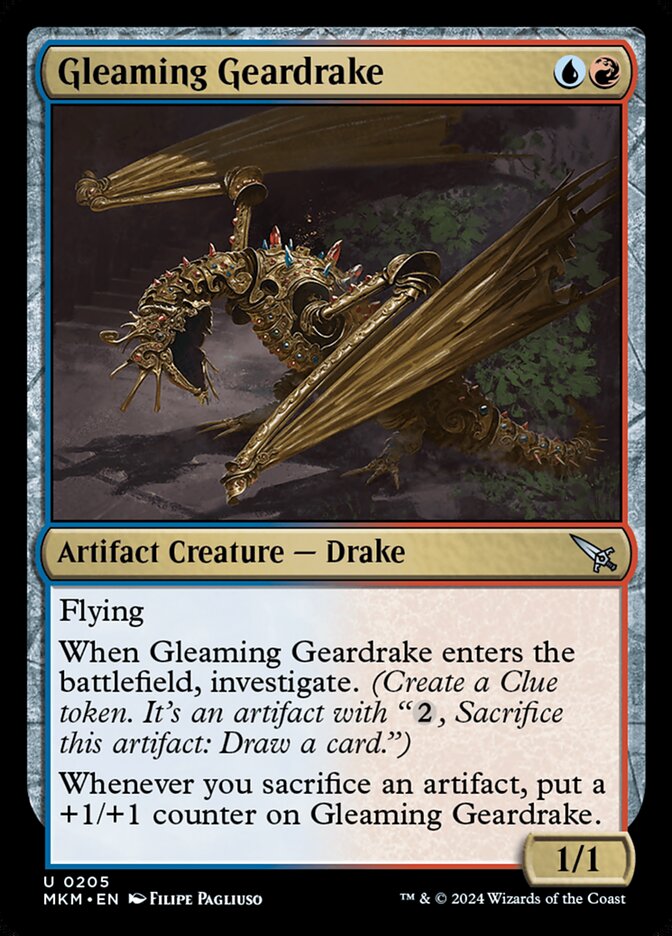

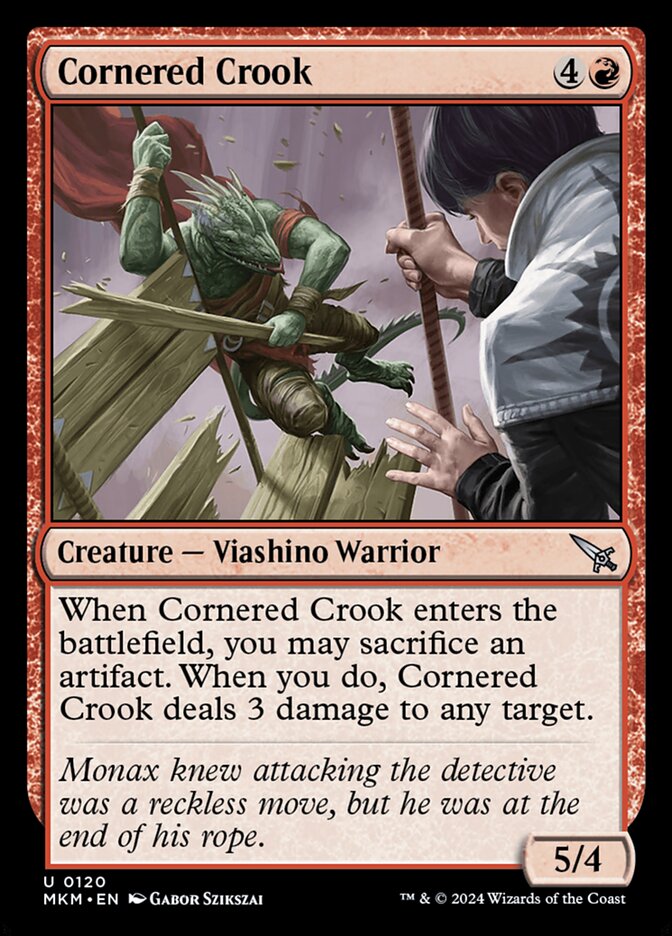
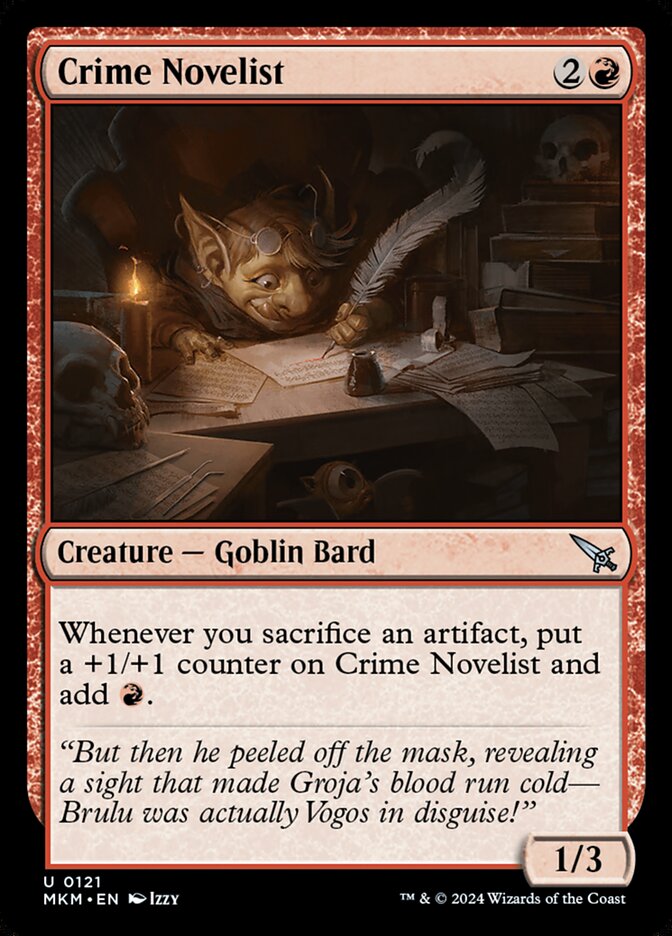
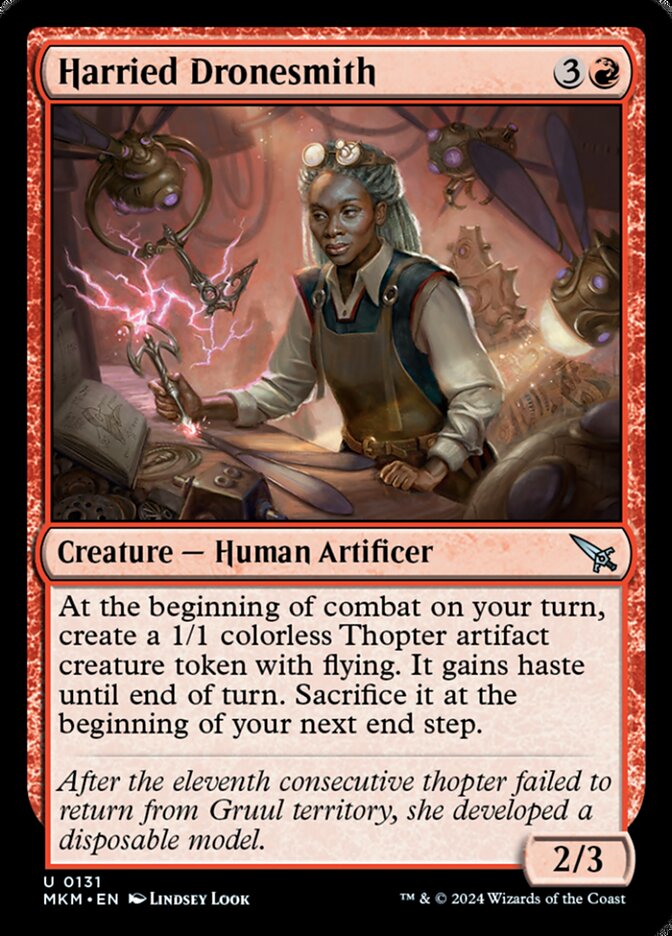
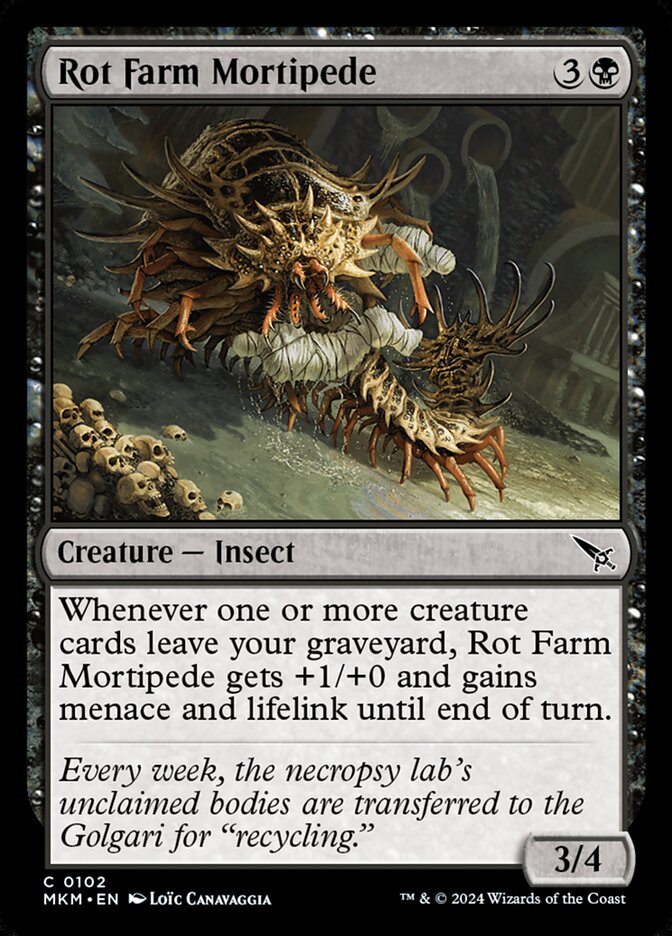
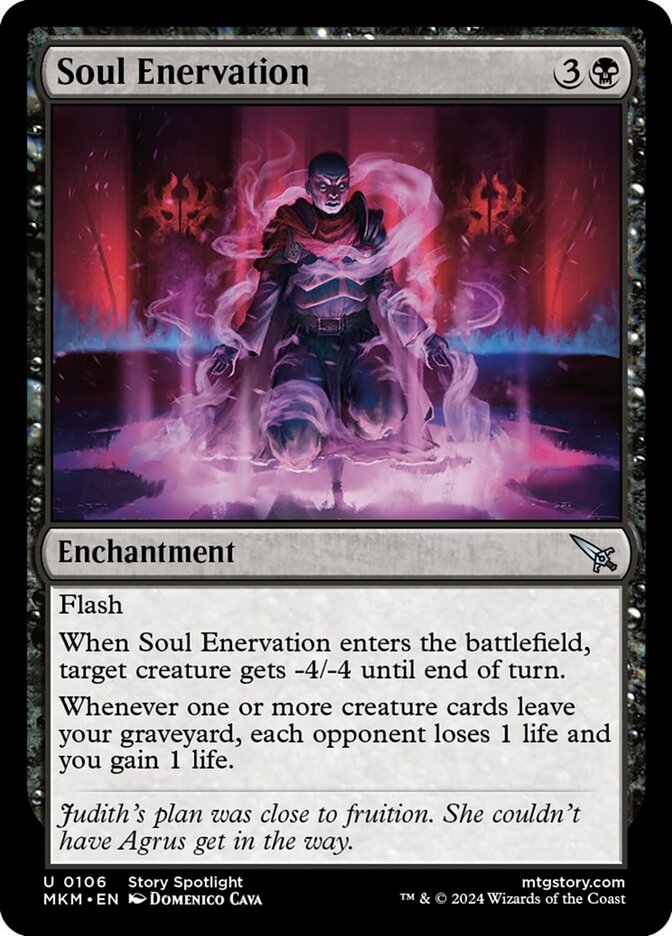
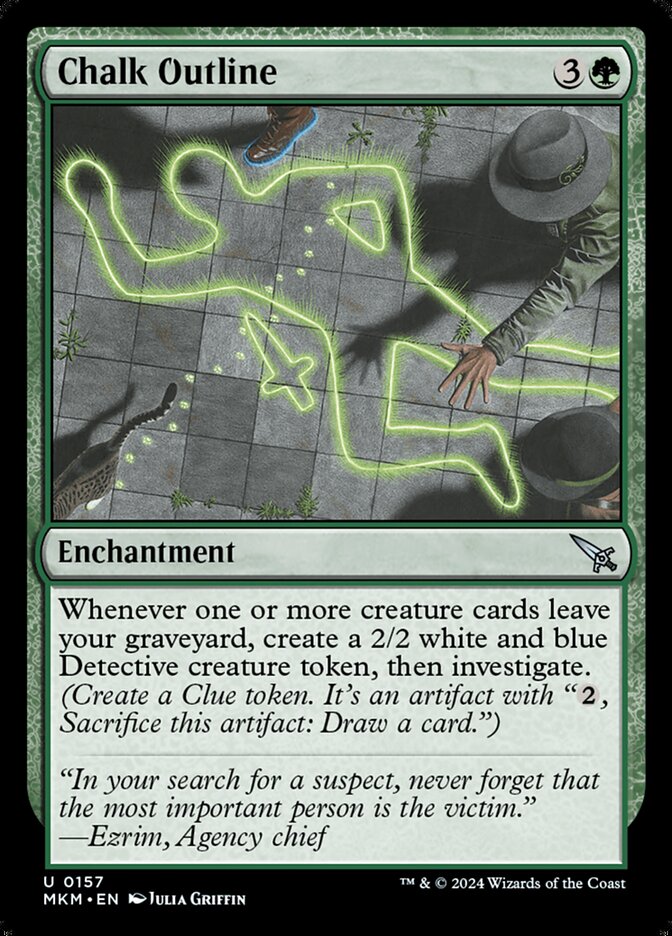
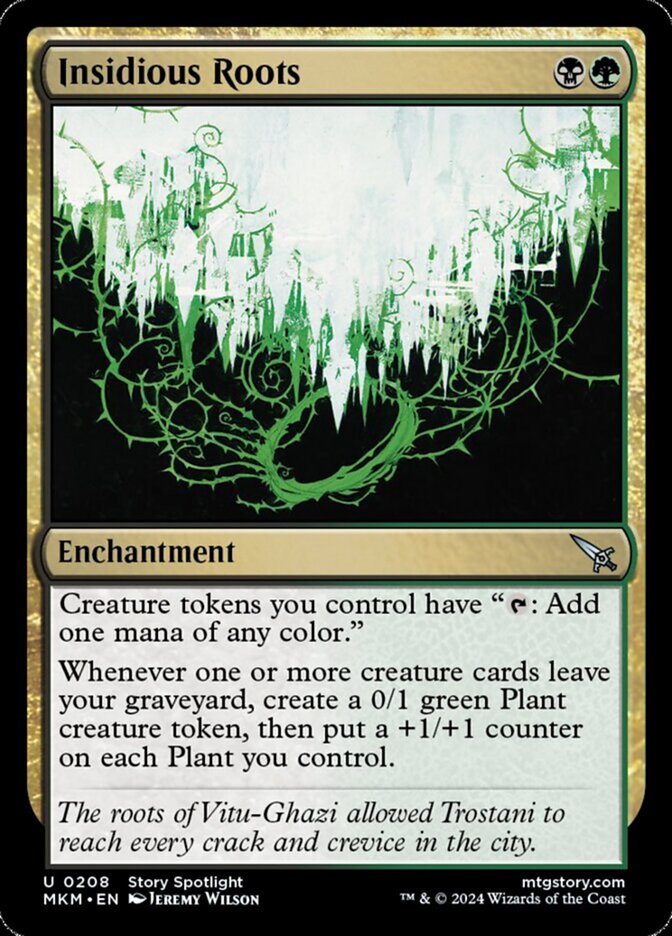

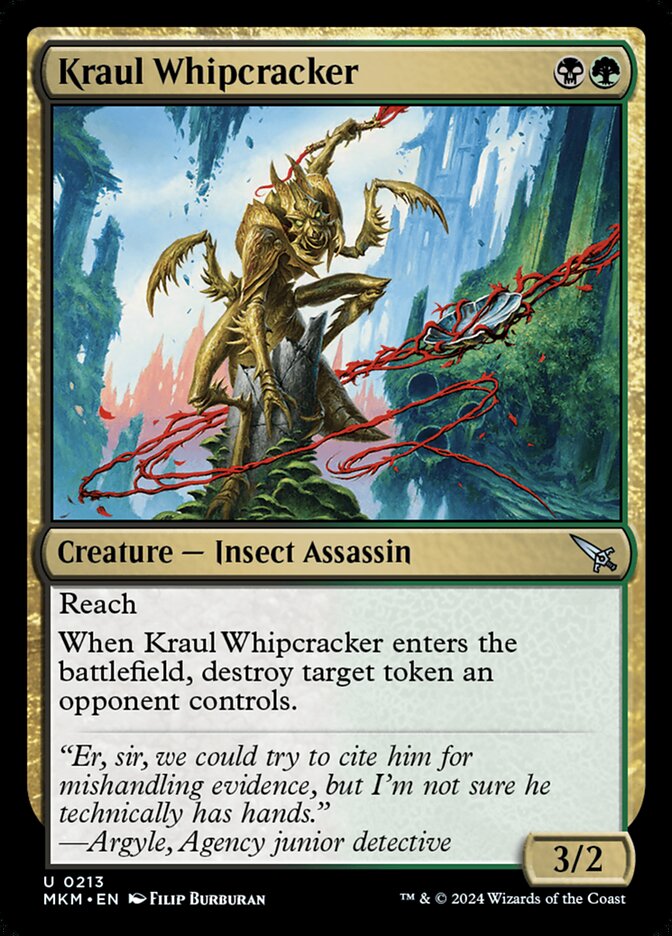
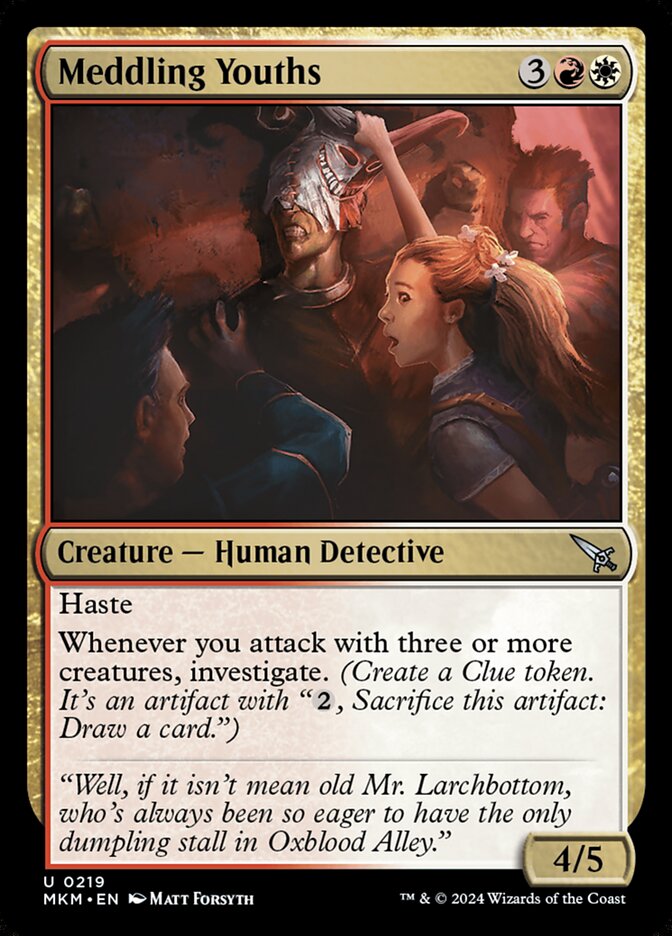
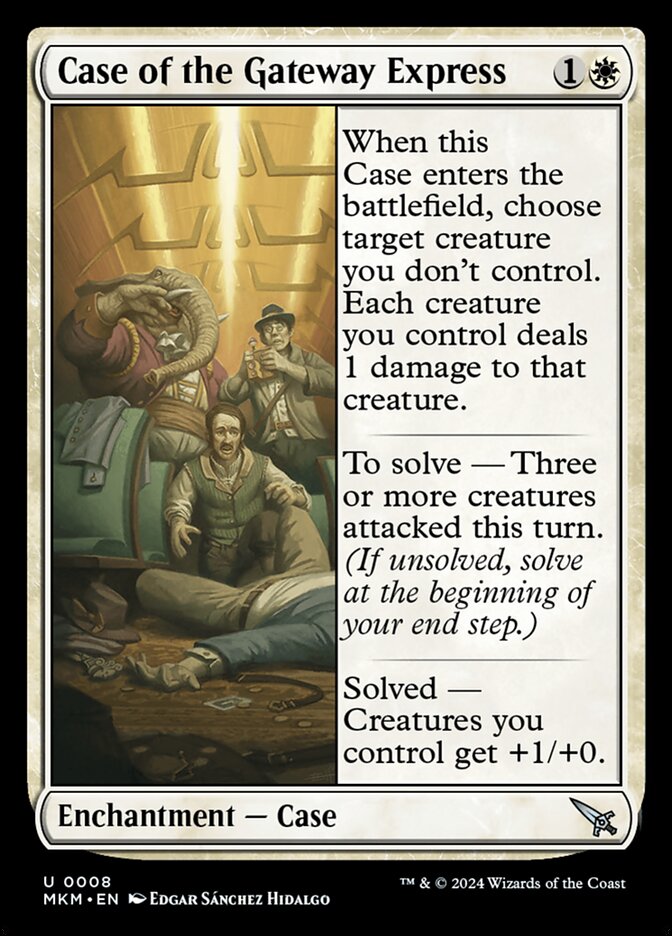
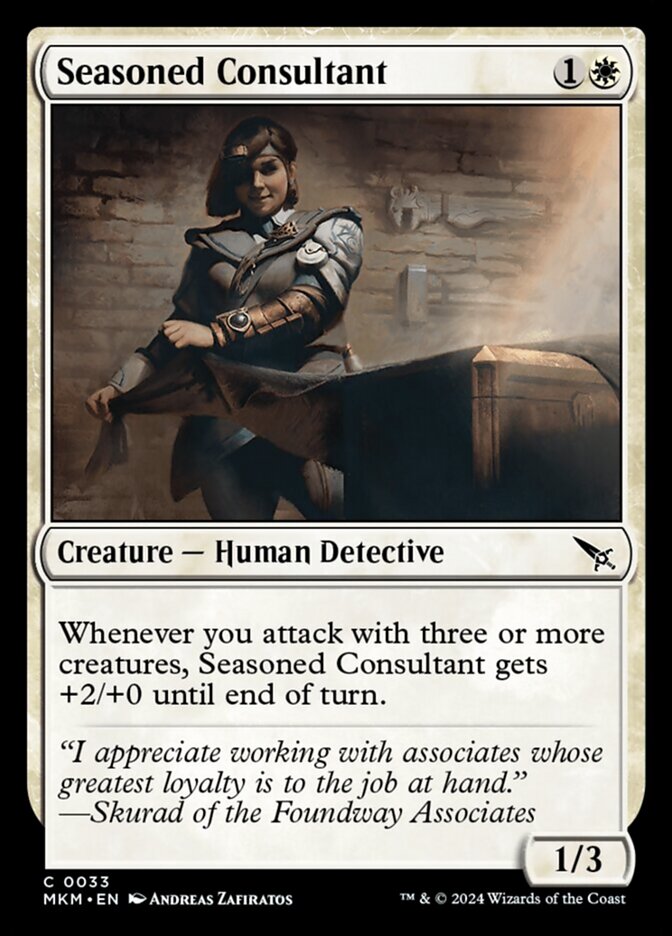
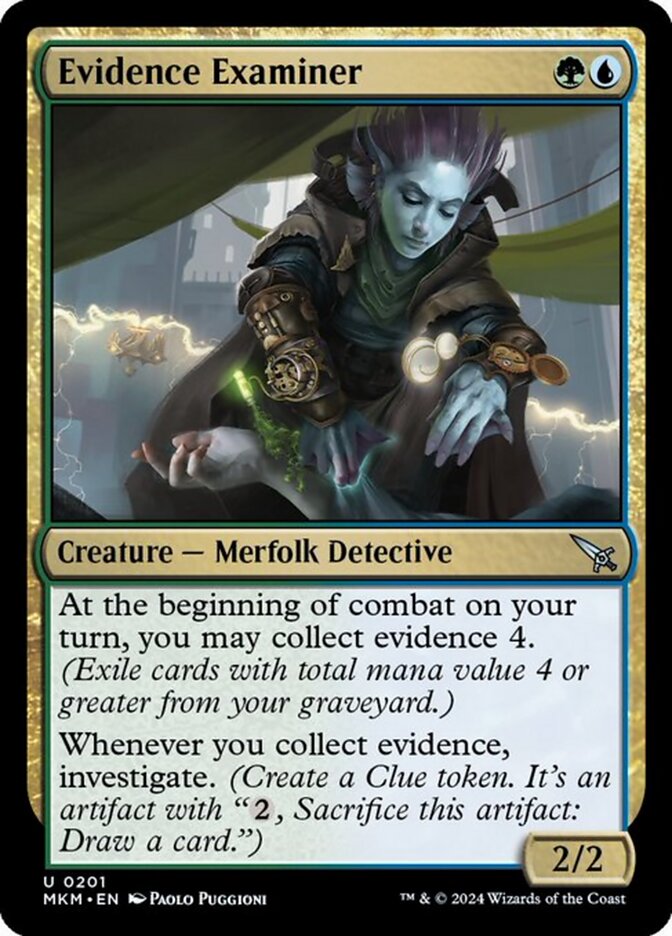


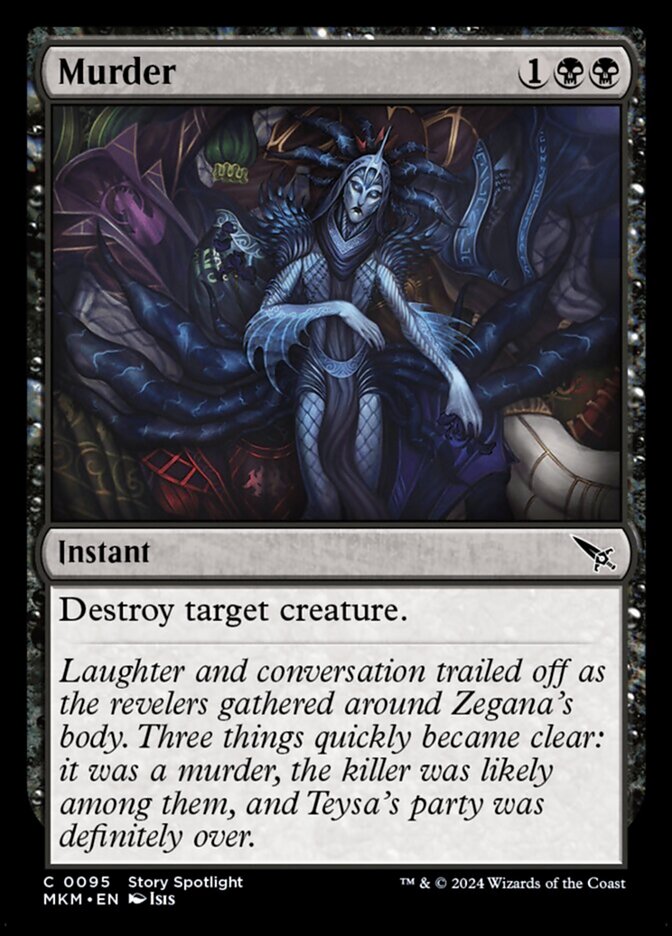
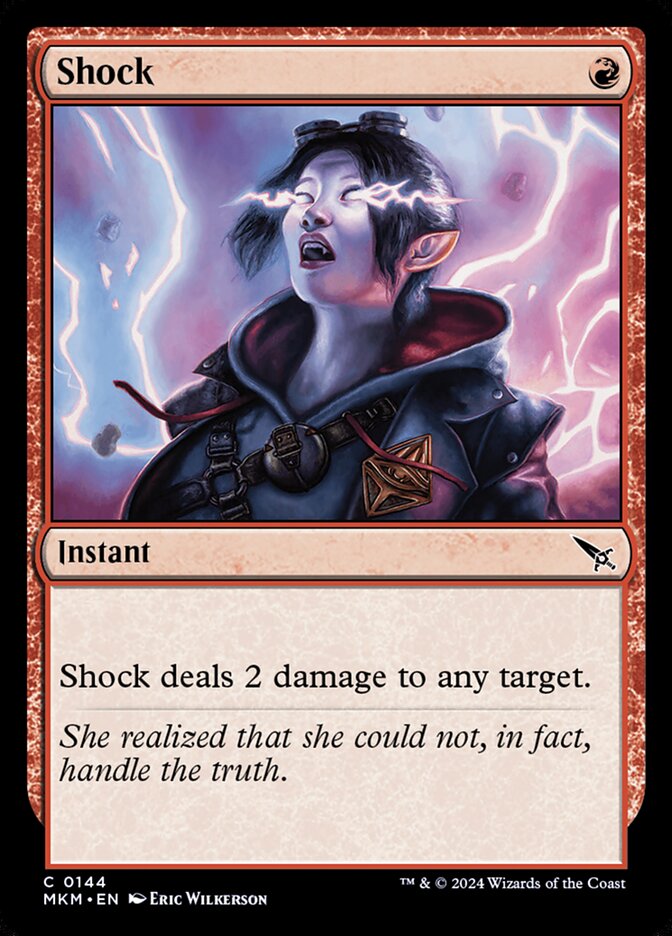



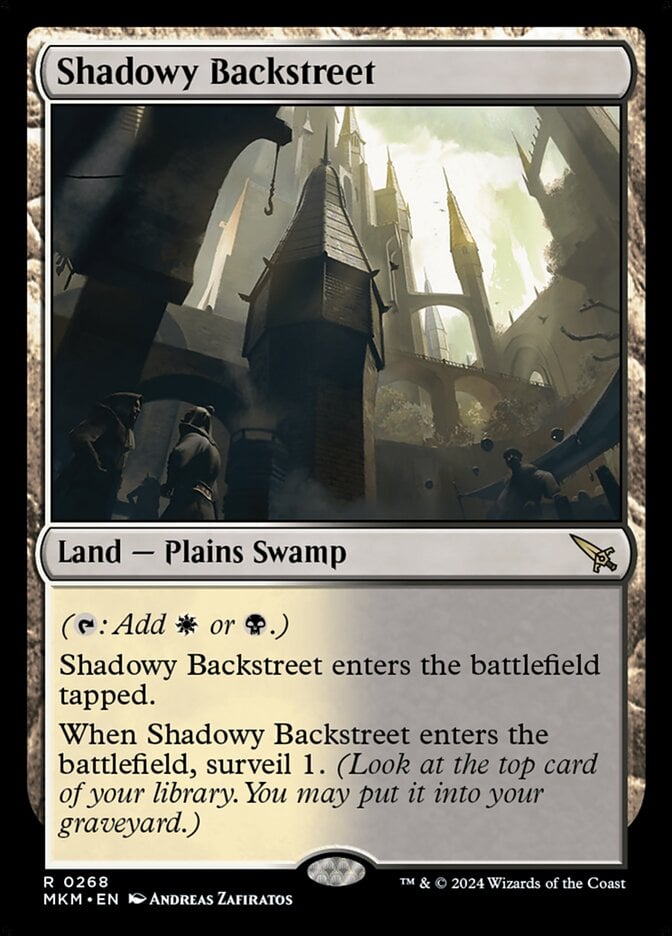
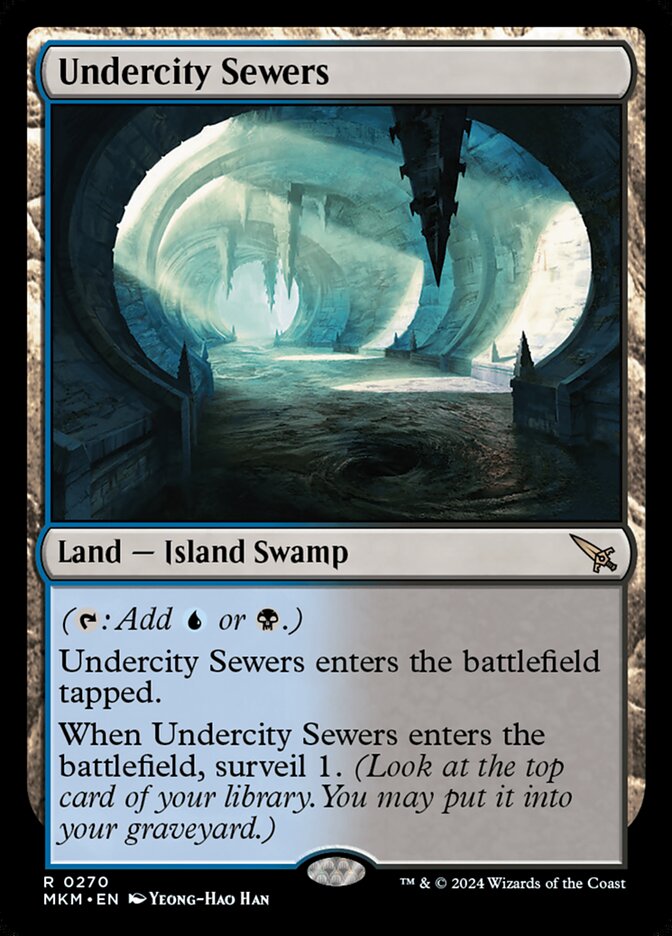
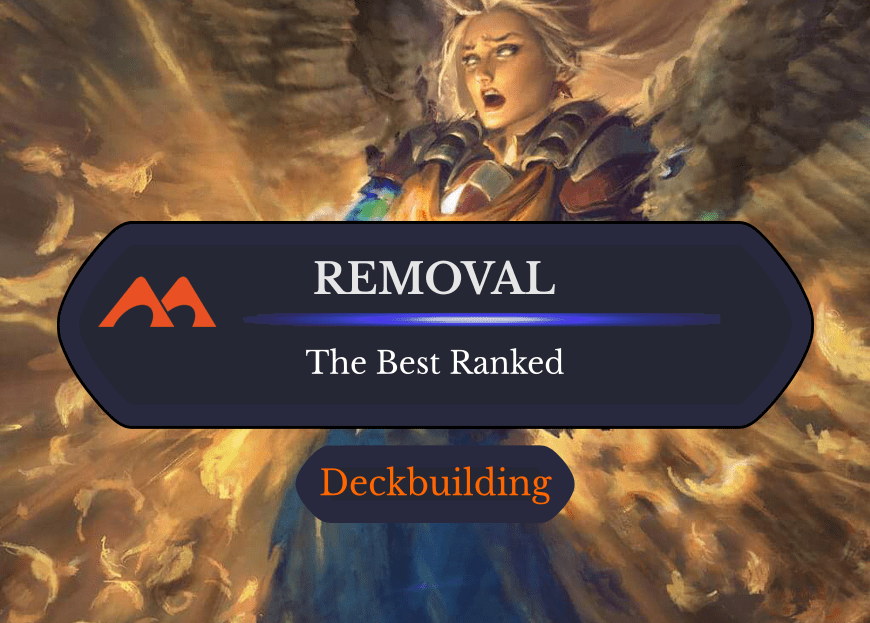
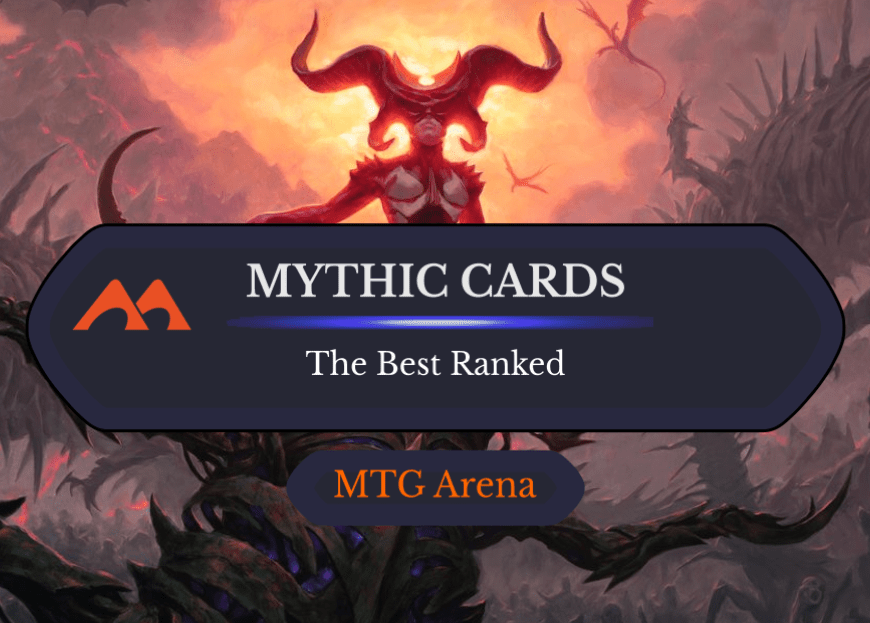
Add Comment